A supercharged MOD 5.4-liter V-8 engine, an aluminum spaceframe and a competition-tuned suspension provide the performance credentials of Ford's GT40 concept.
2002 Ford GT40
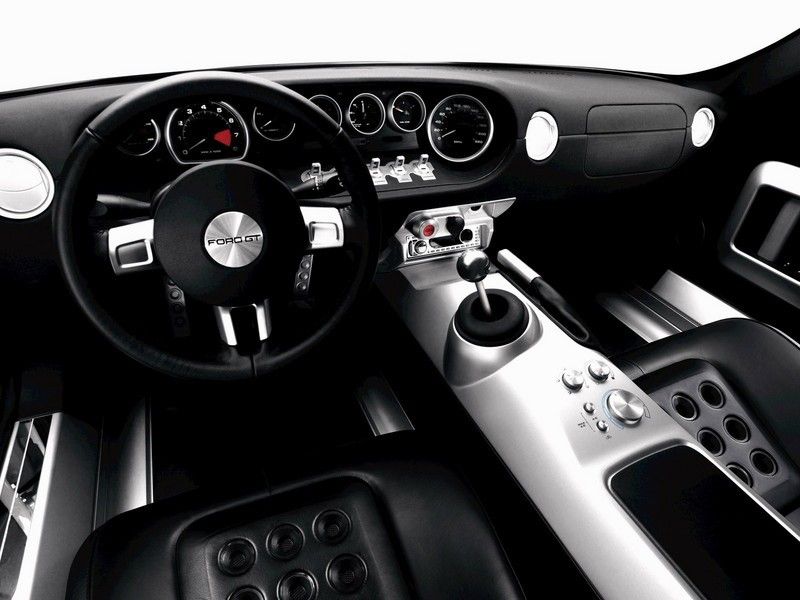

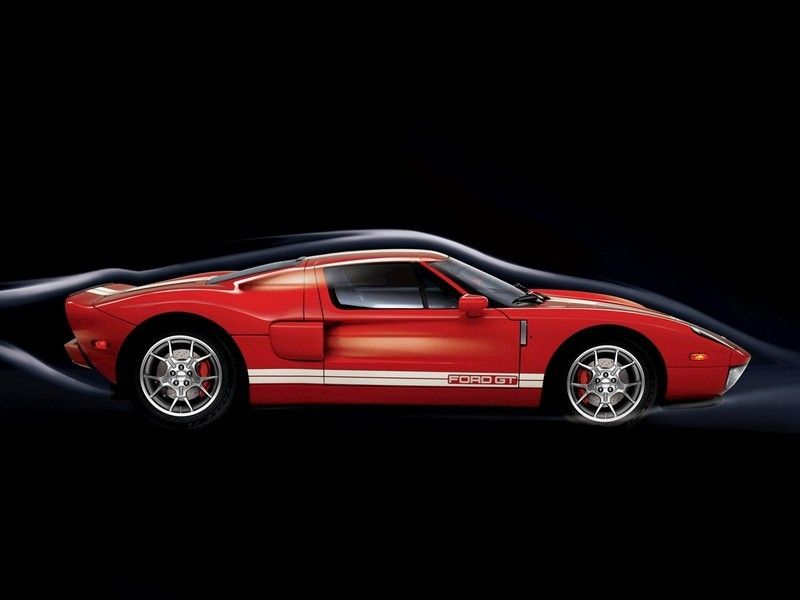
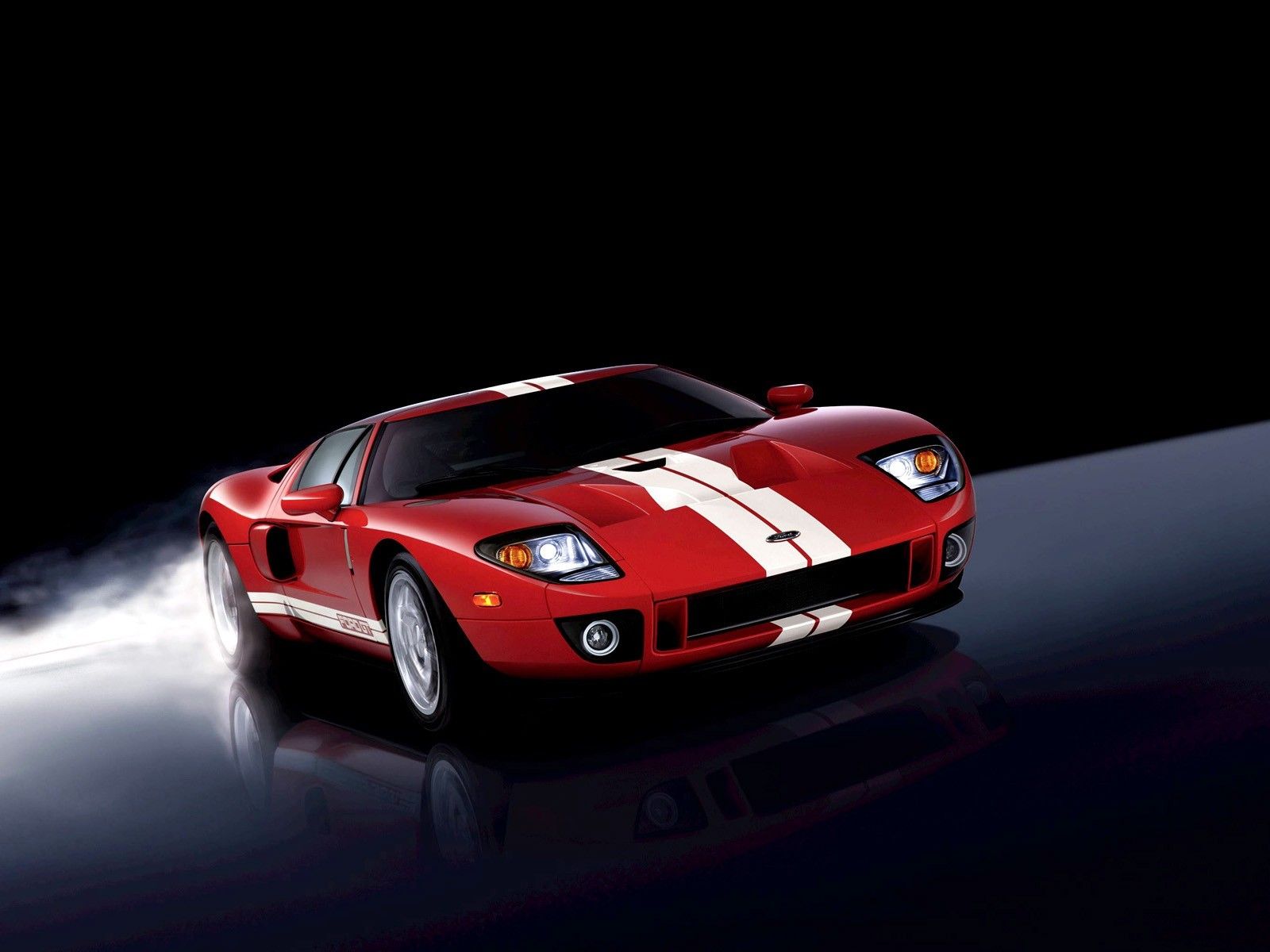

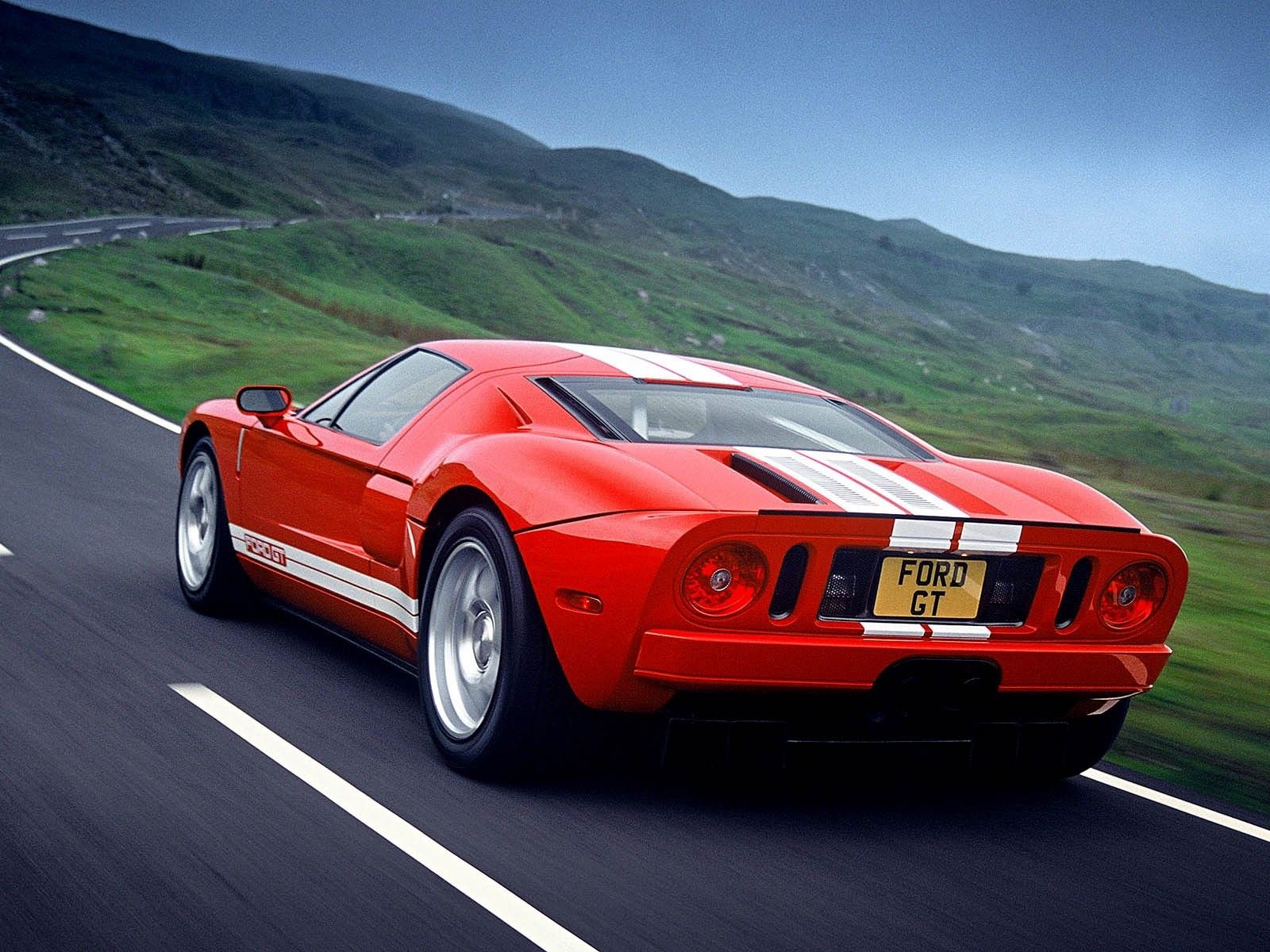
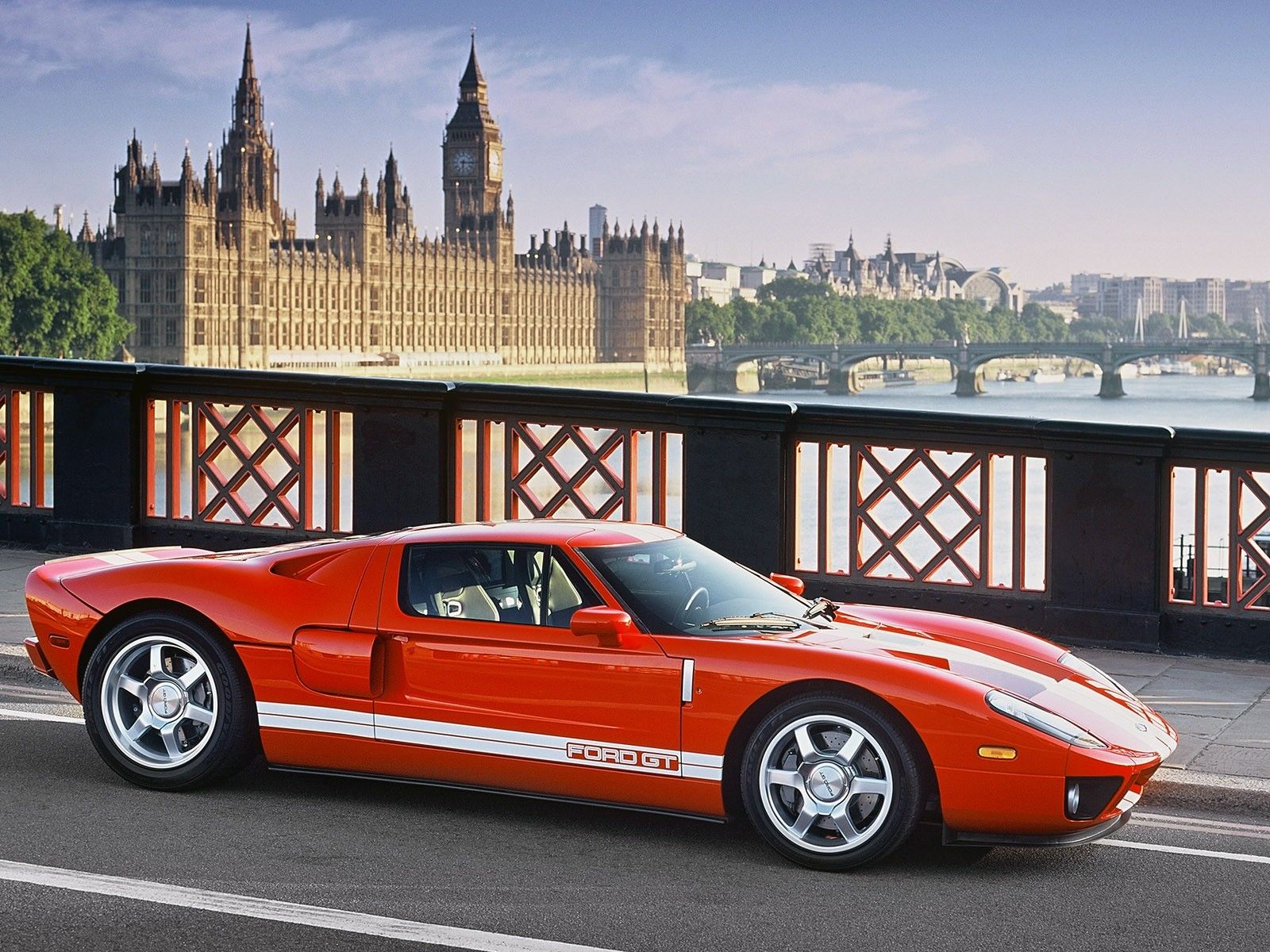
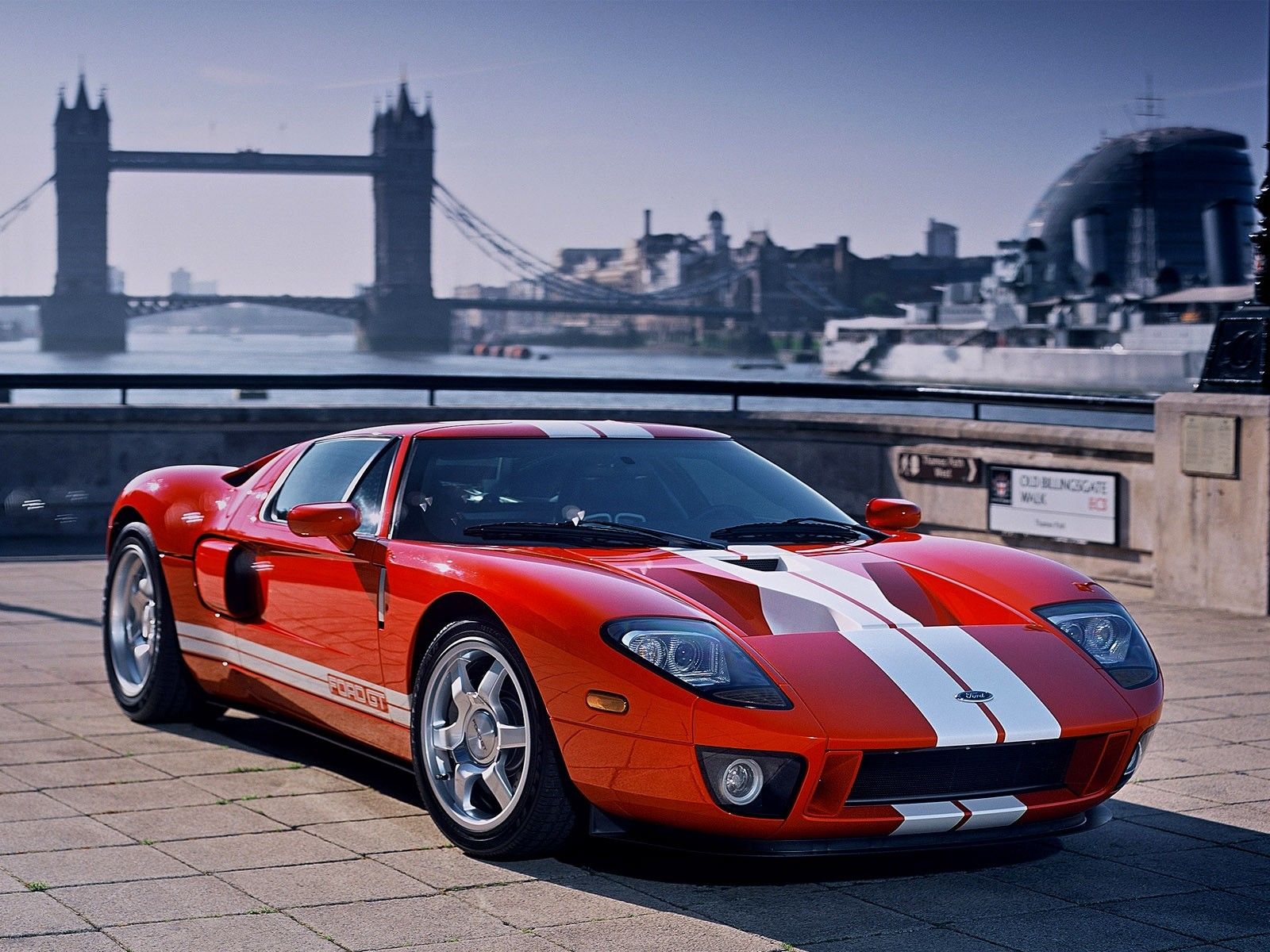


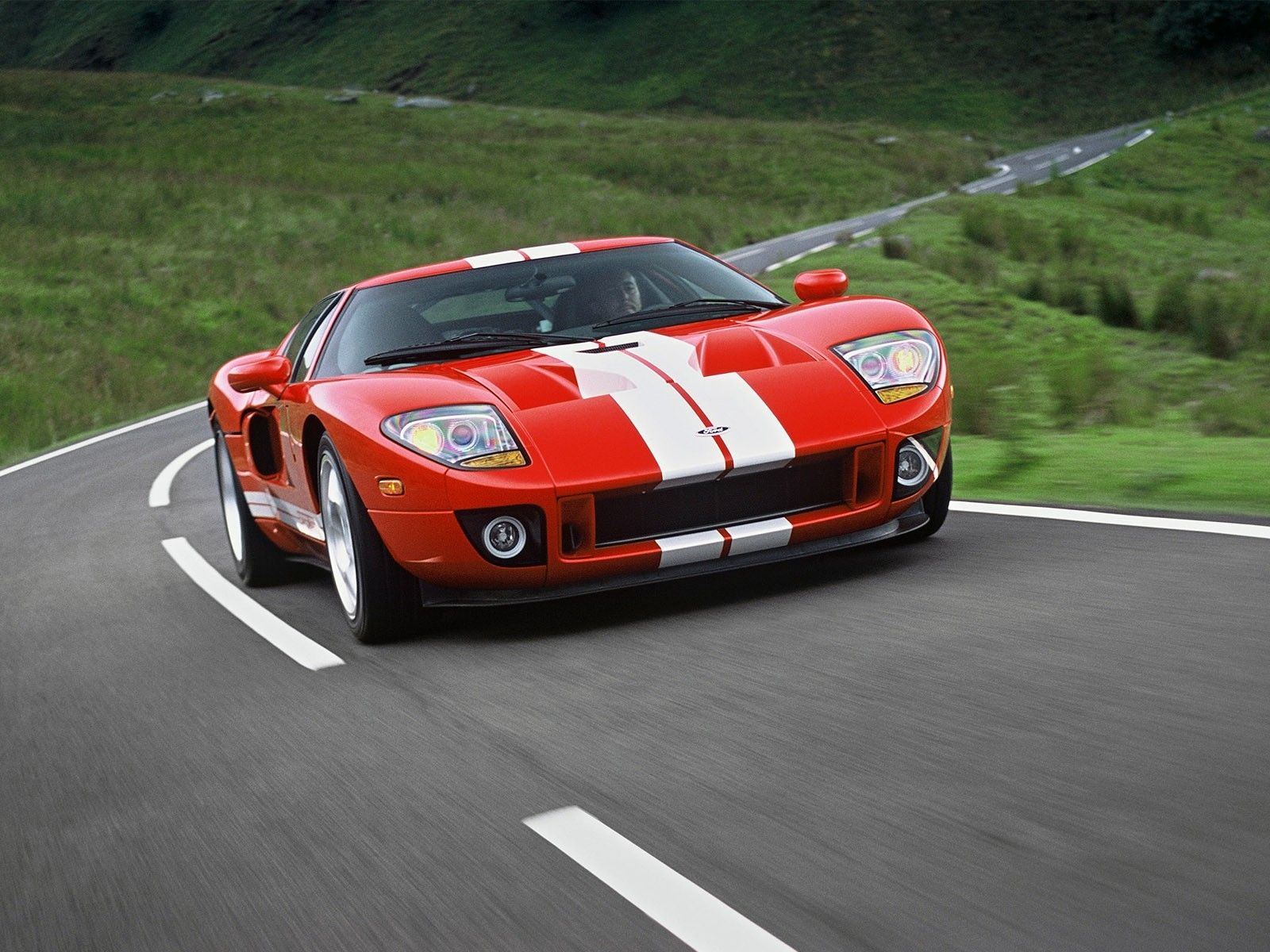
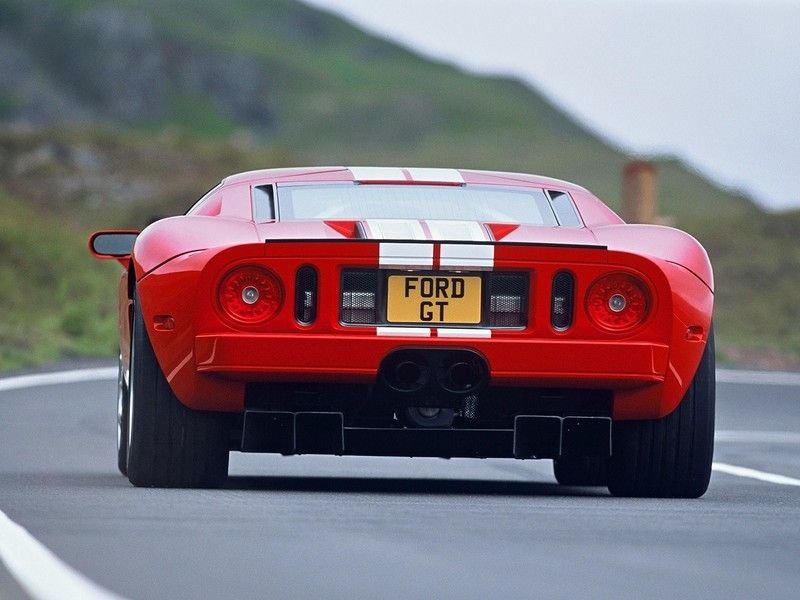
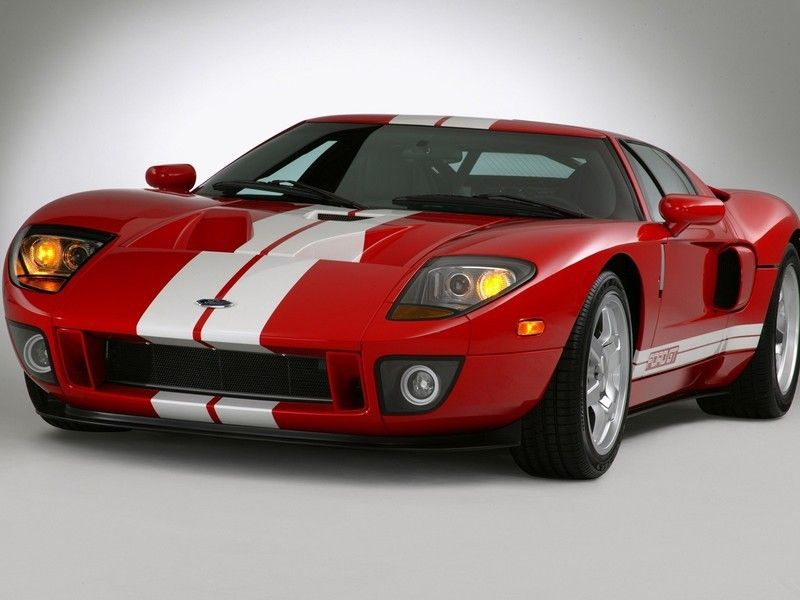
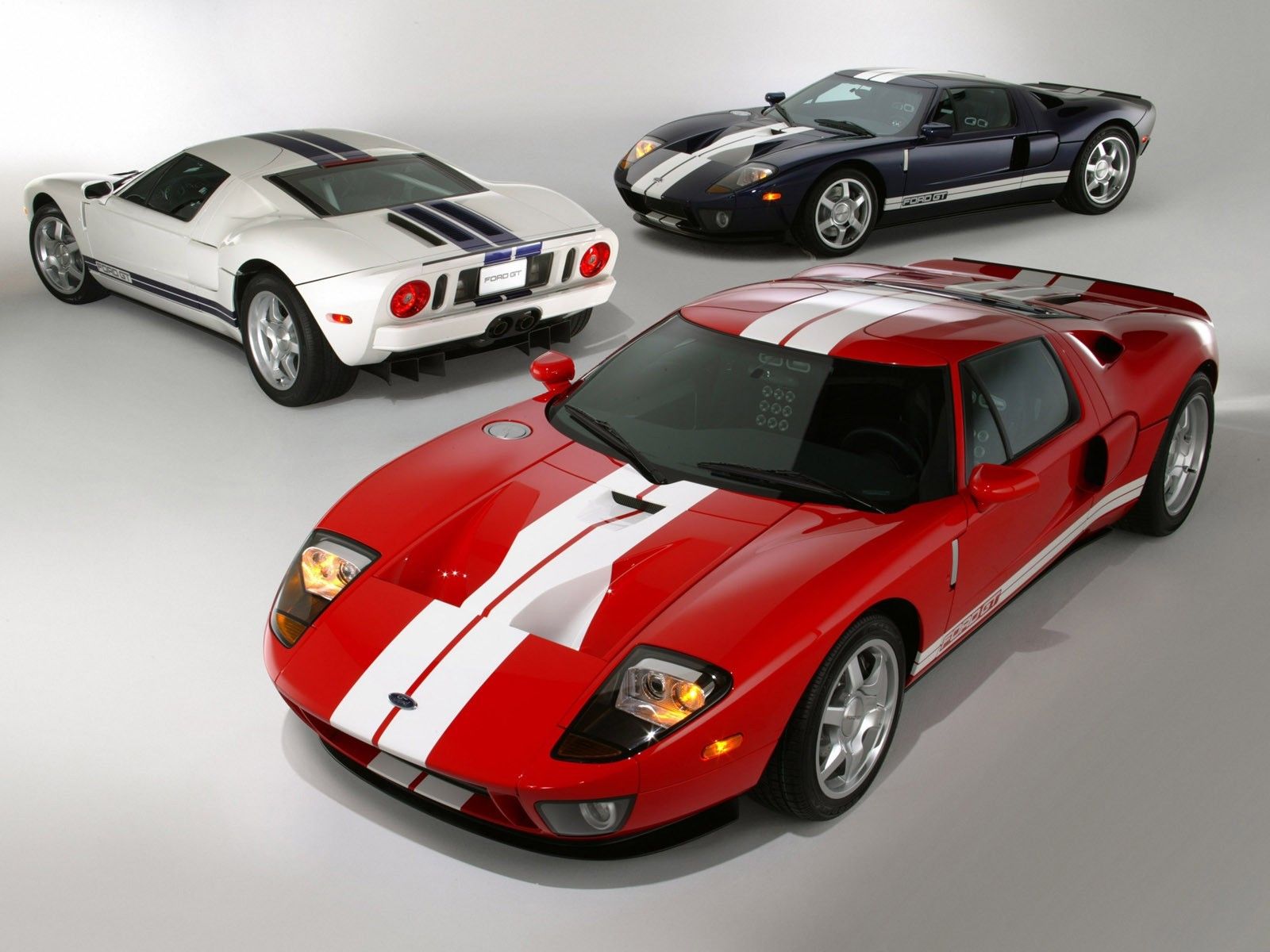
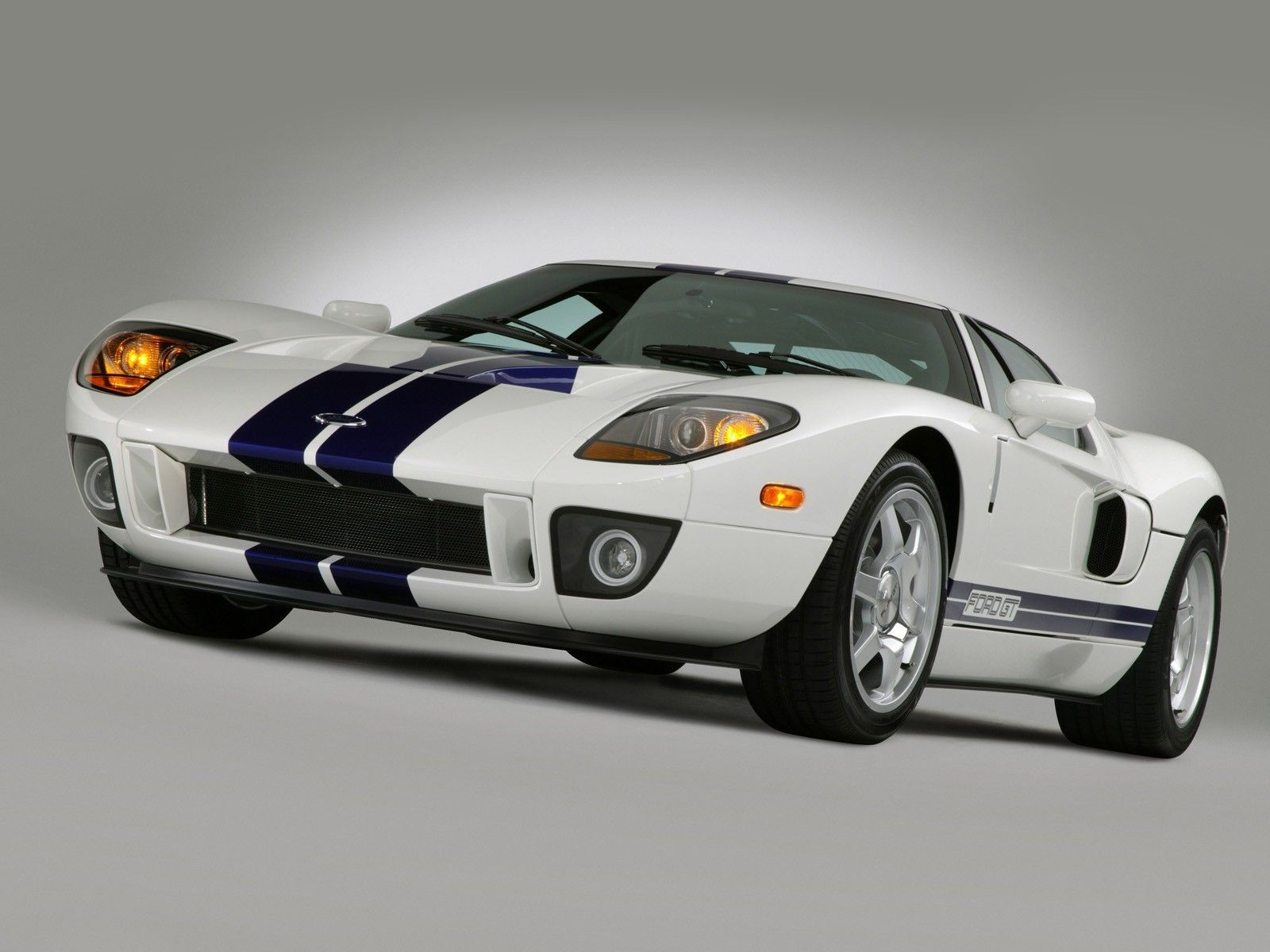
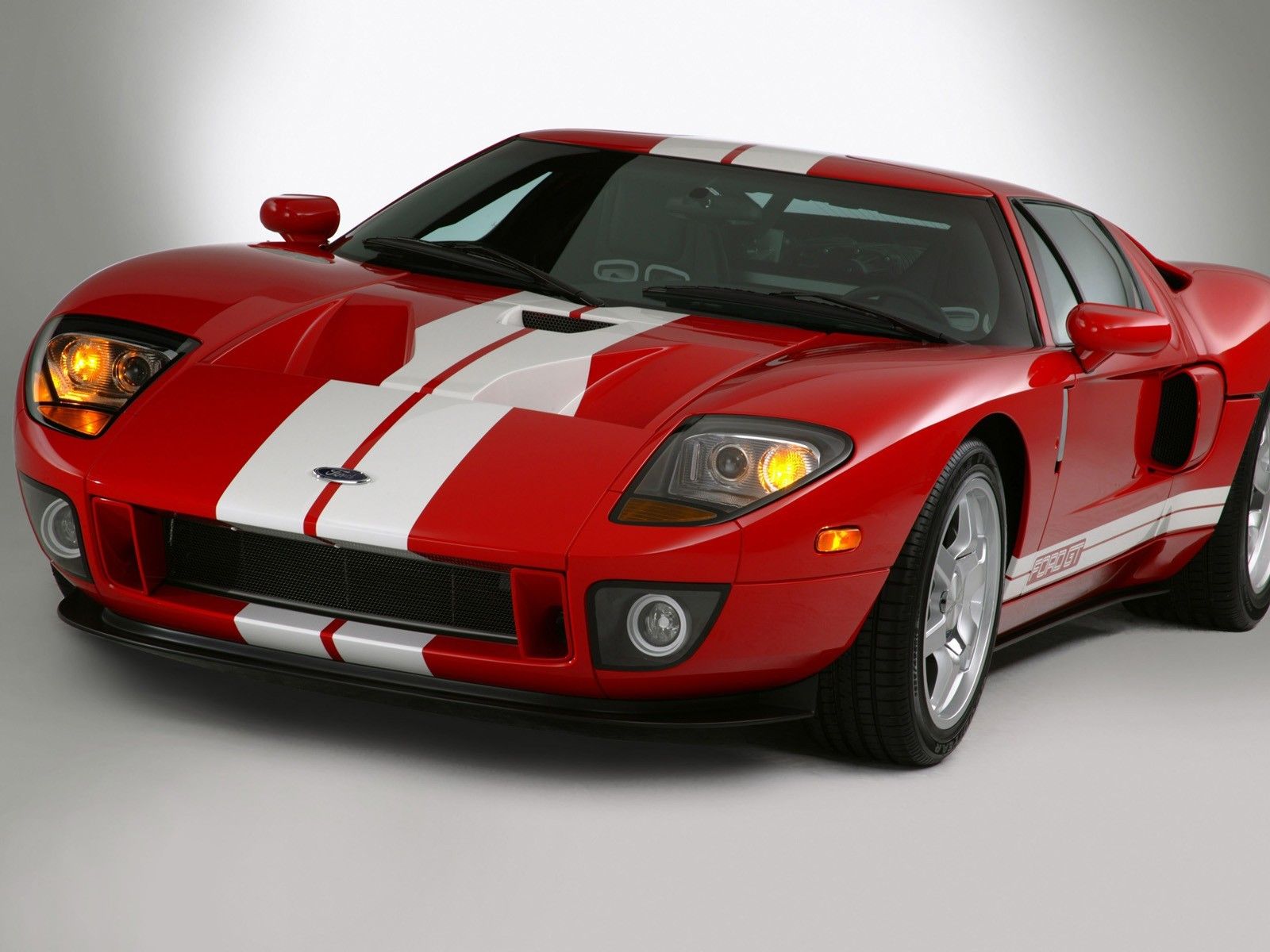
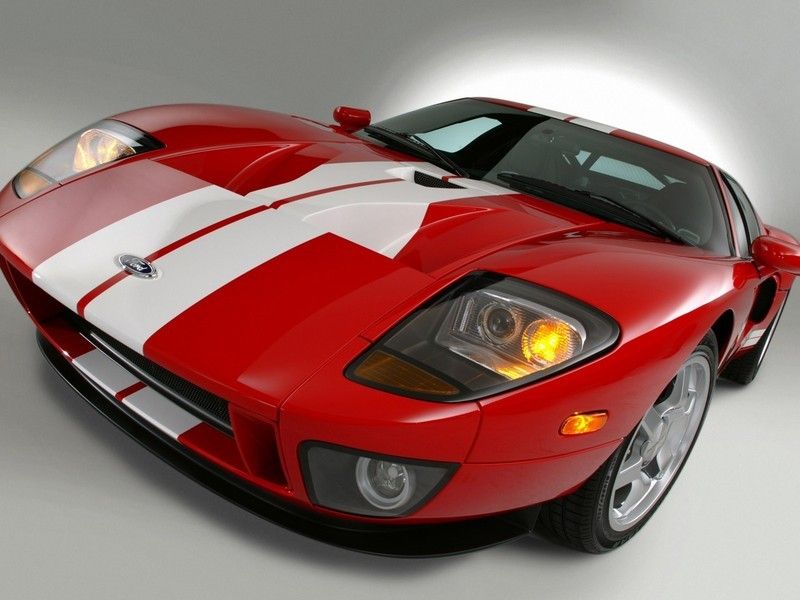
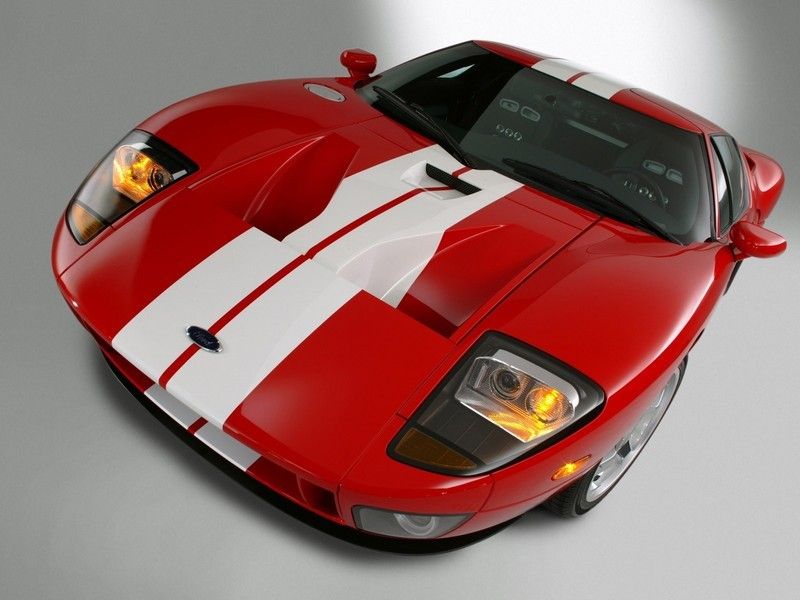
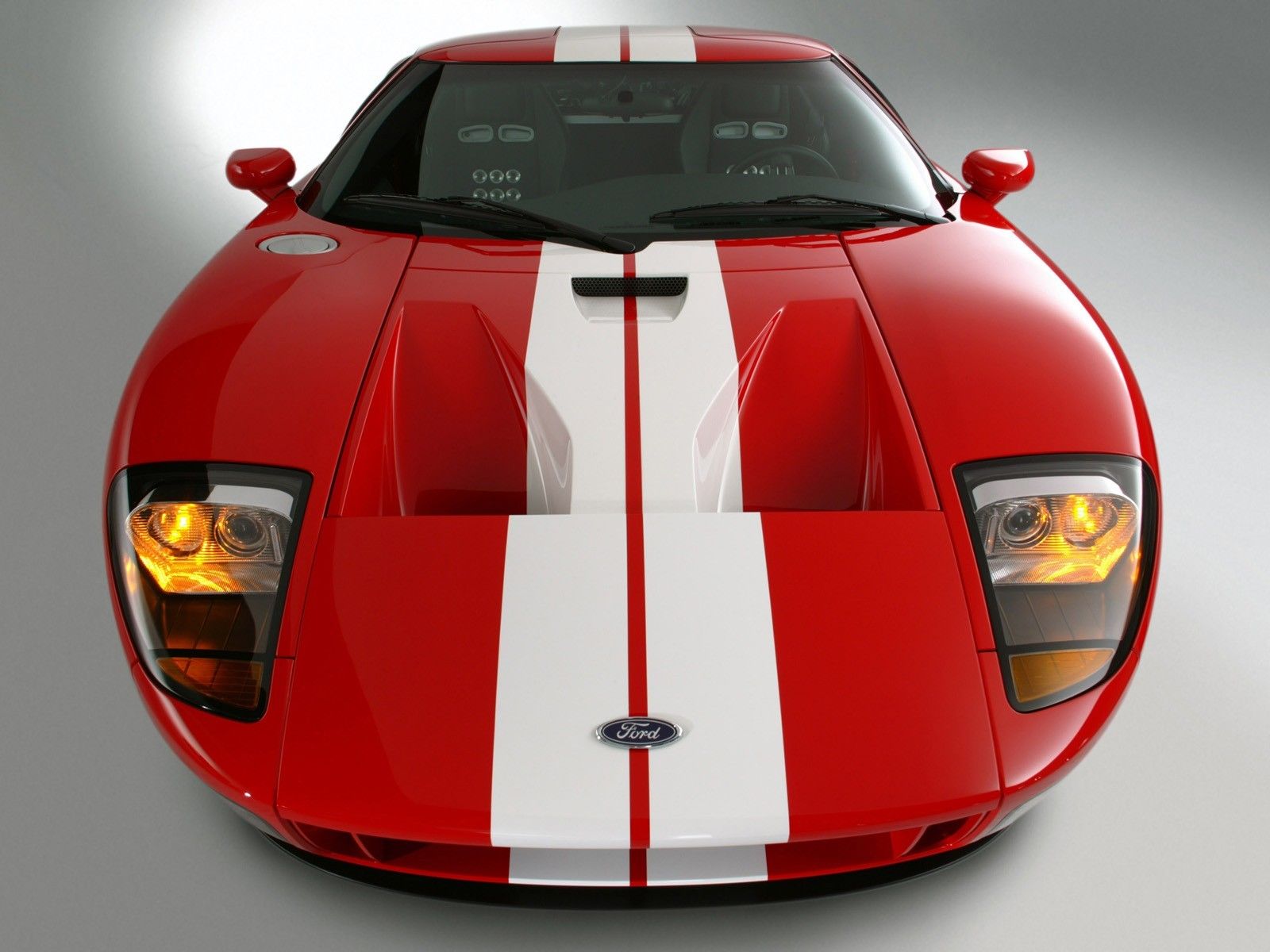
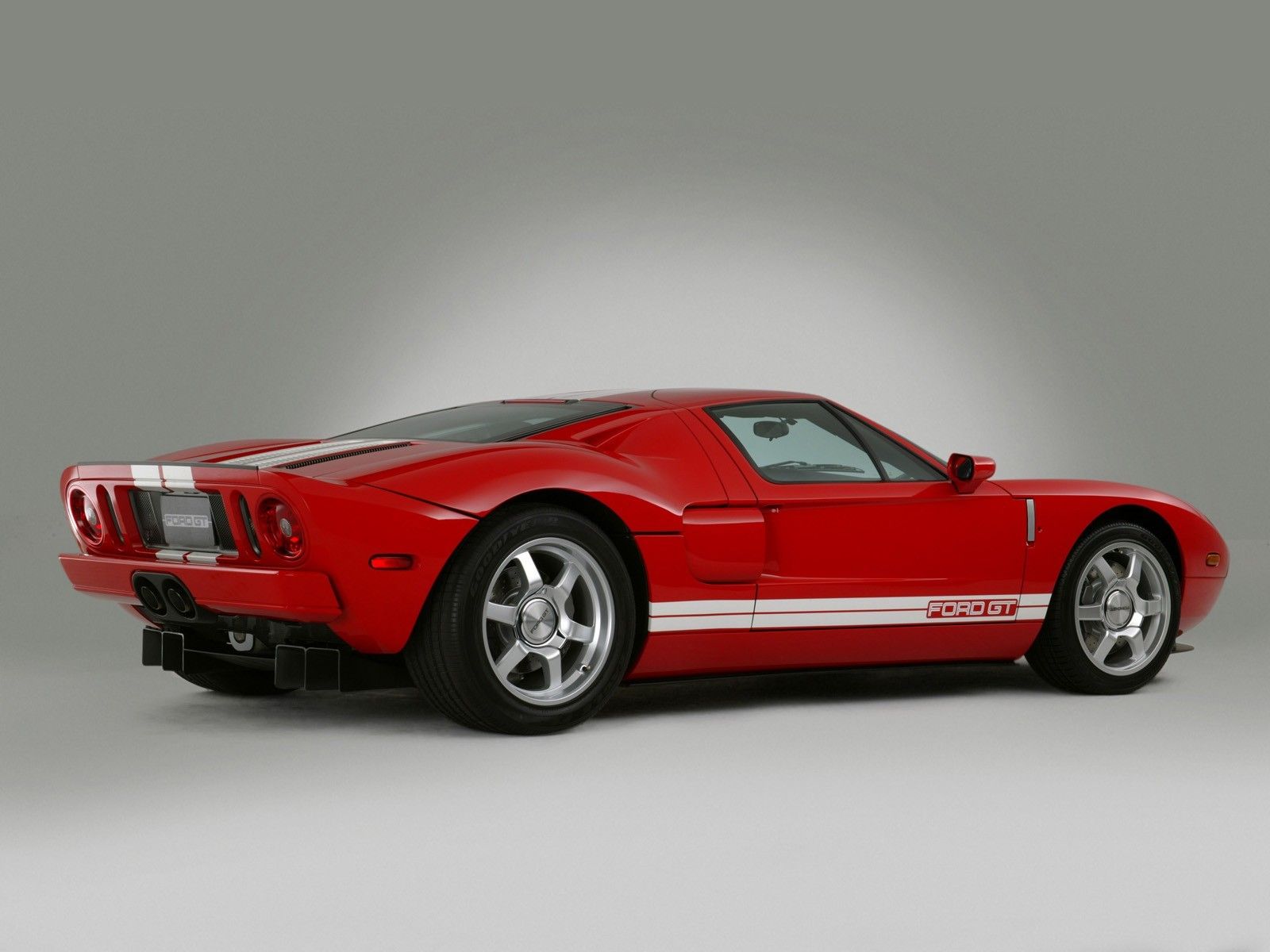
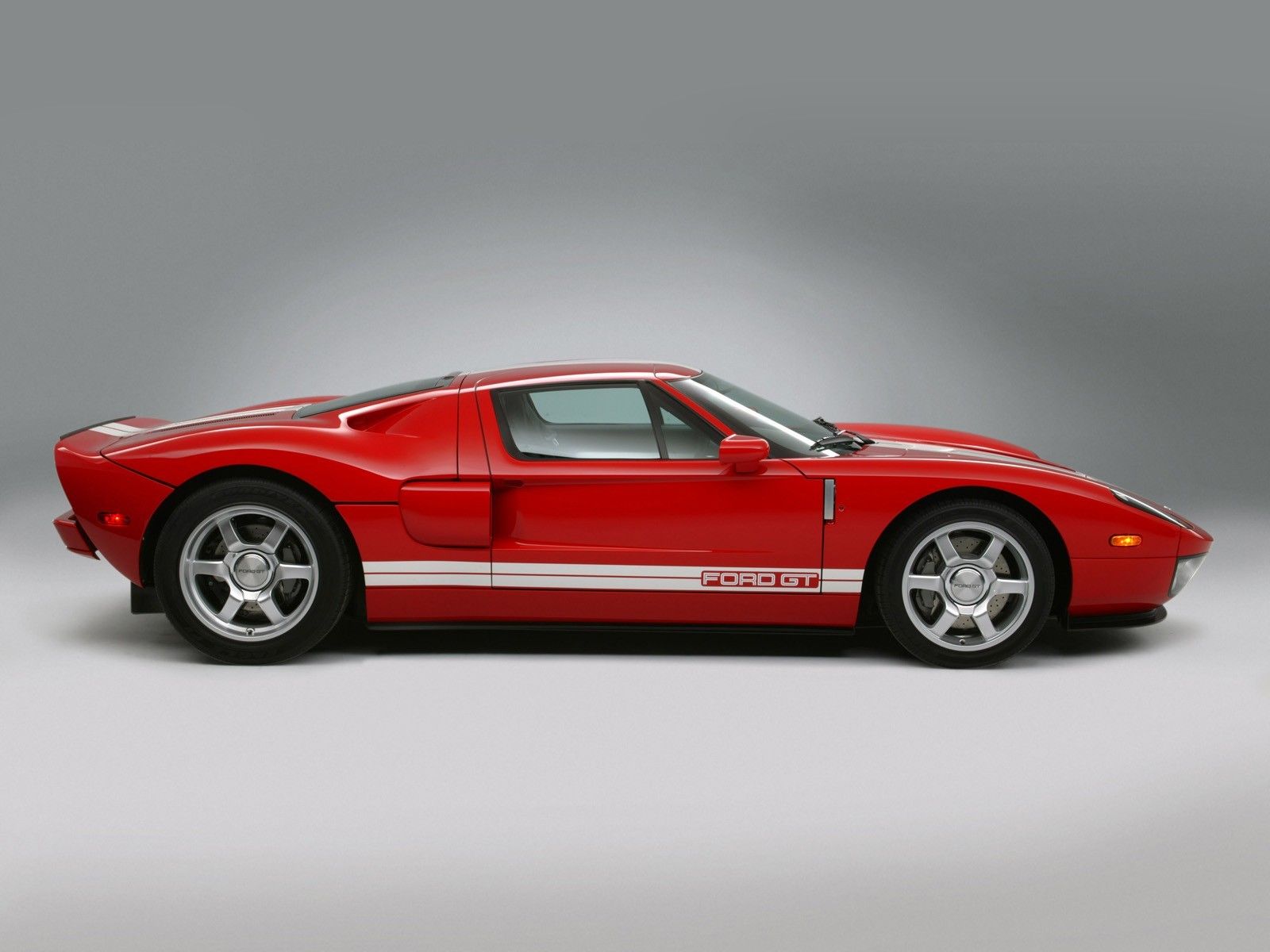
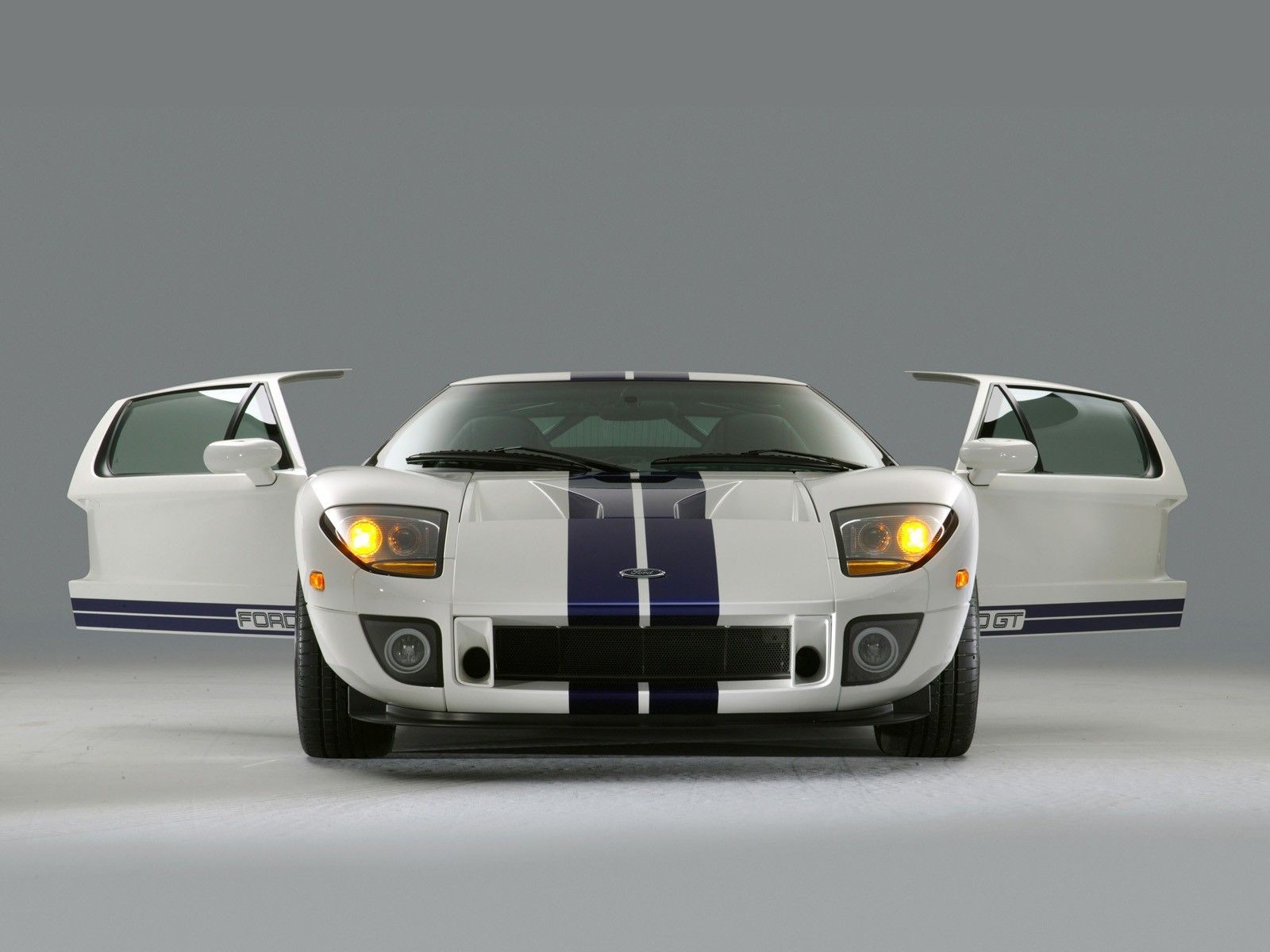

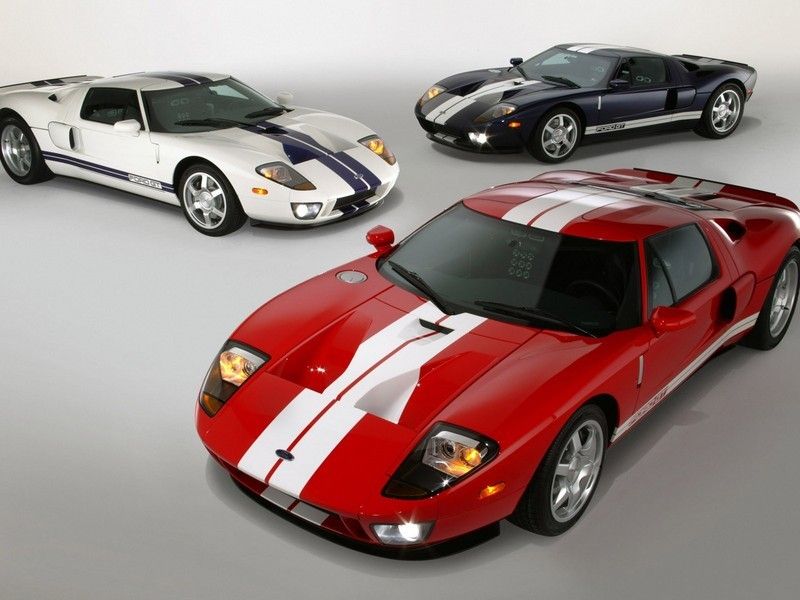
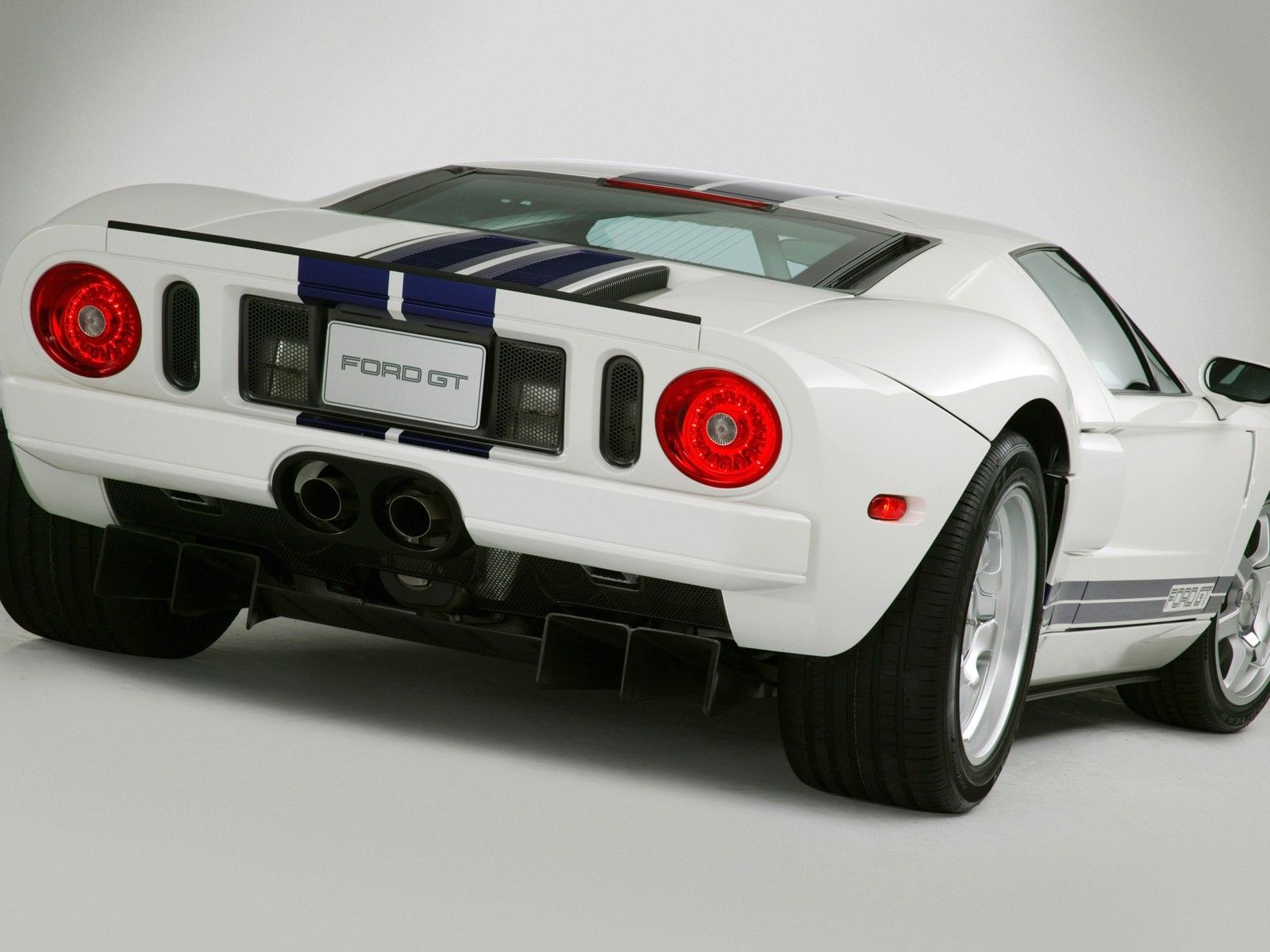
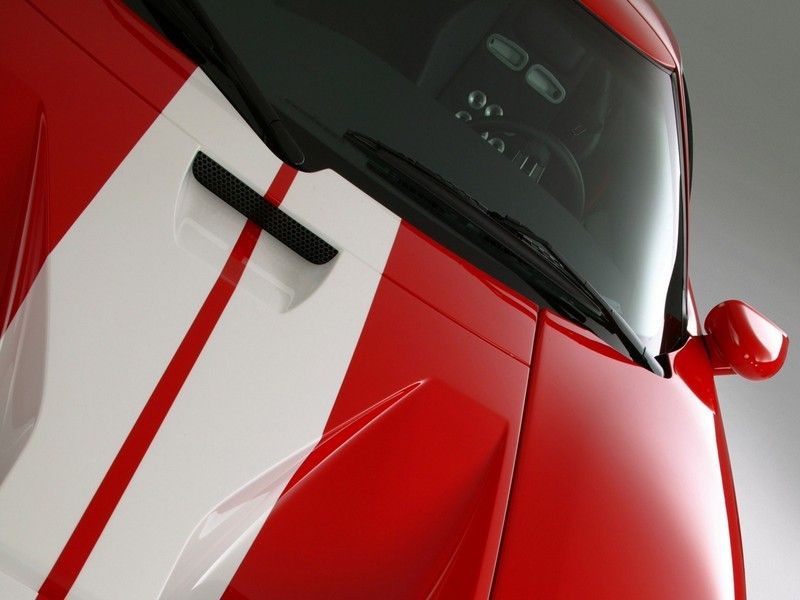
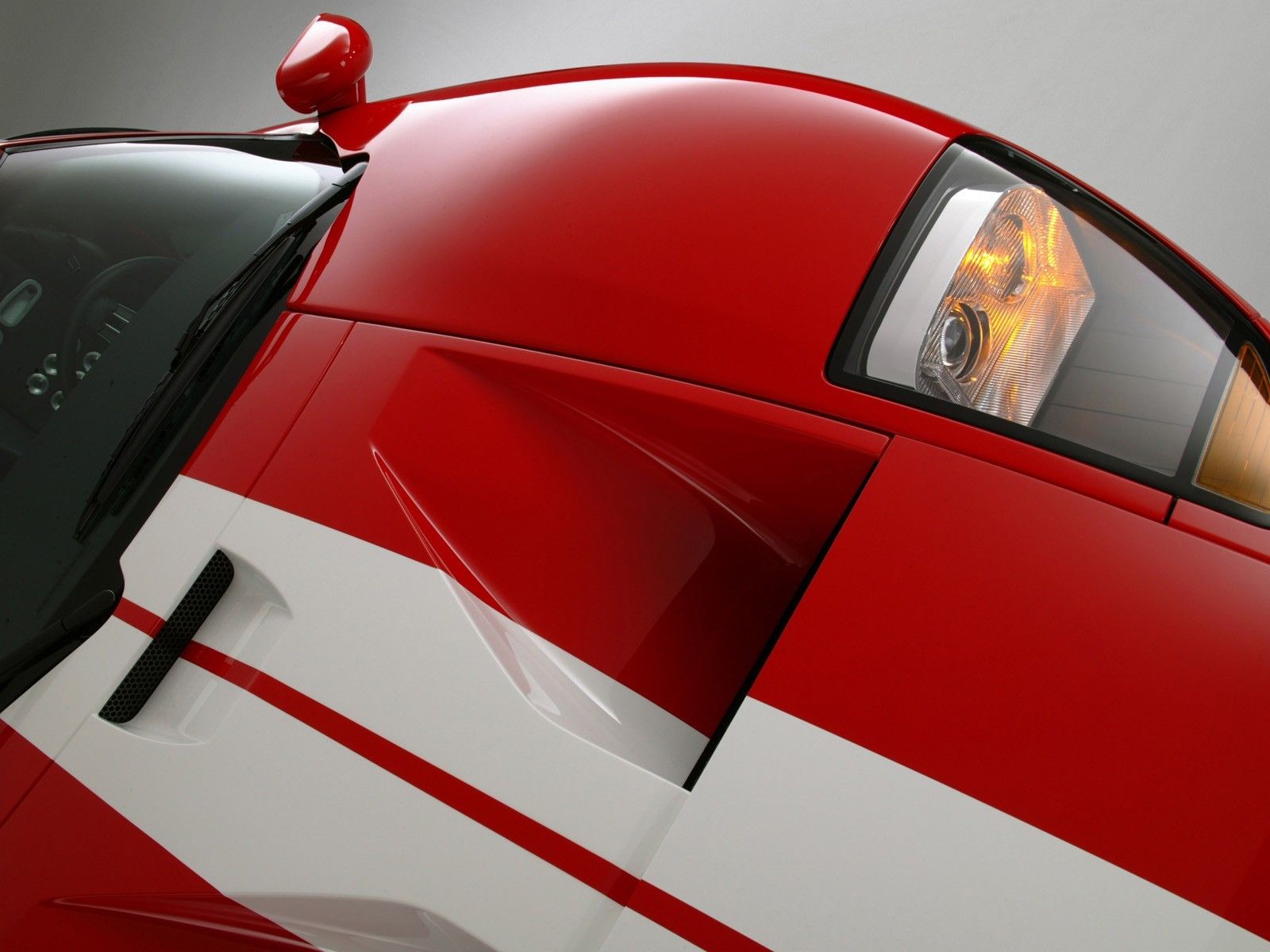
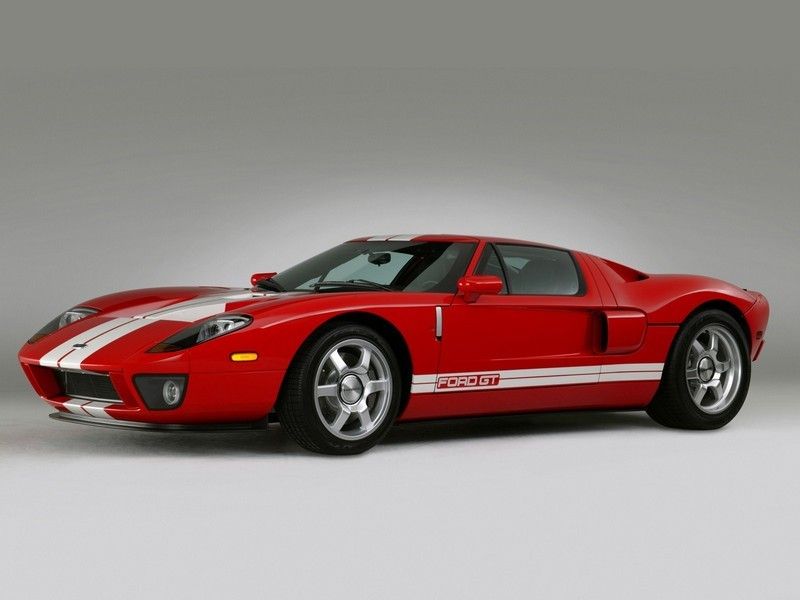
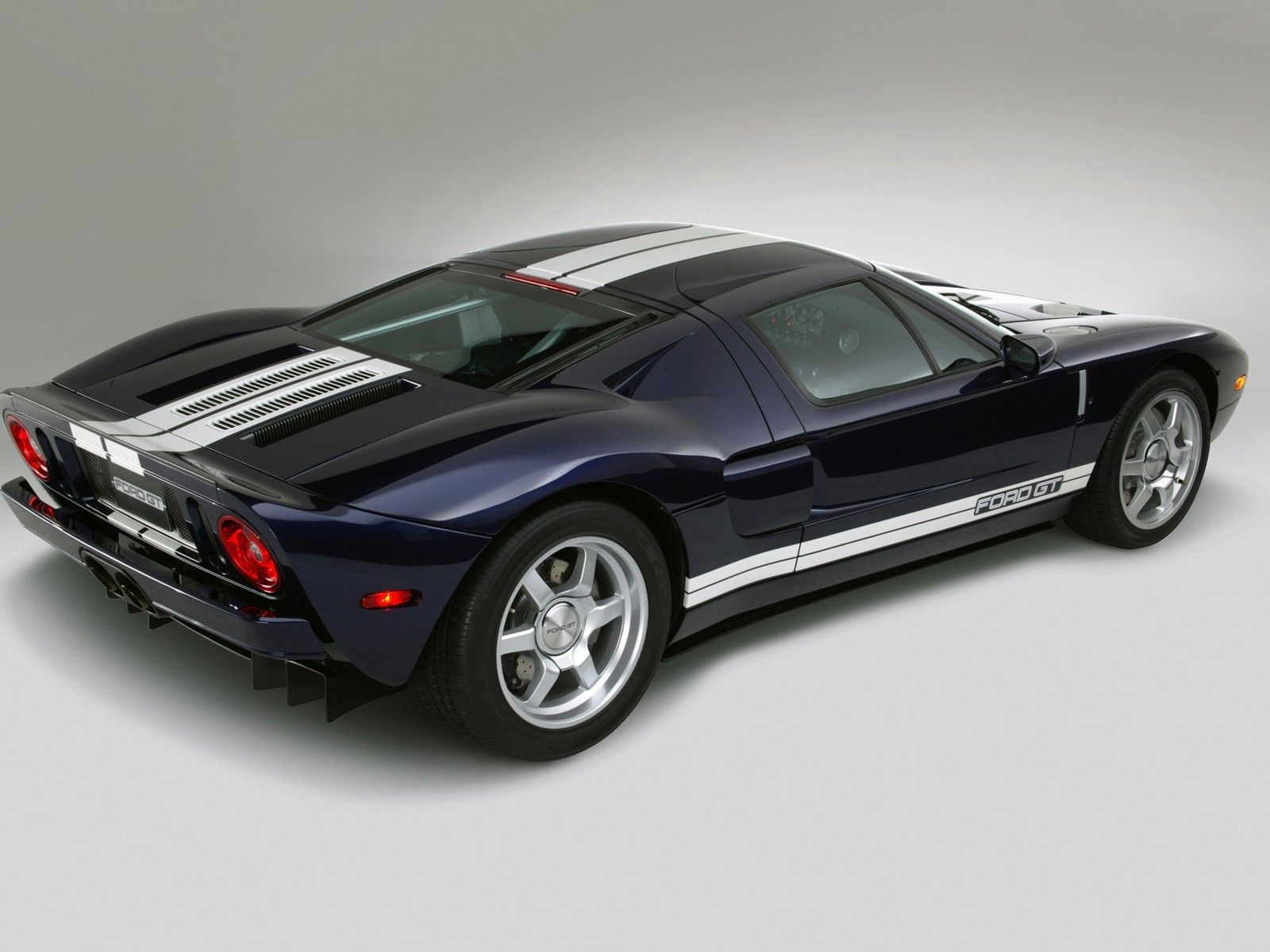
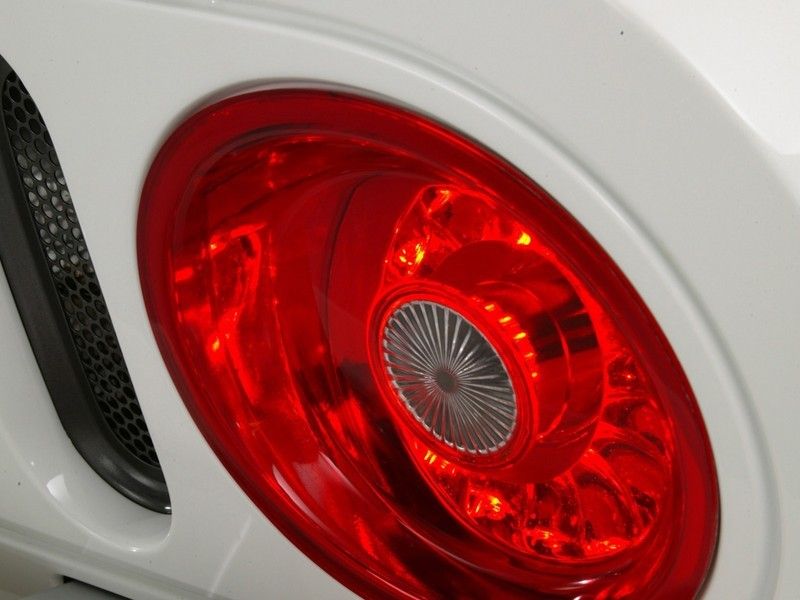
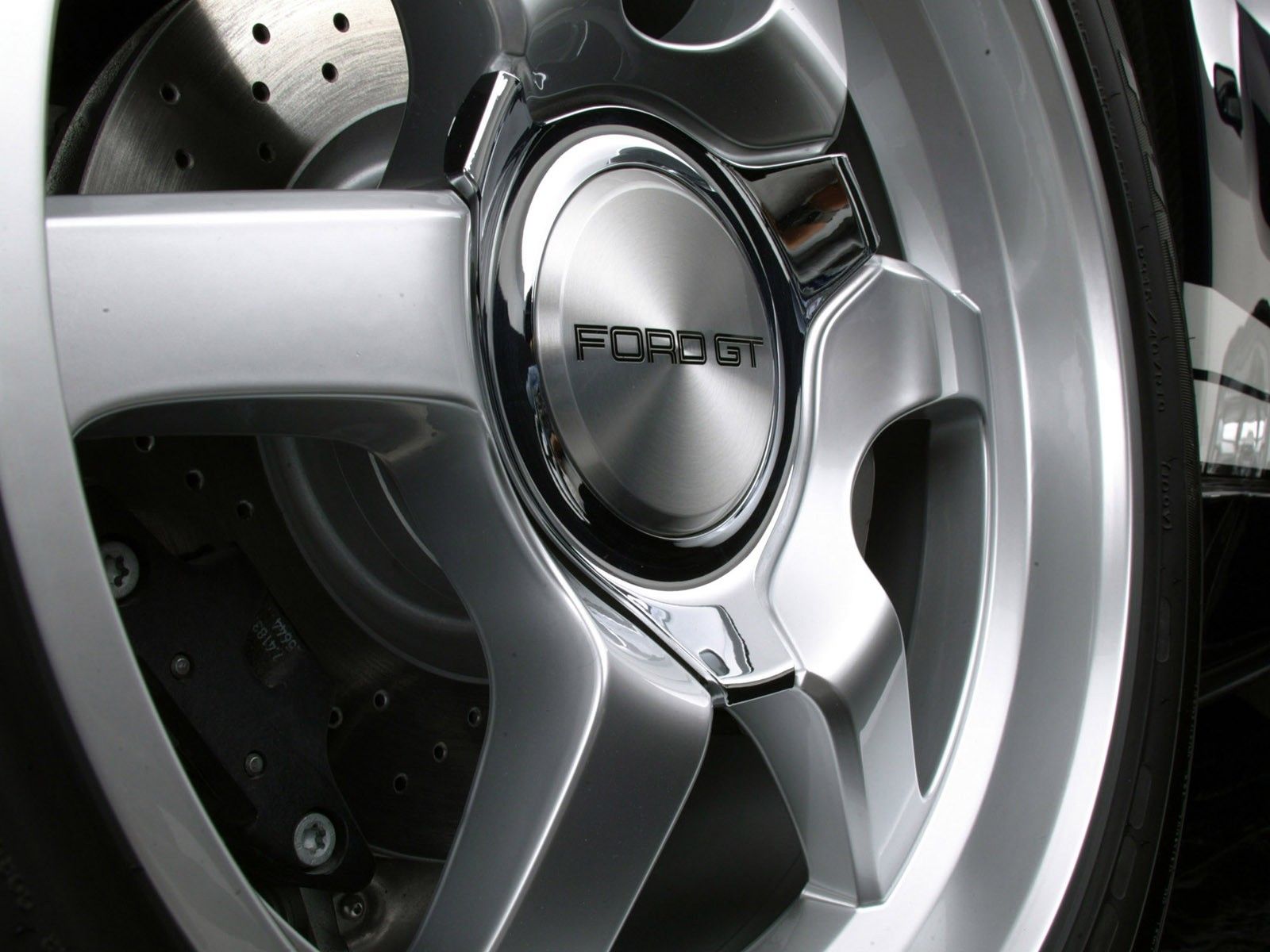
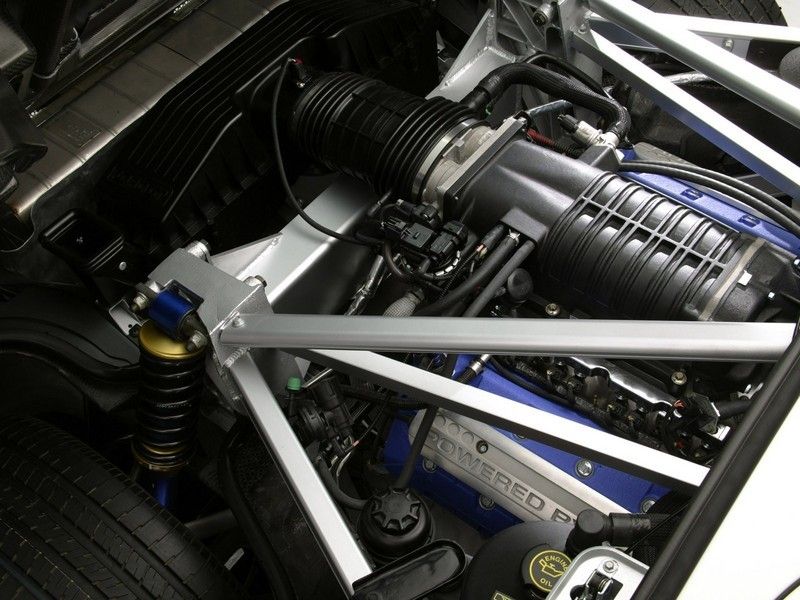
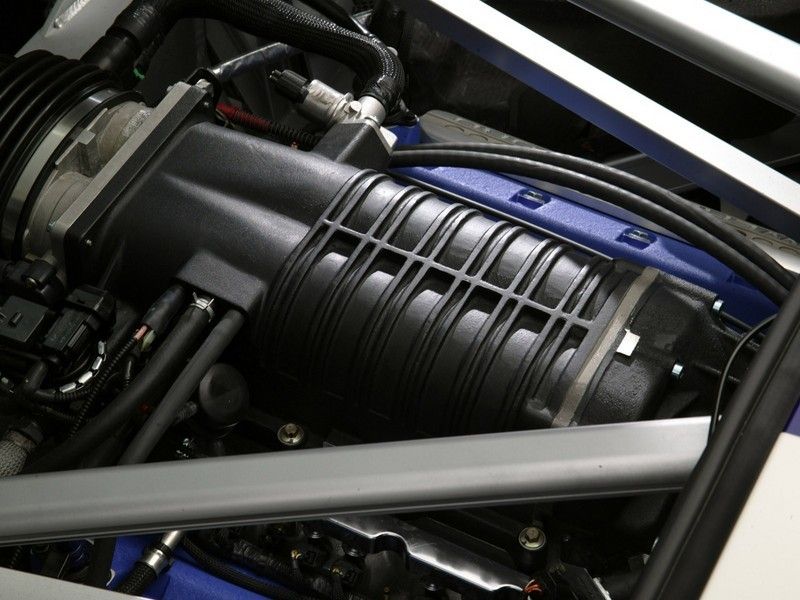
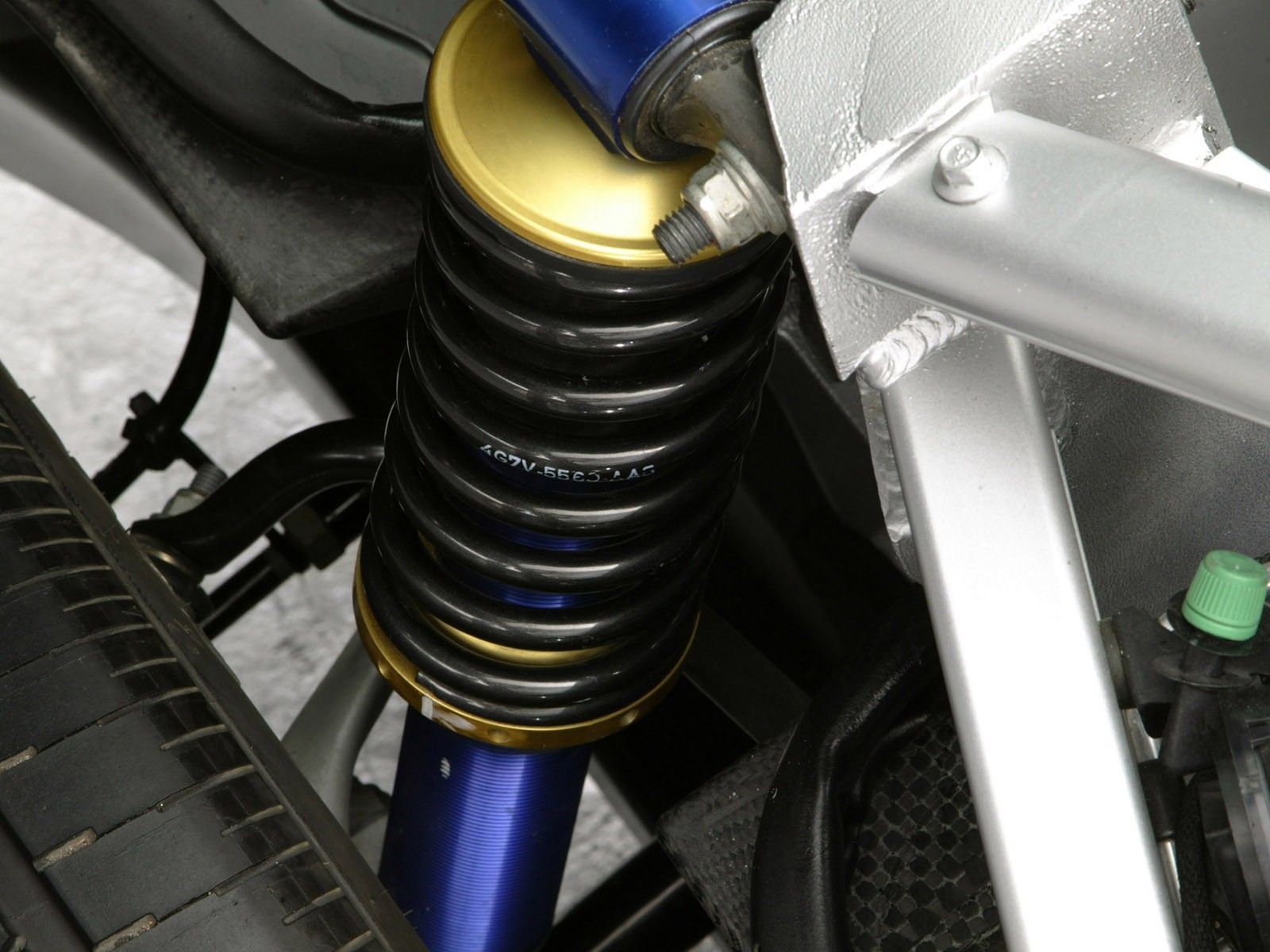
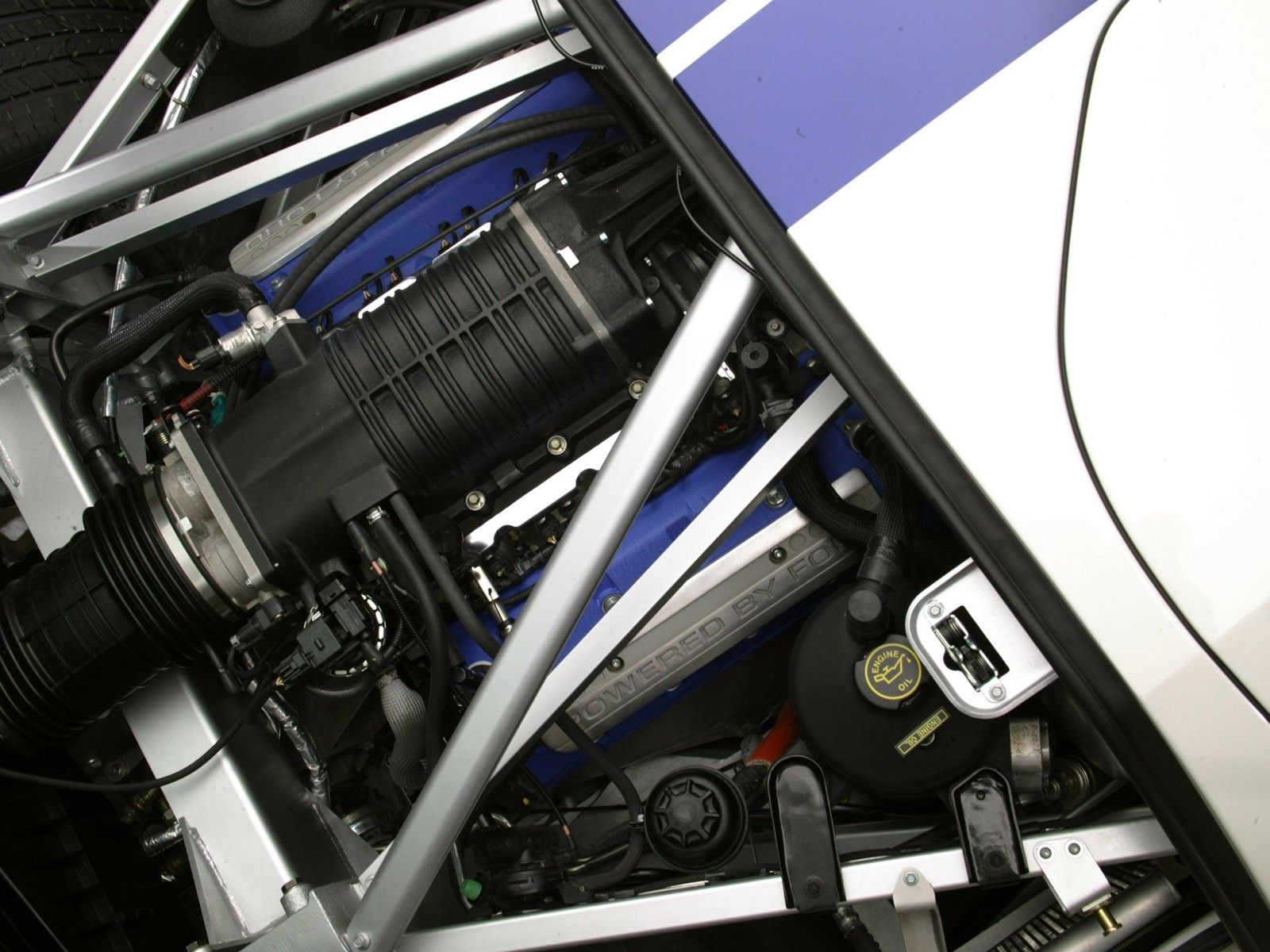
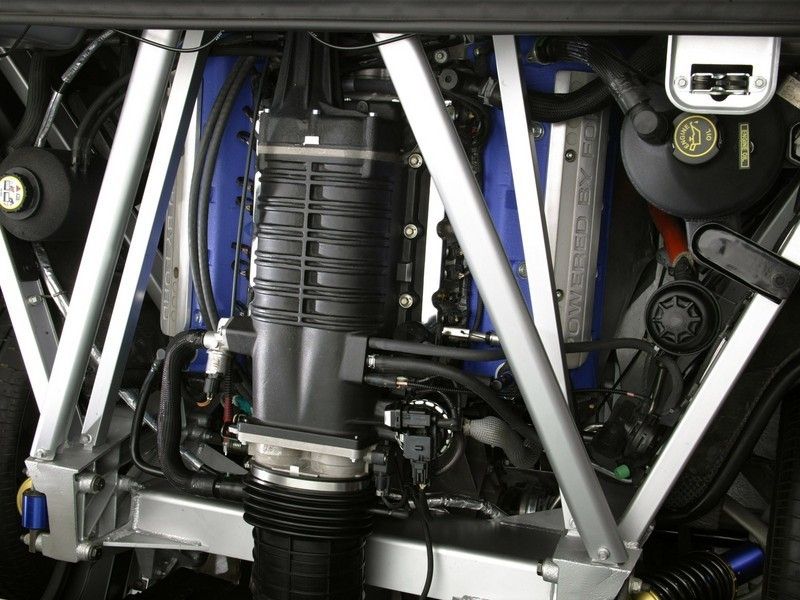
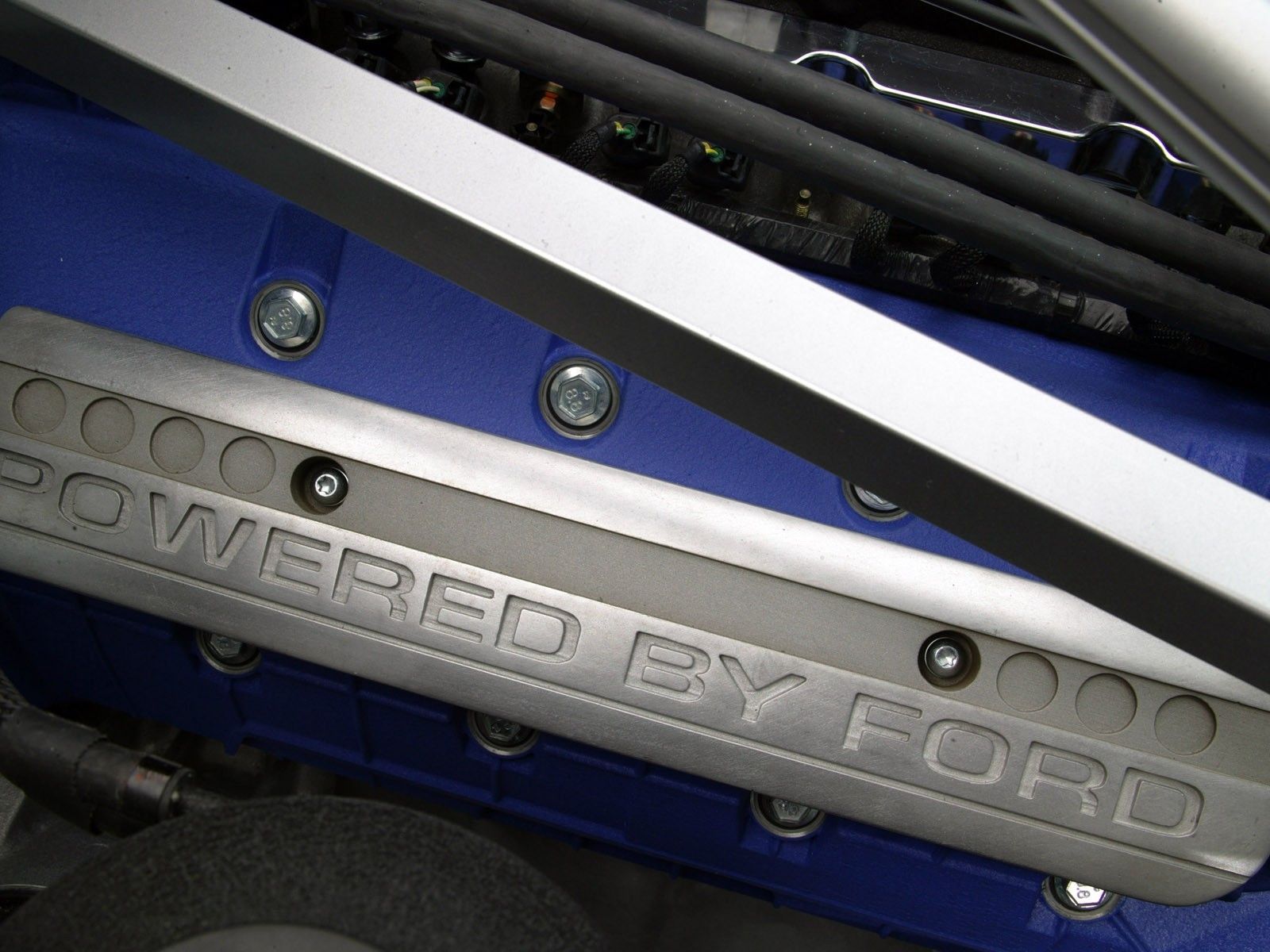
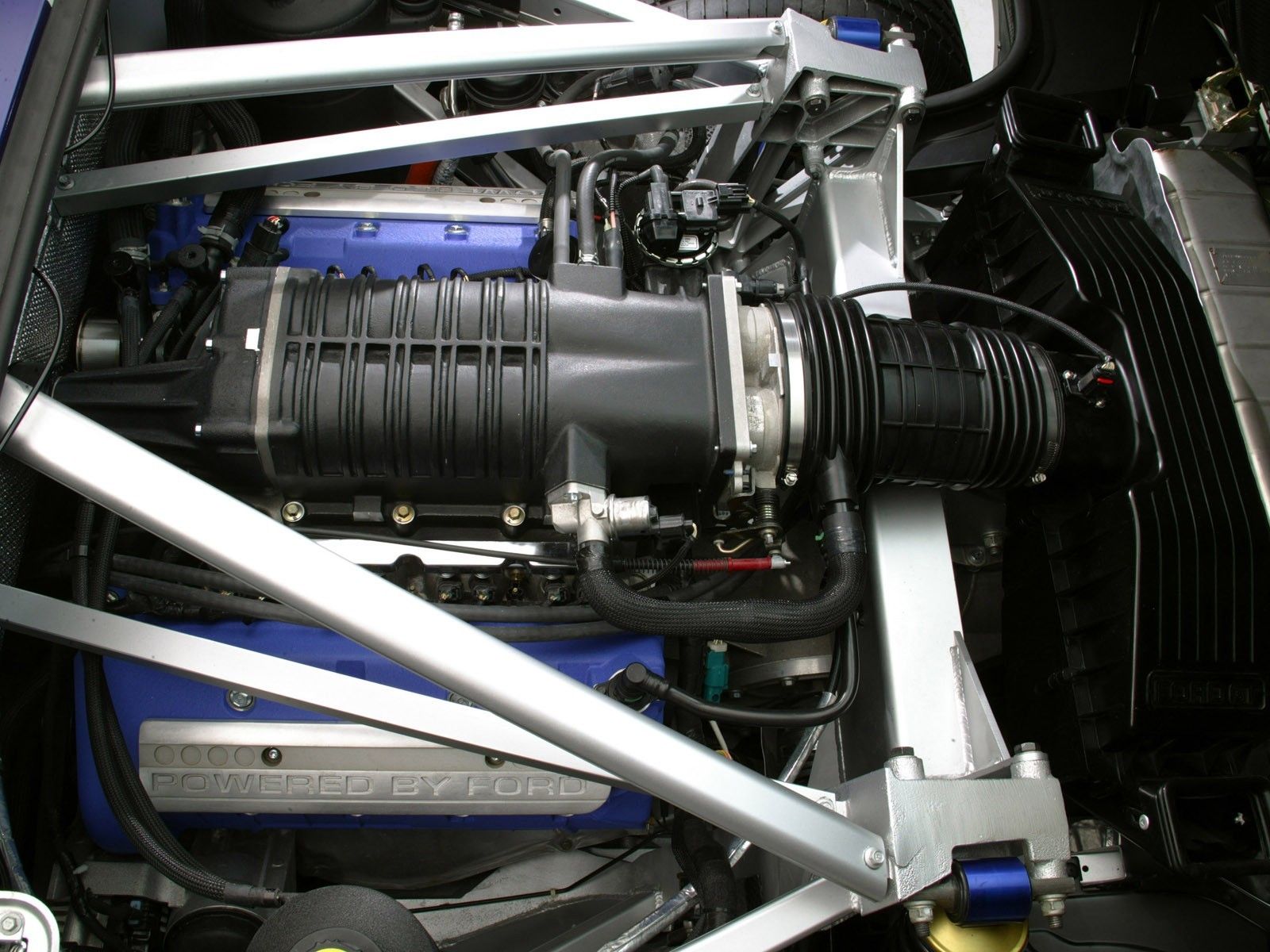
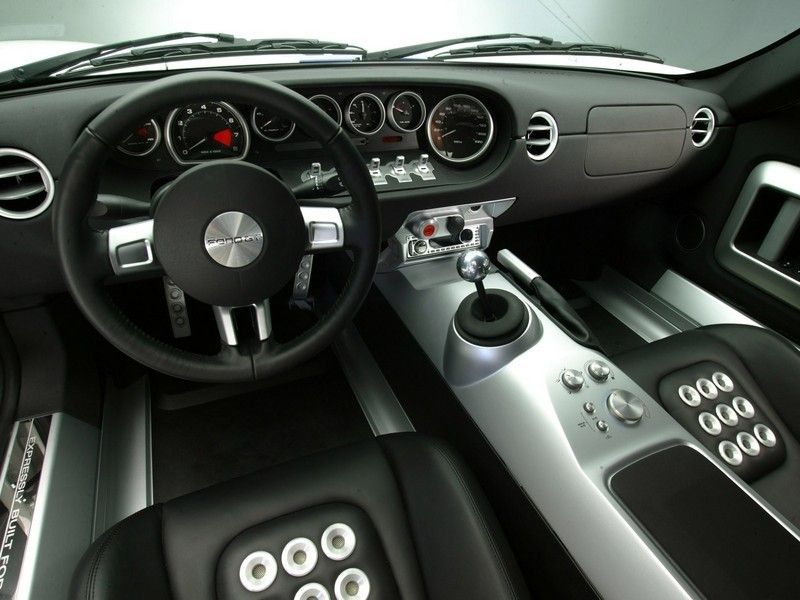
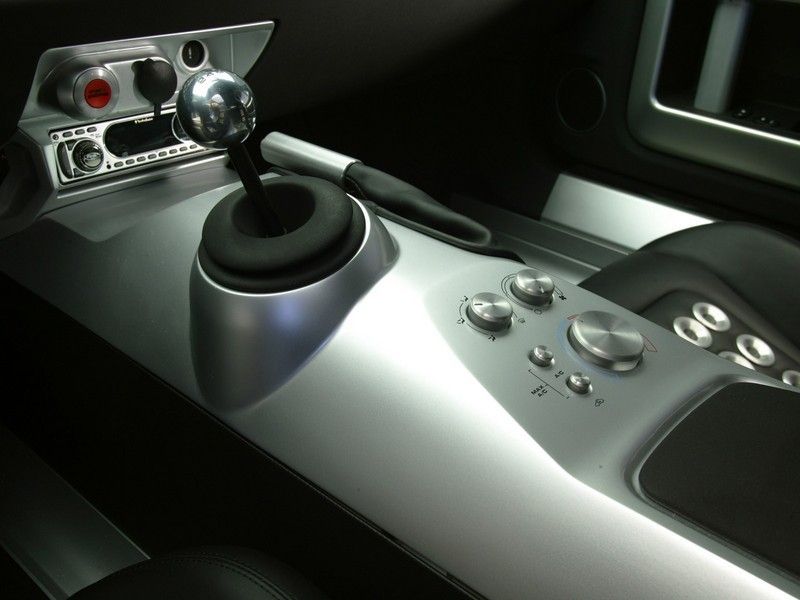
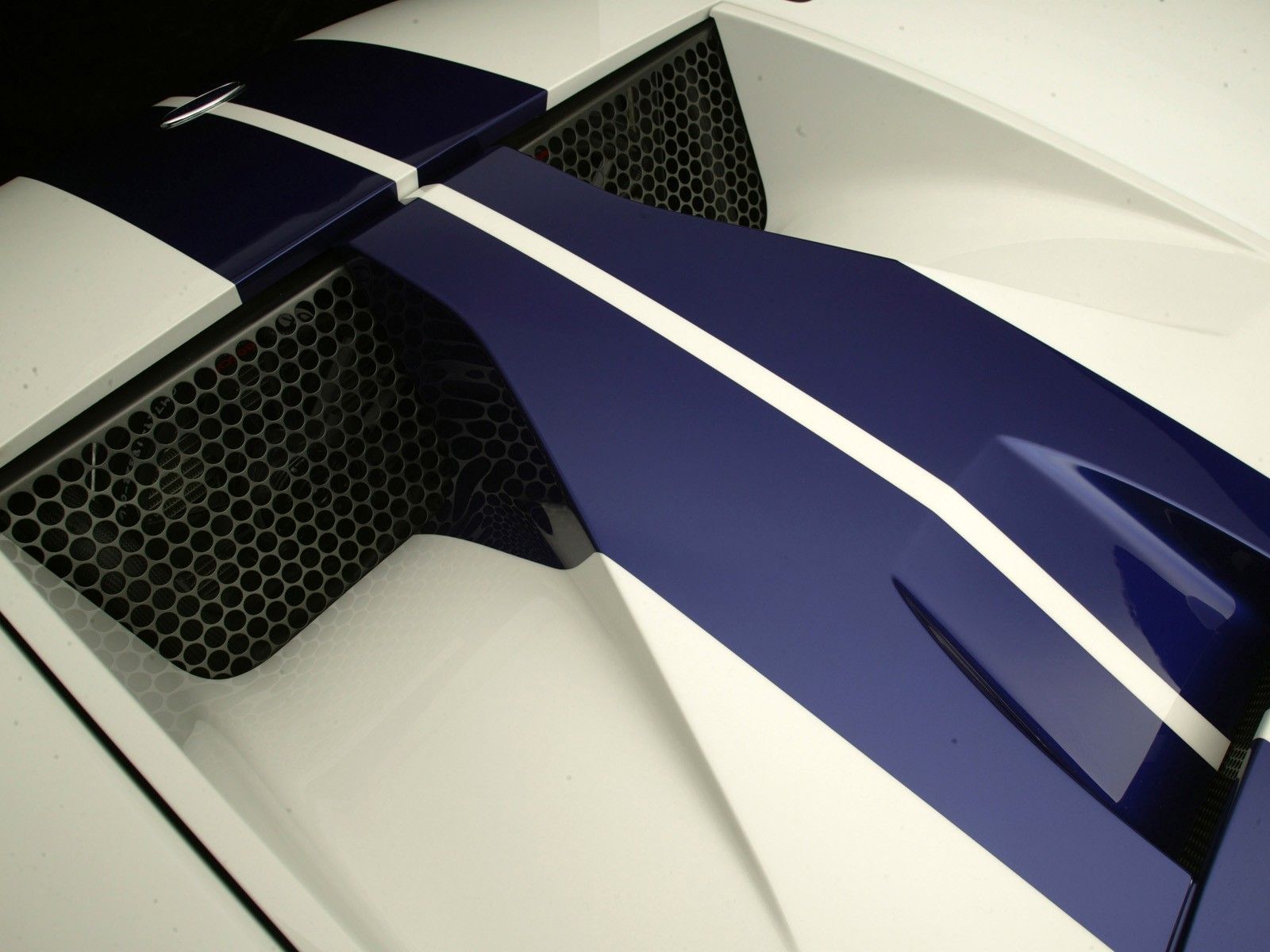
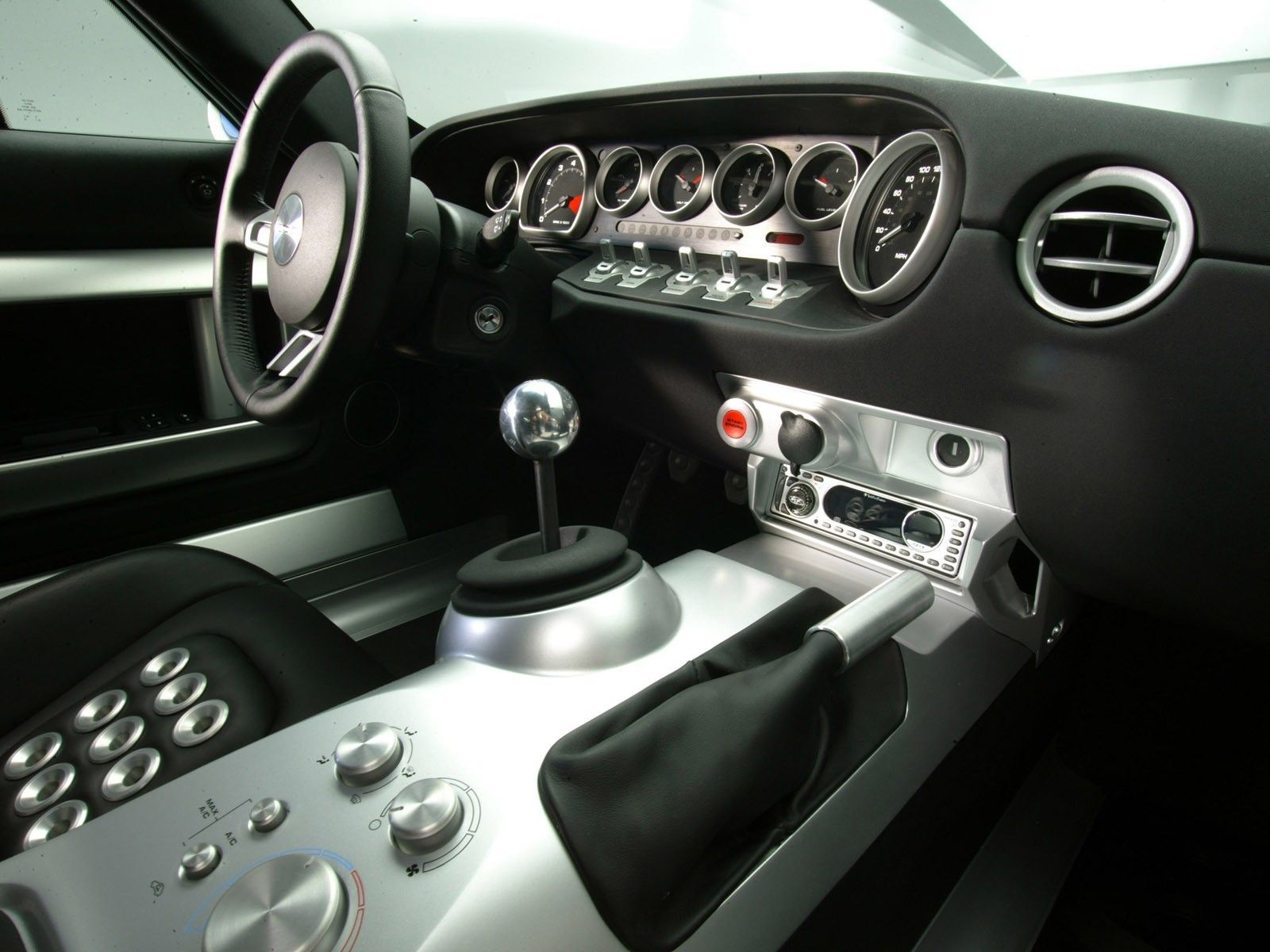
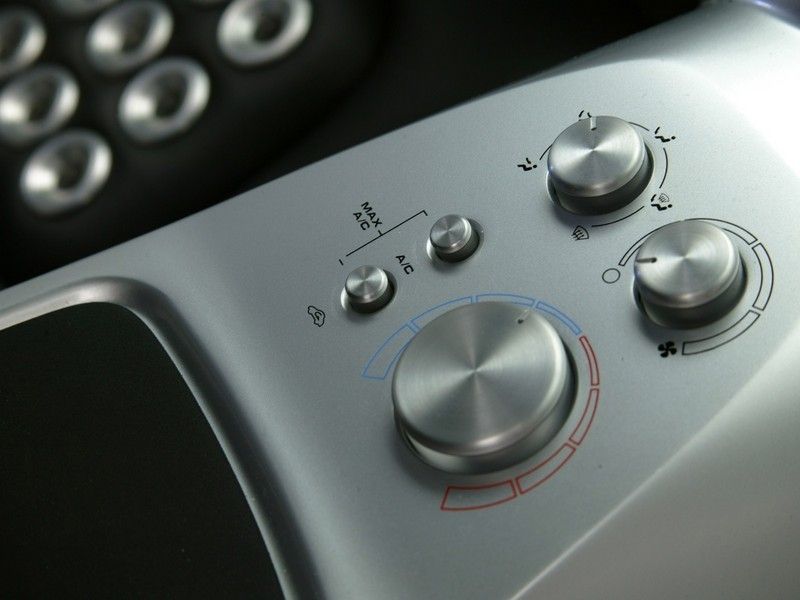
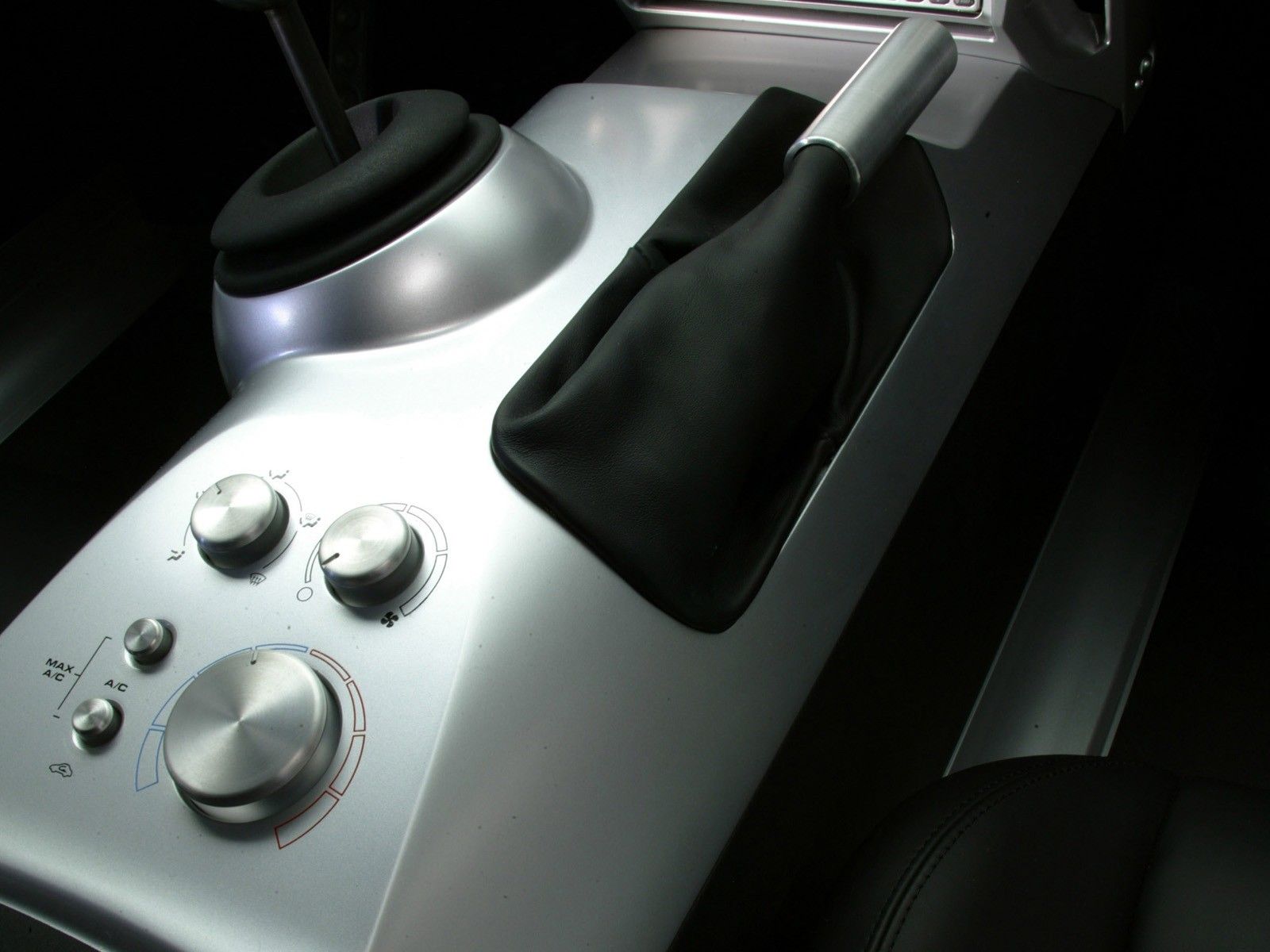
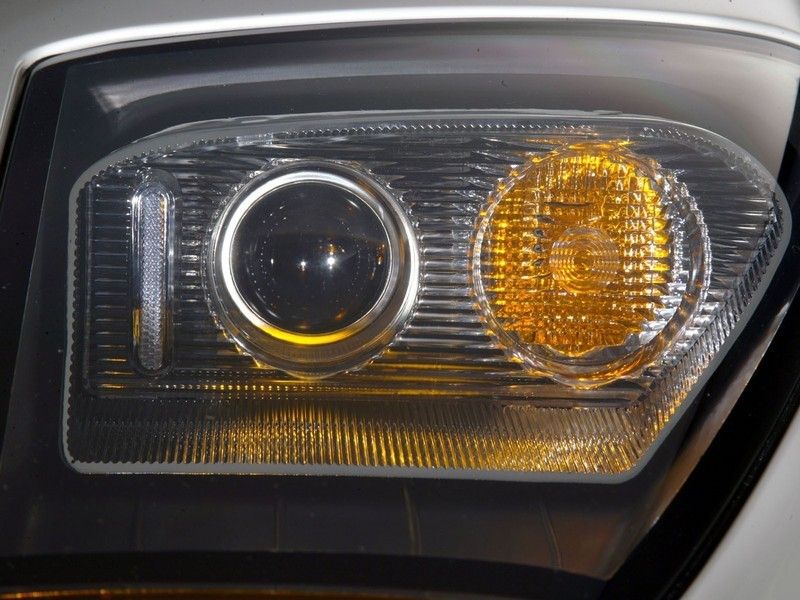
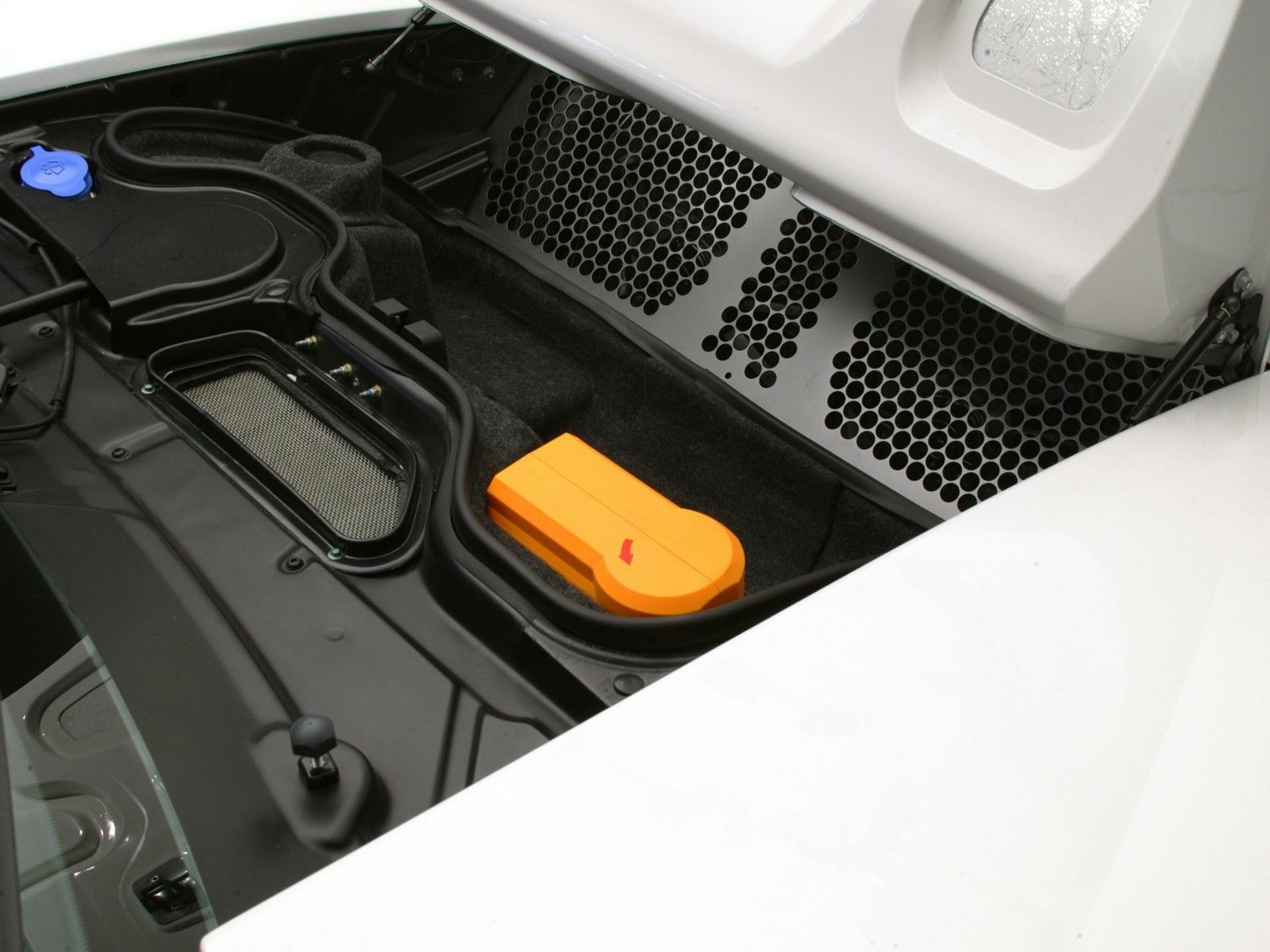
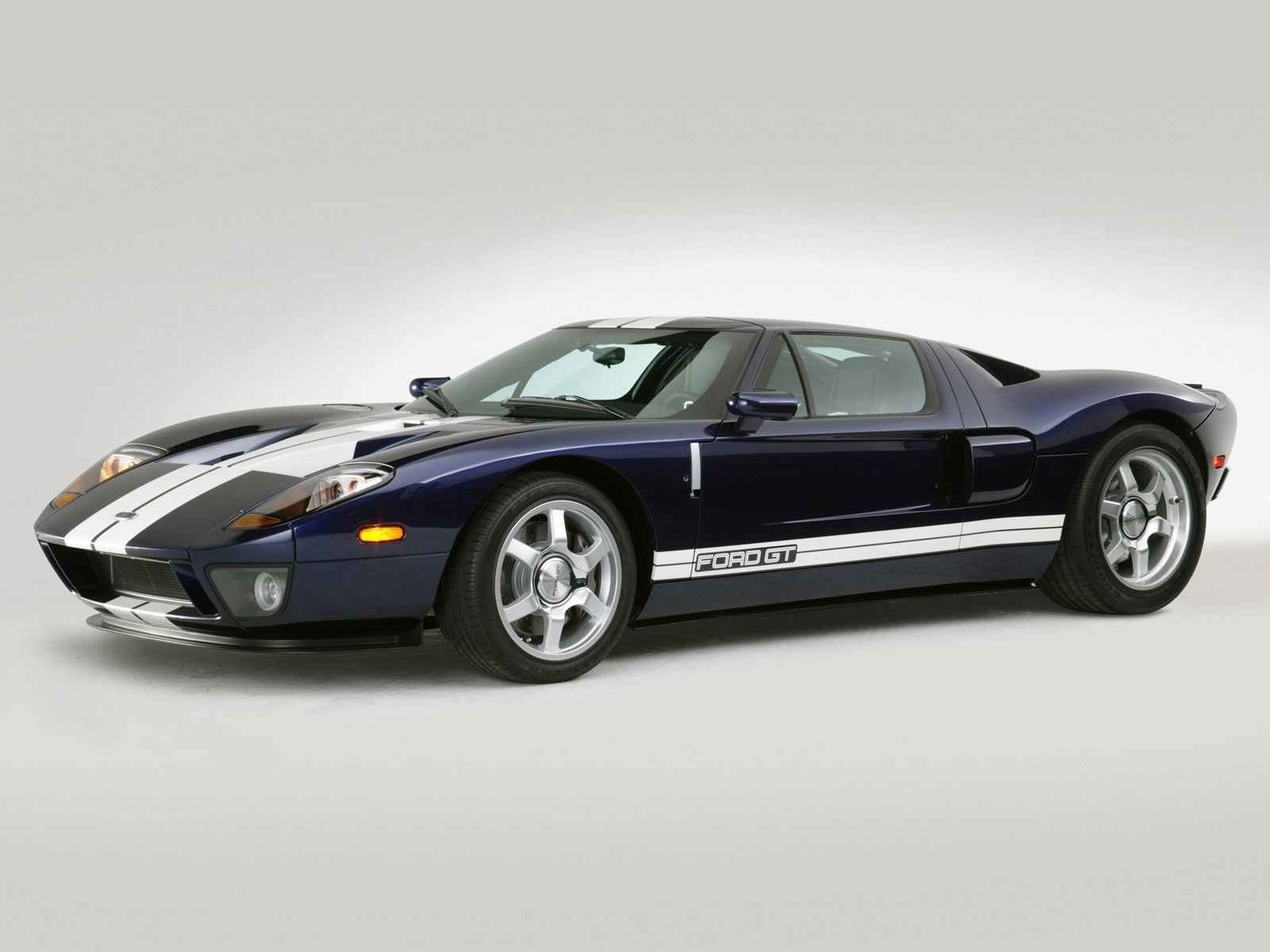
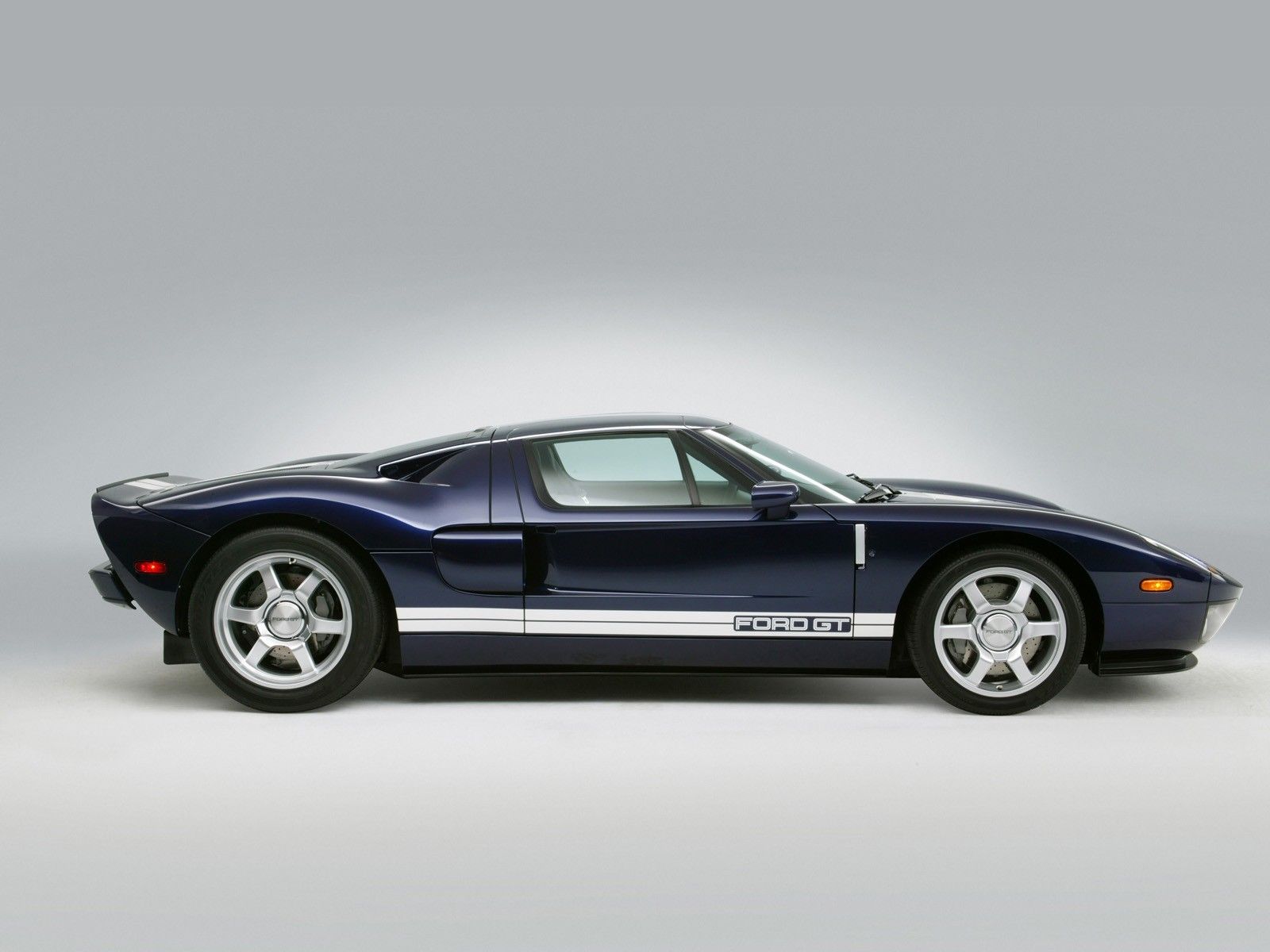
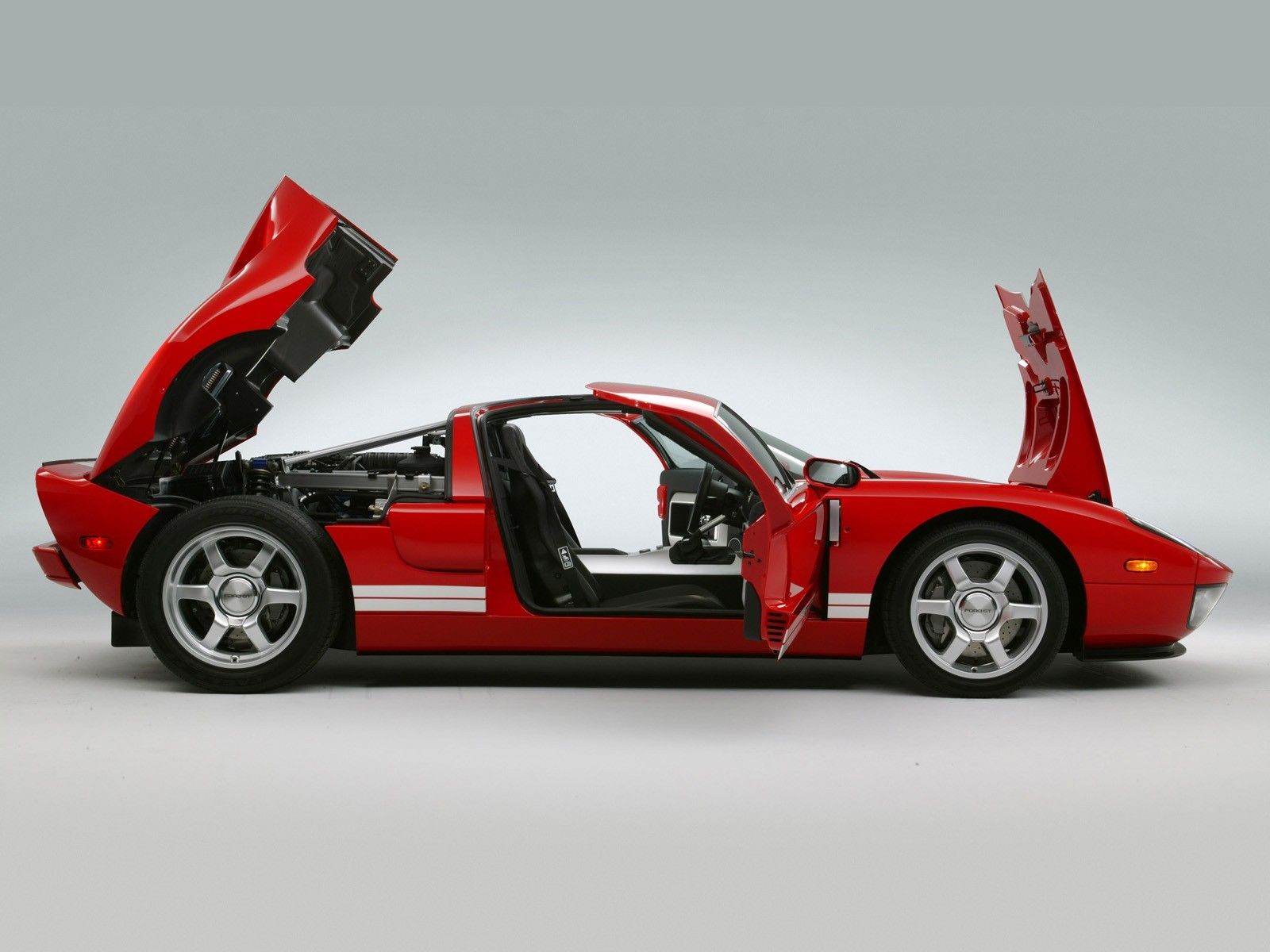
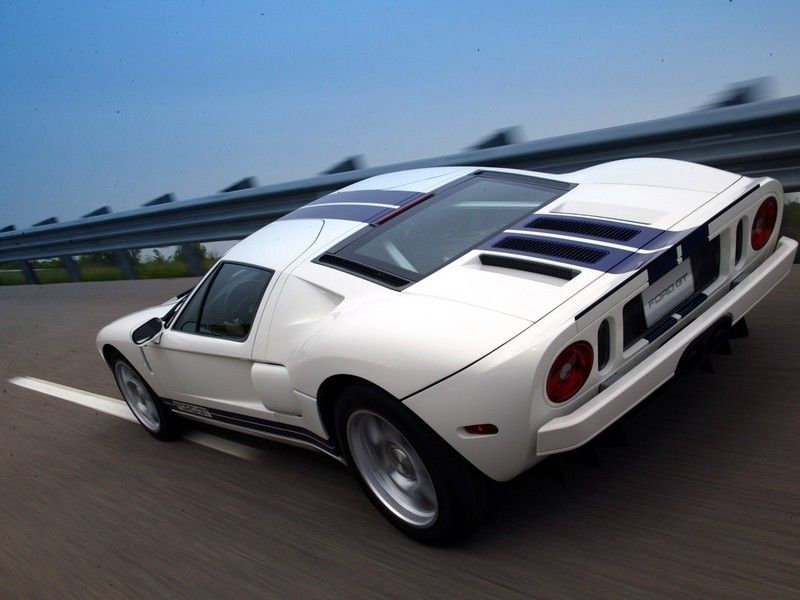
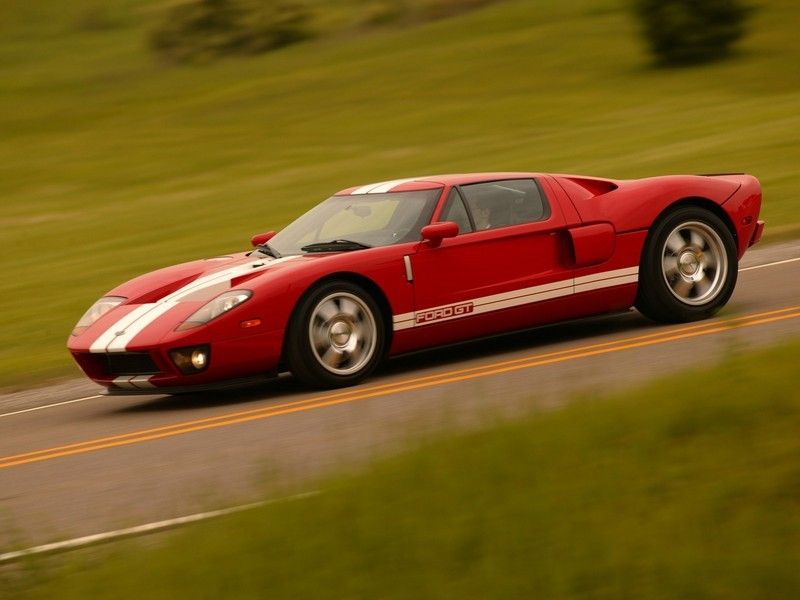
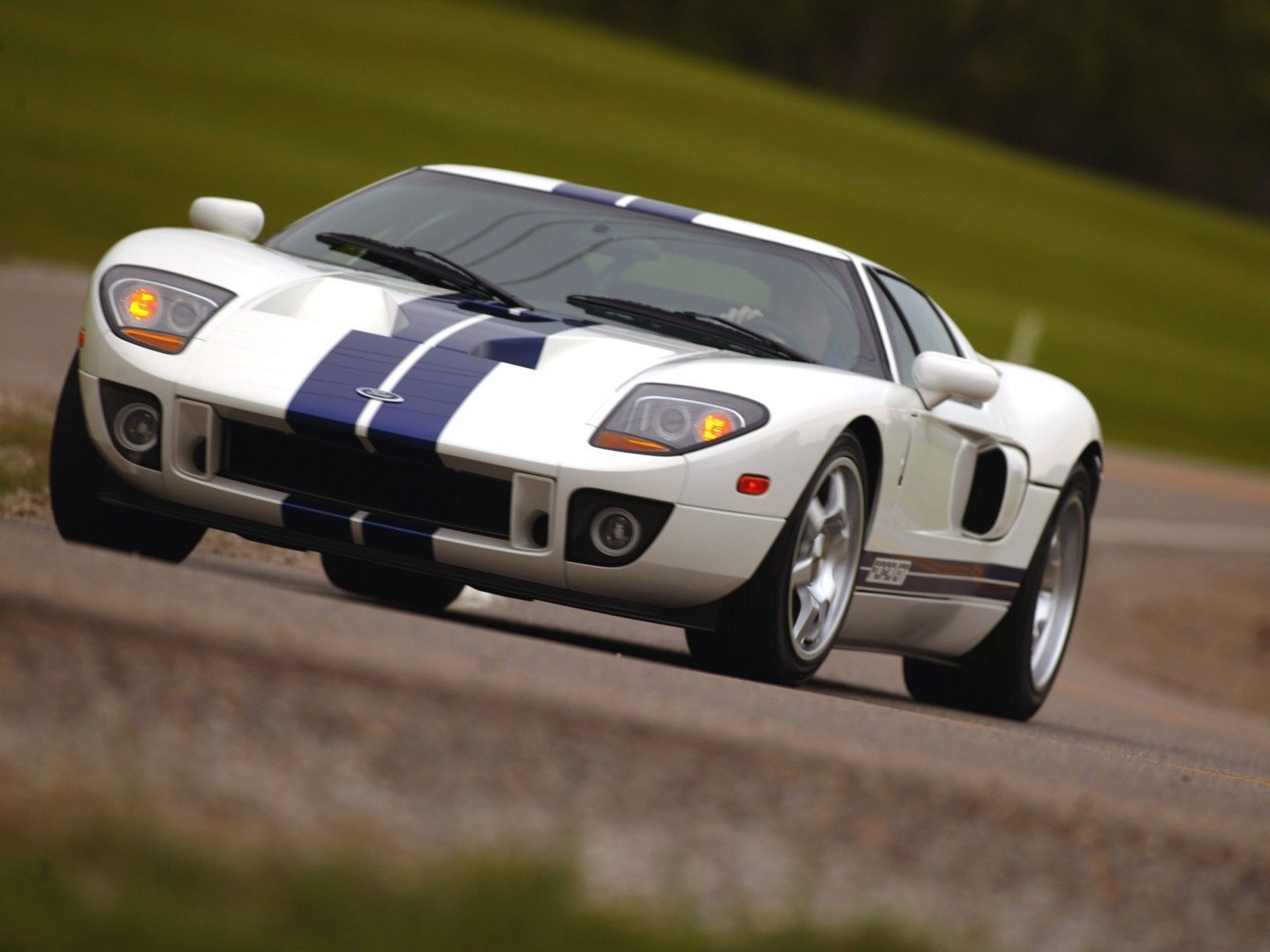
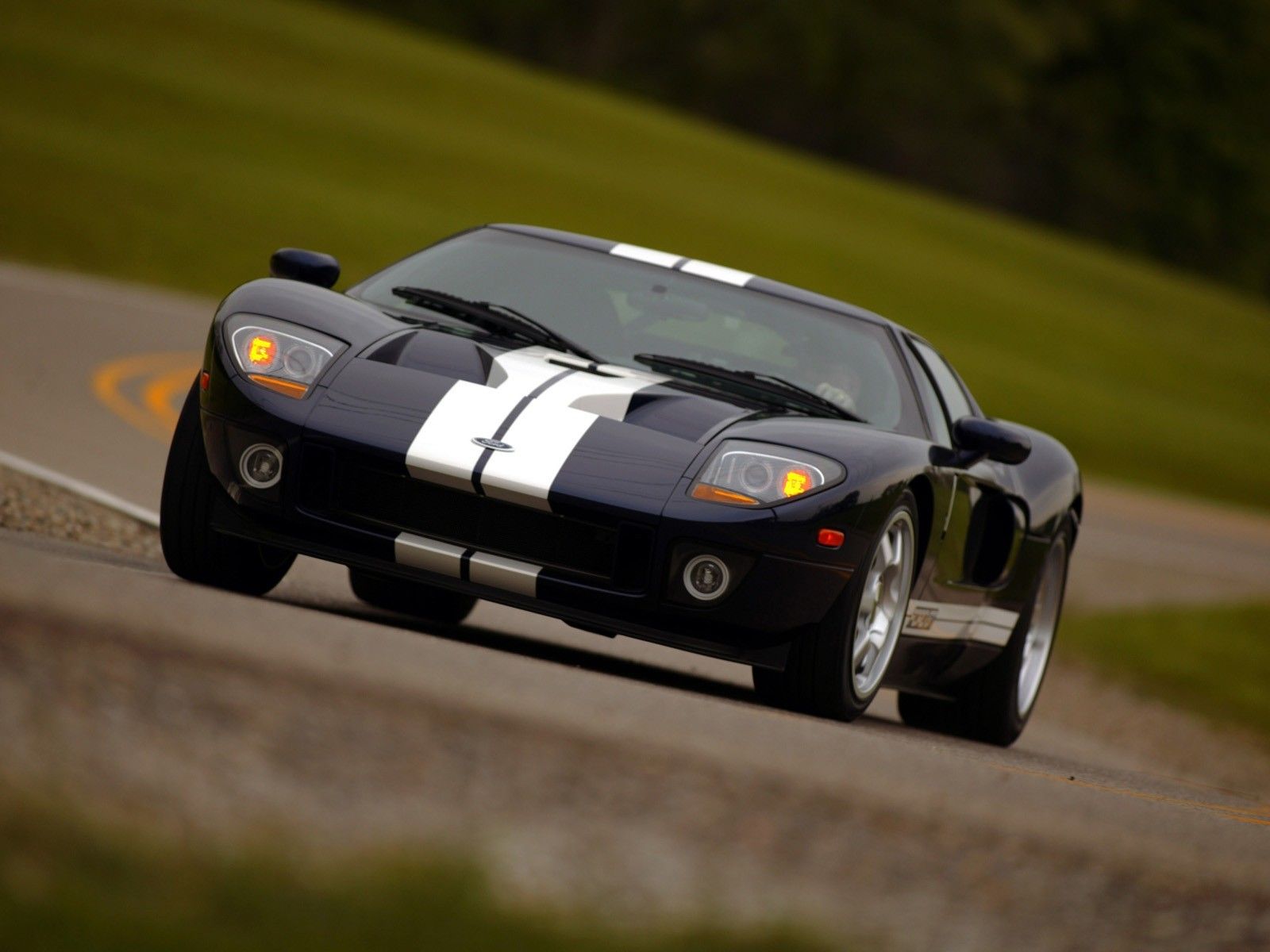
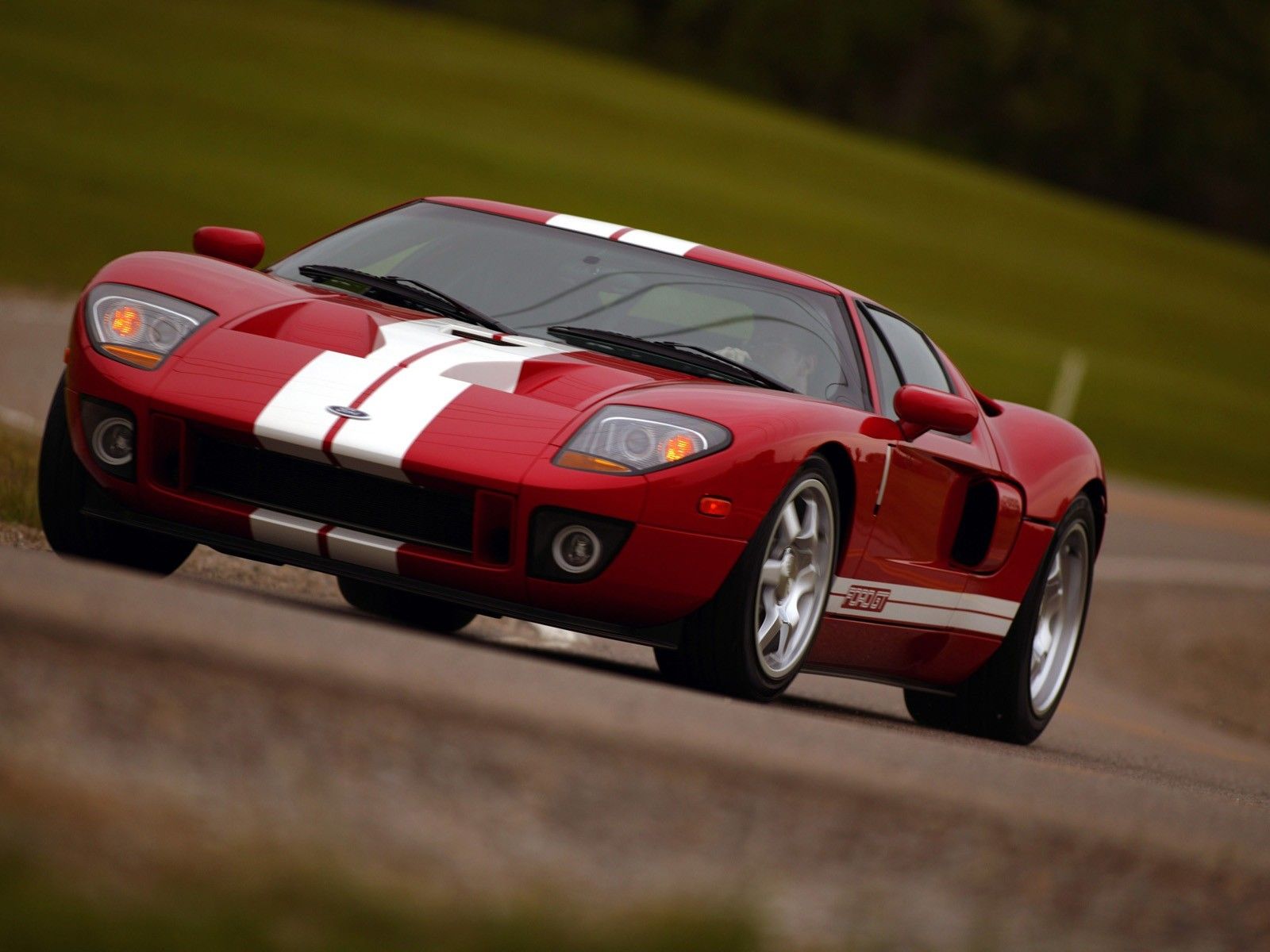

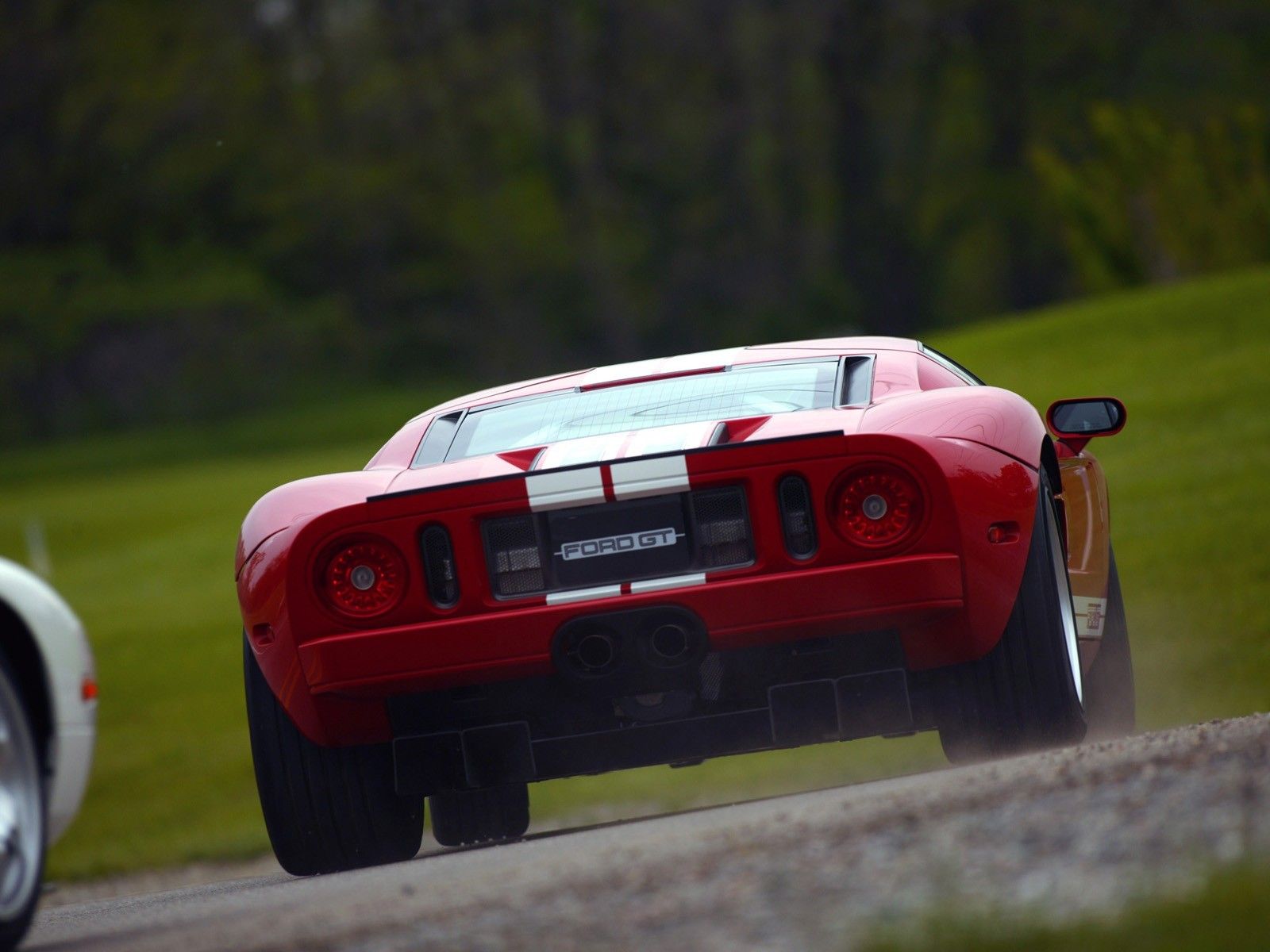




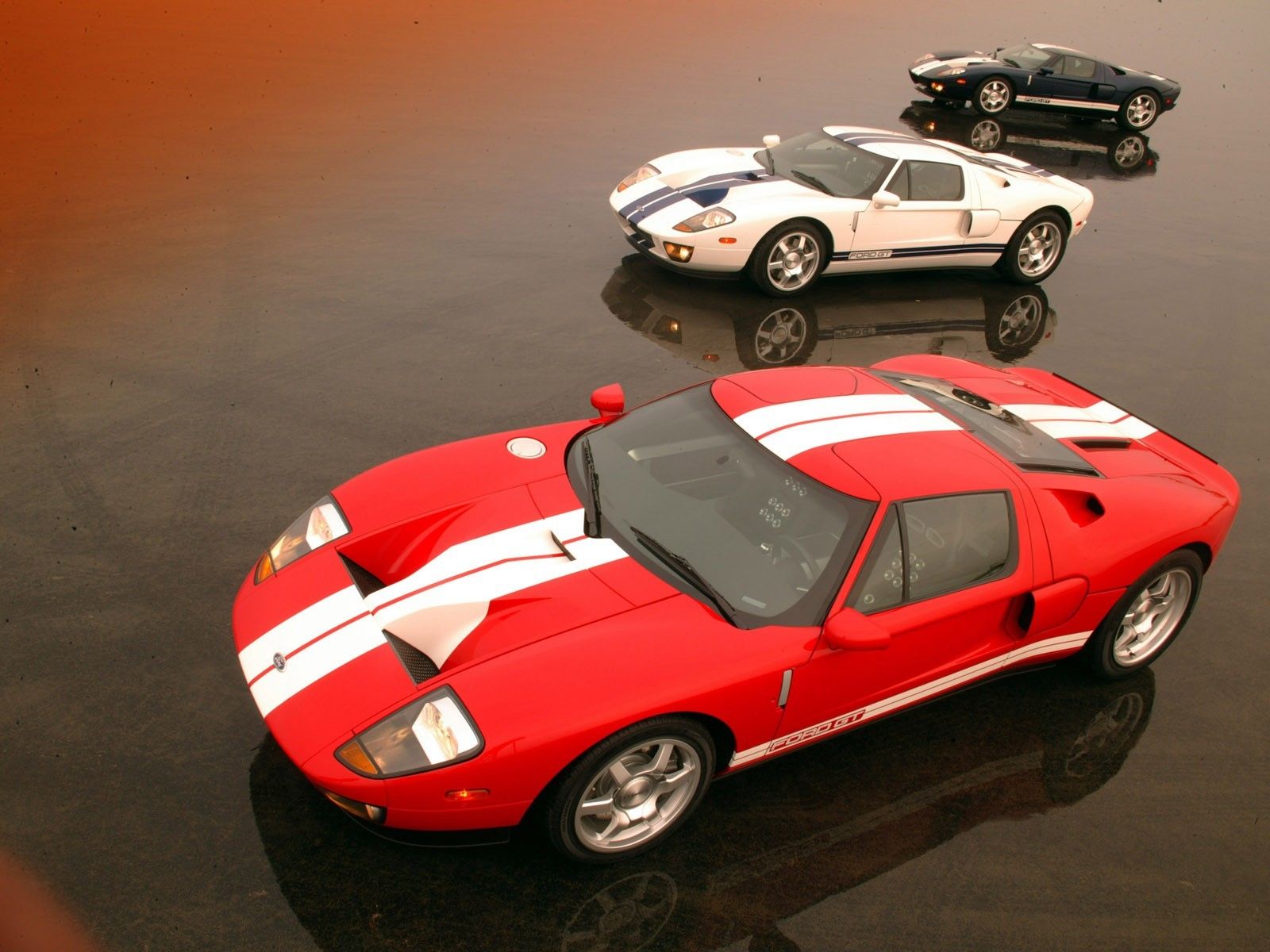
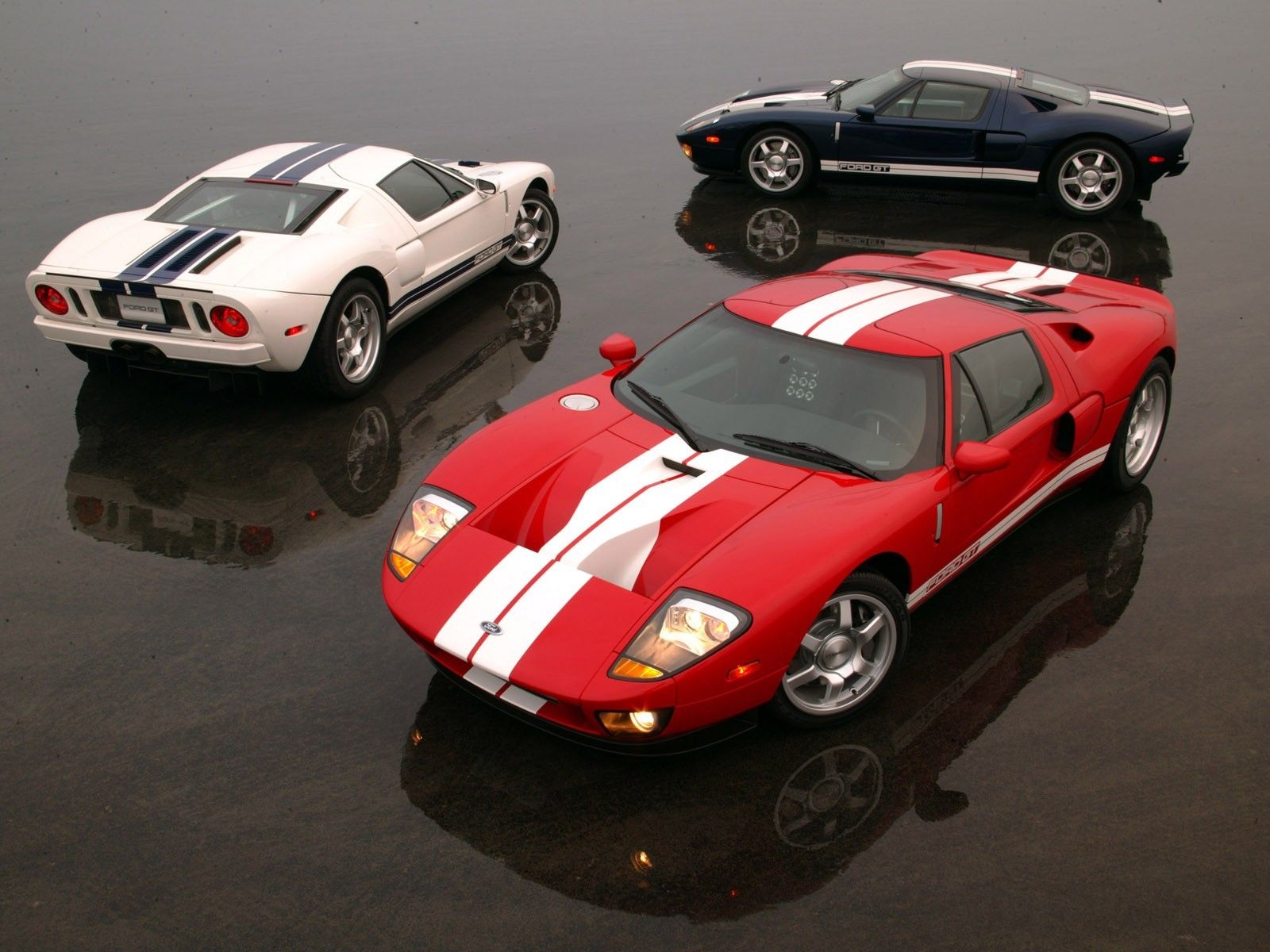
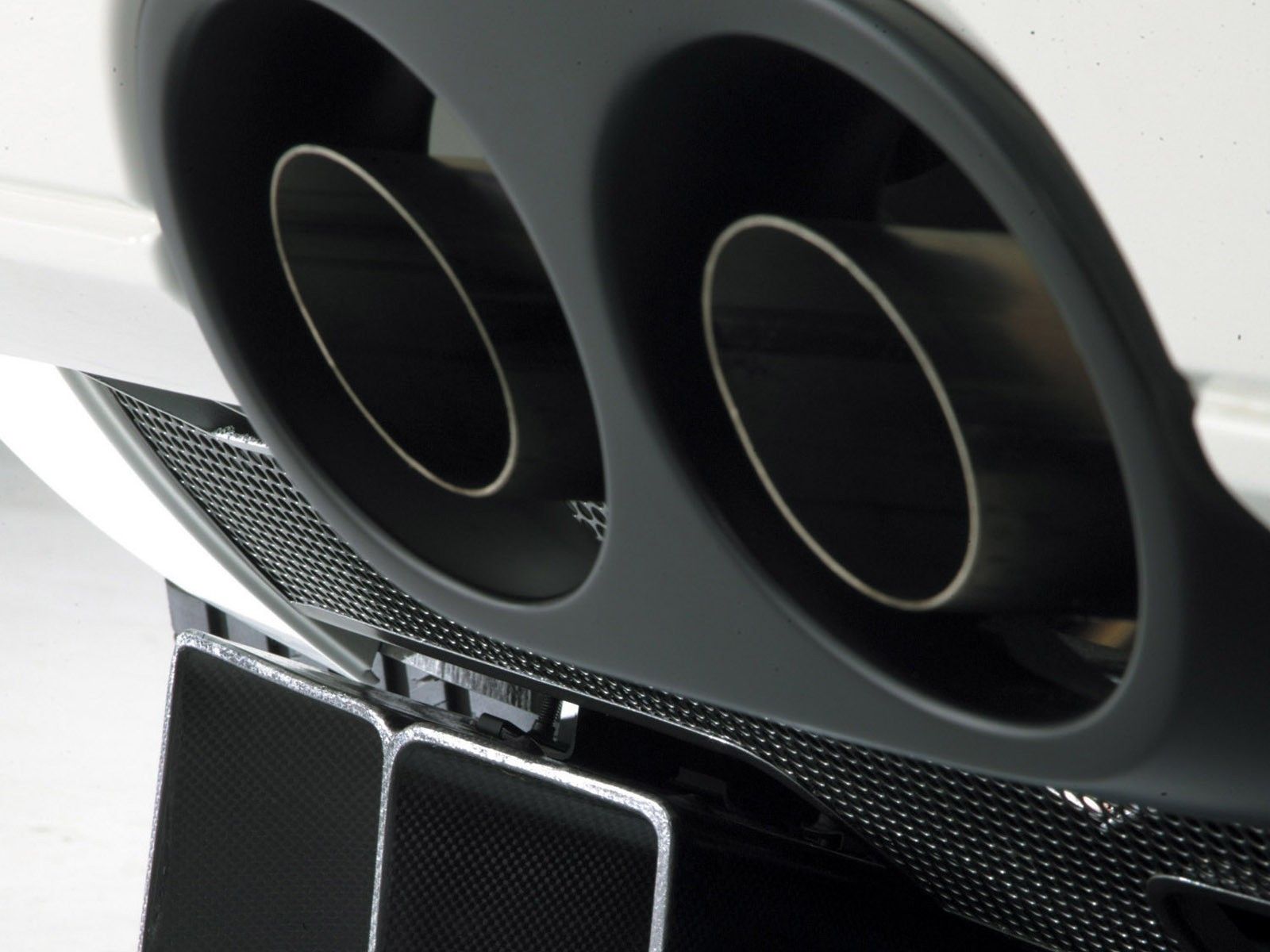
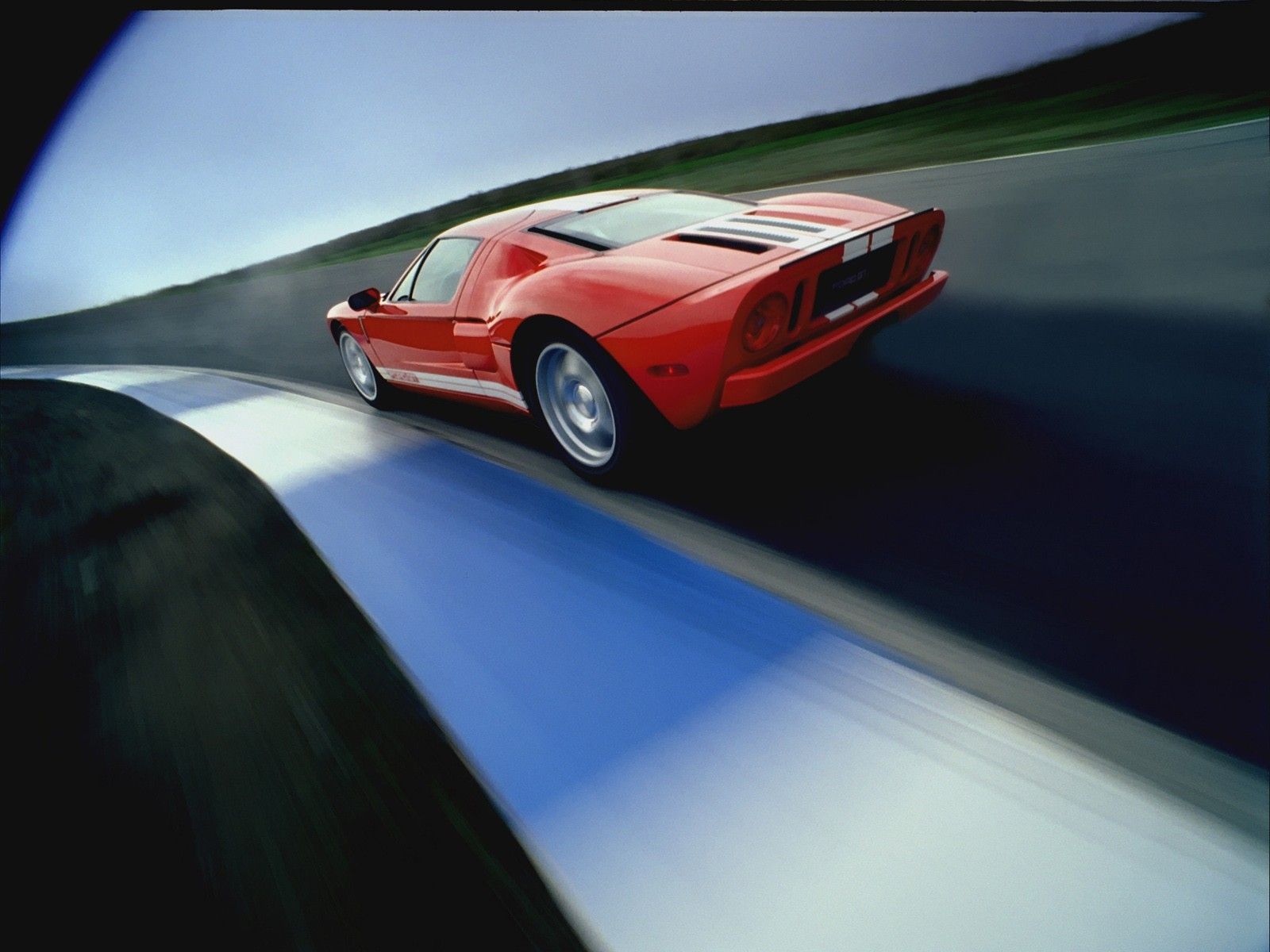
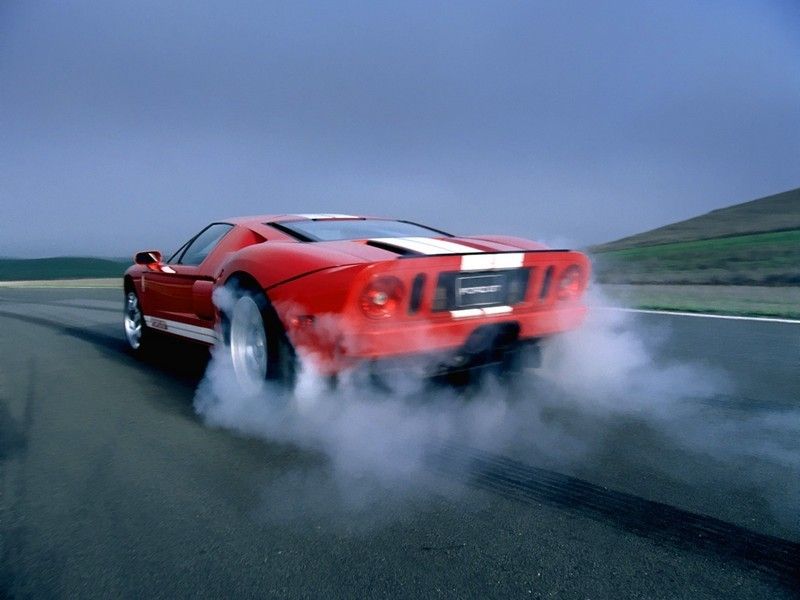

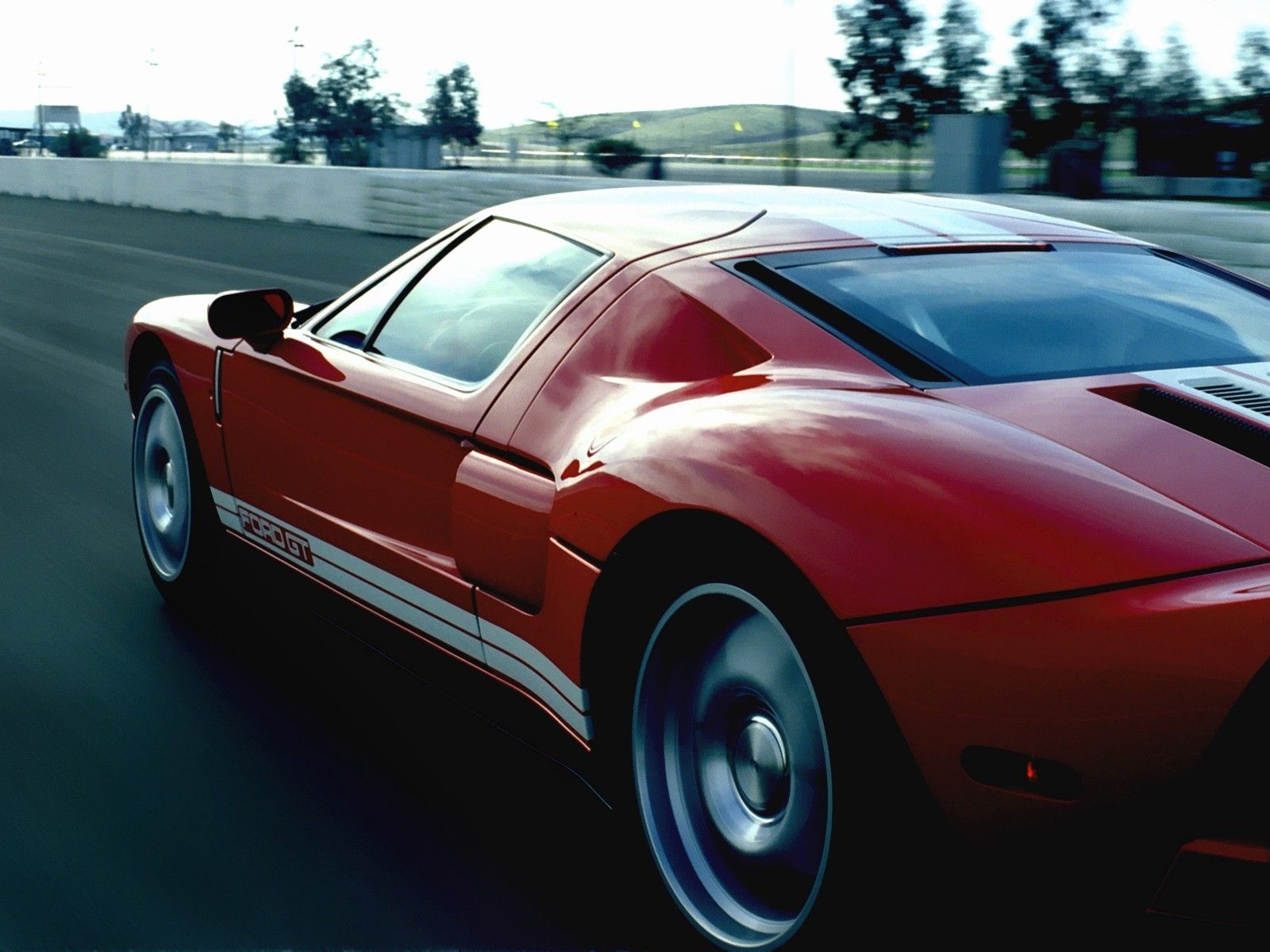
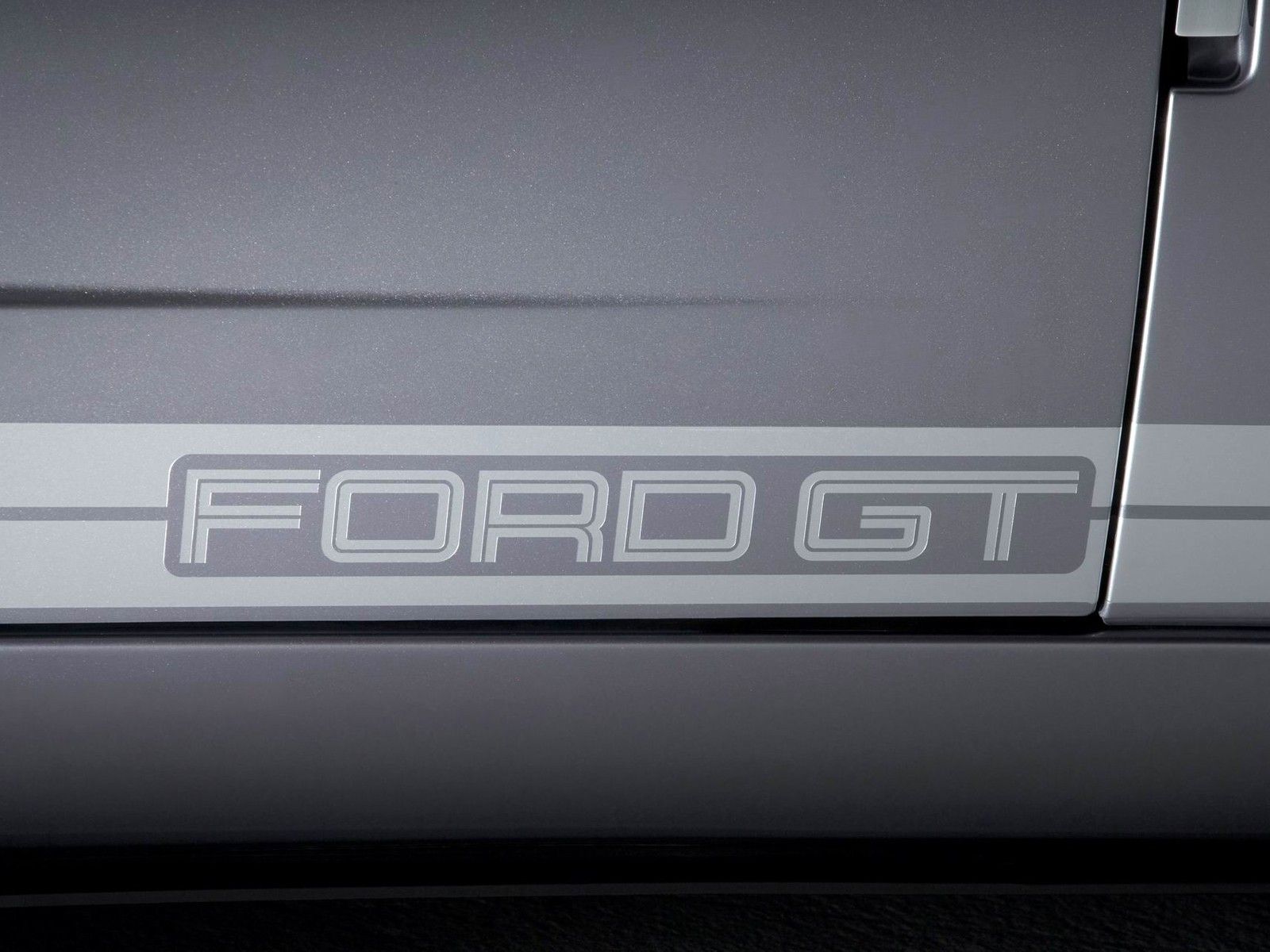

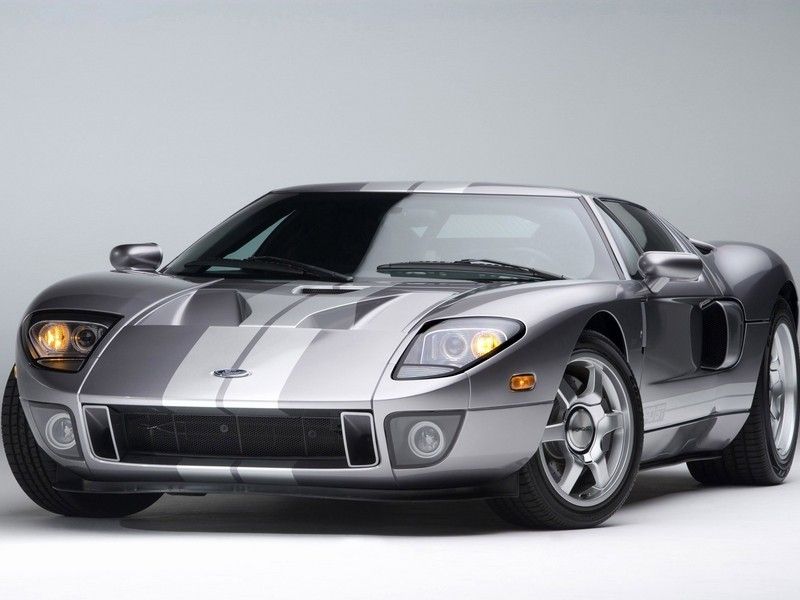
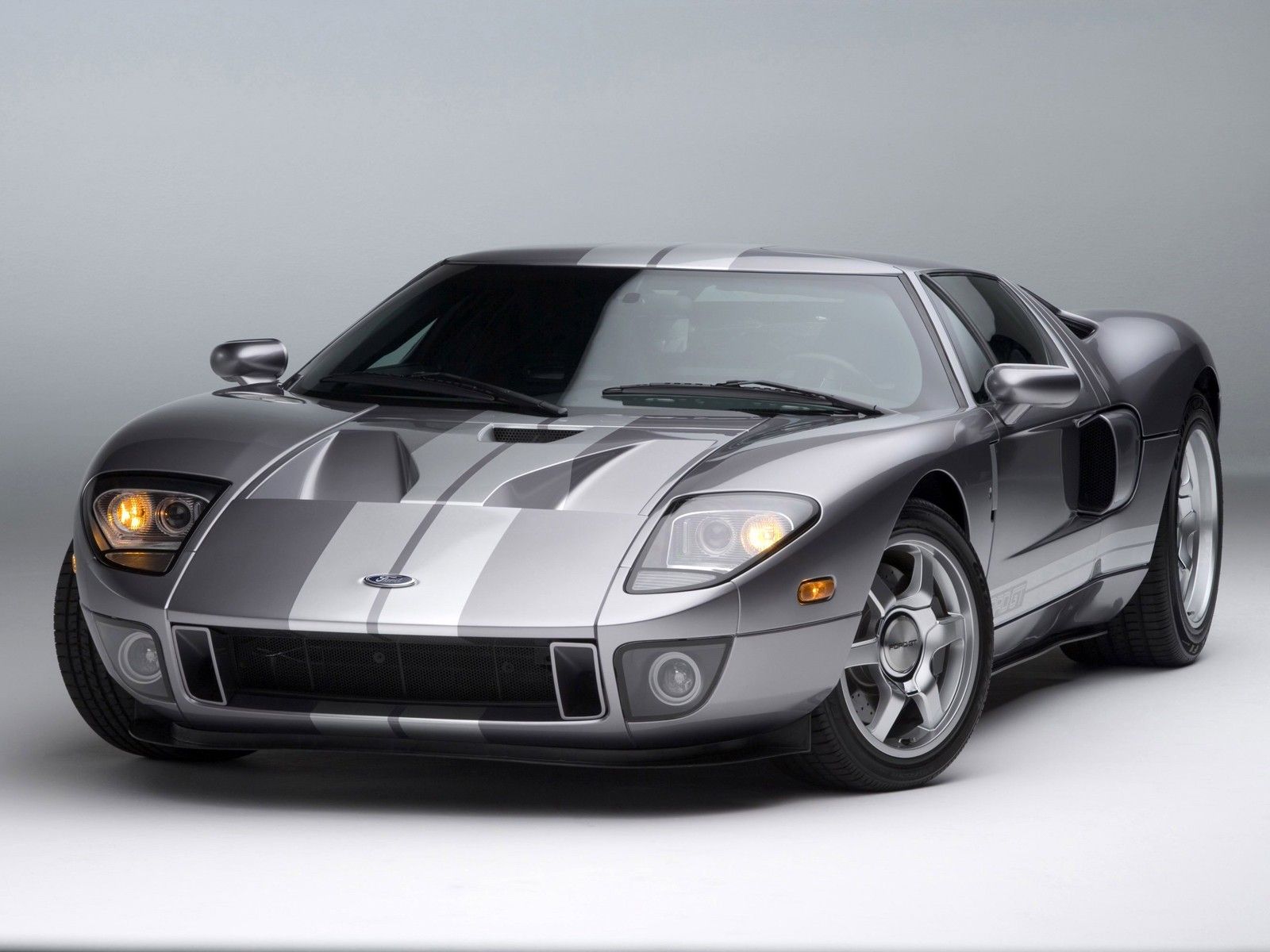
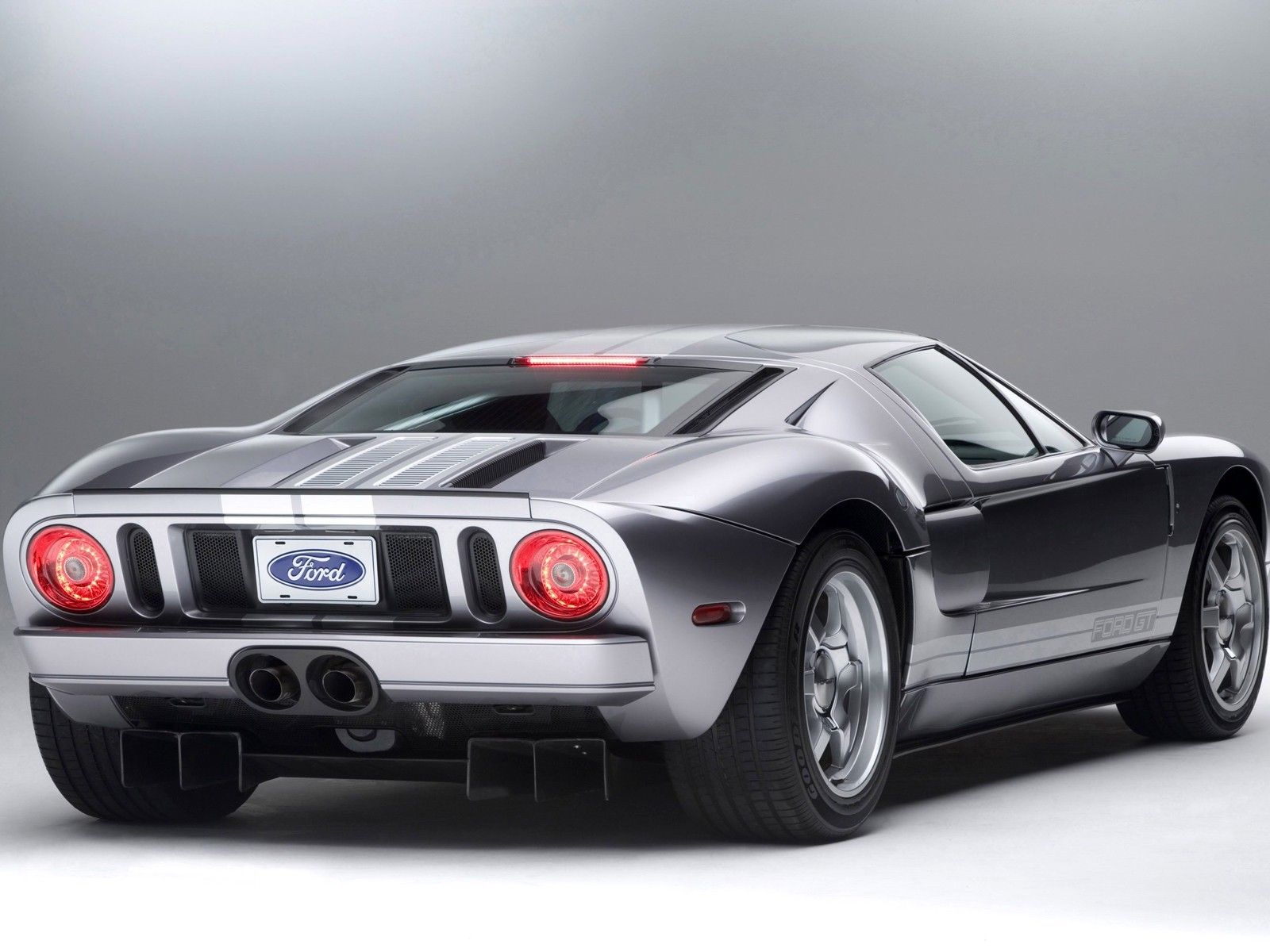
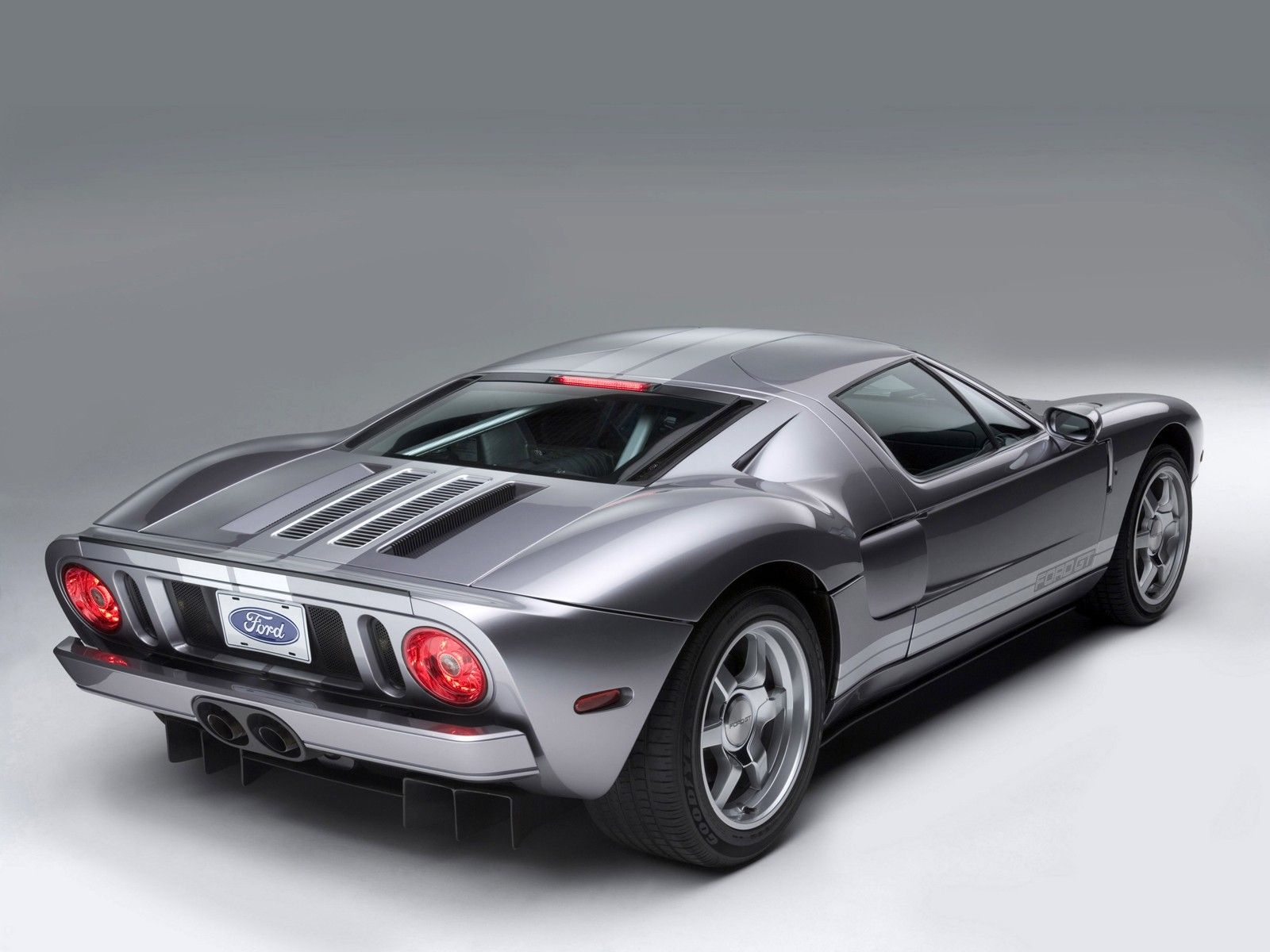
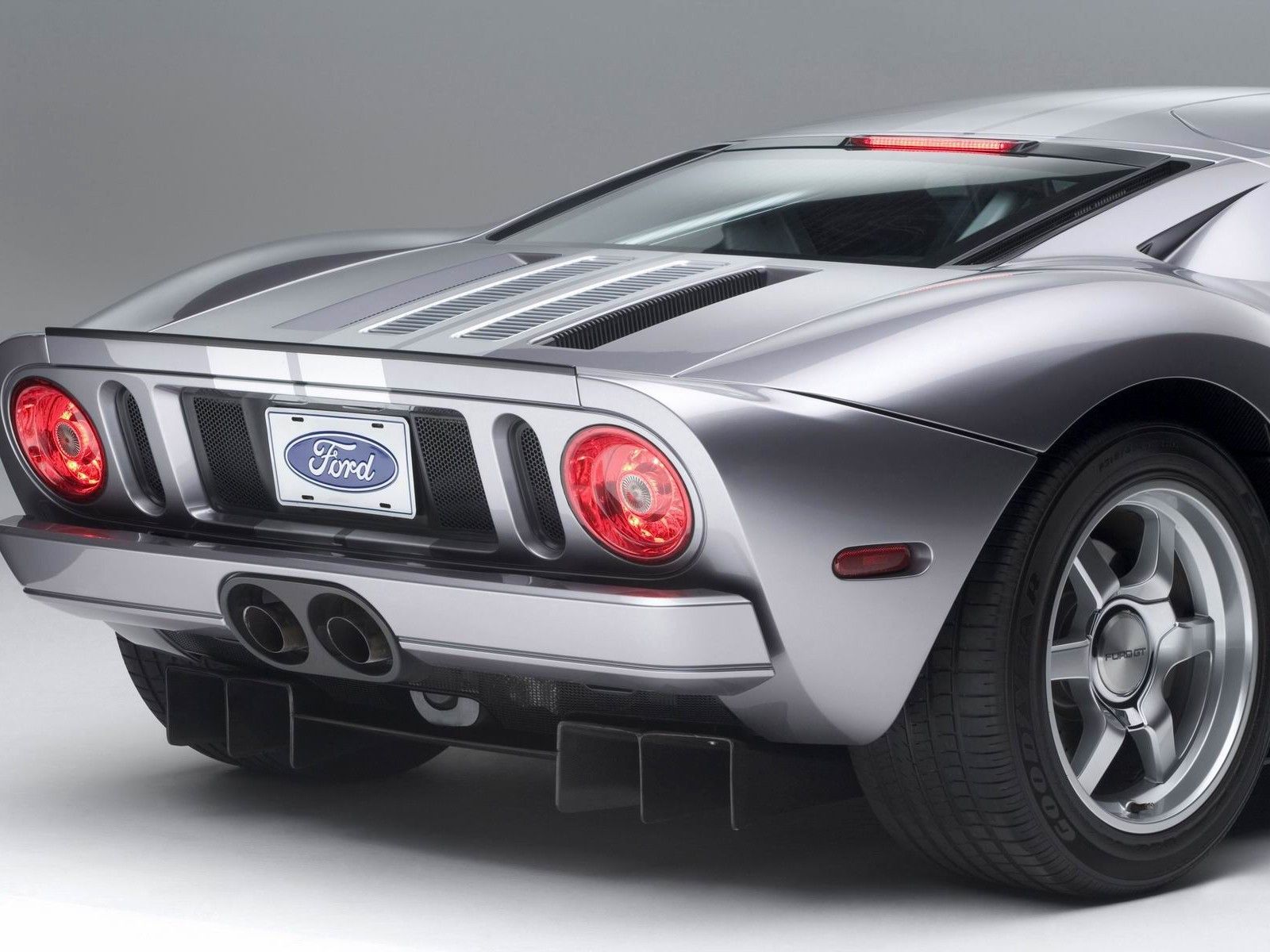
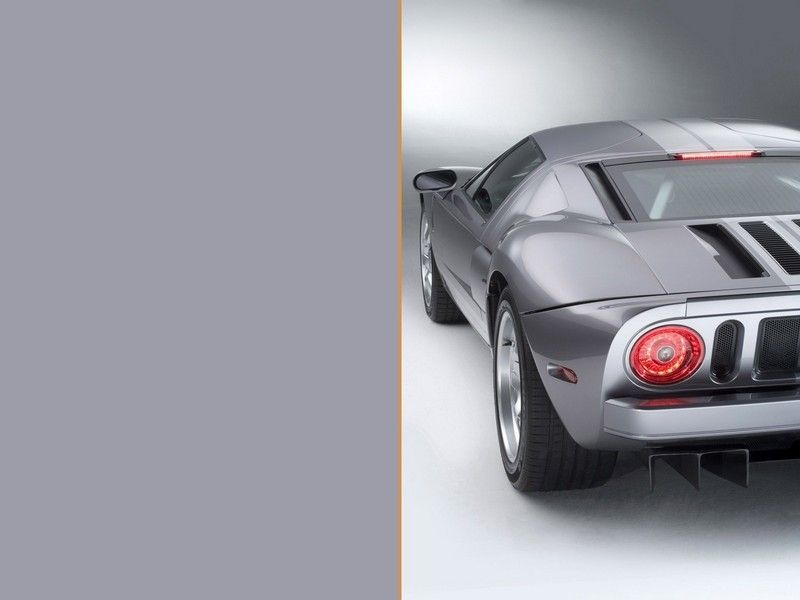

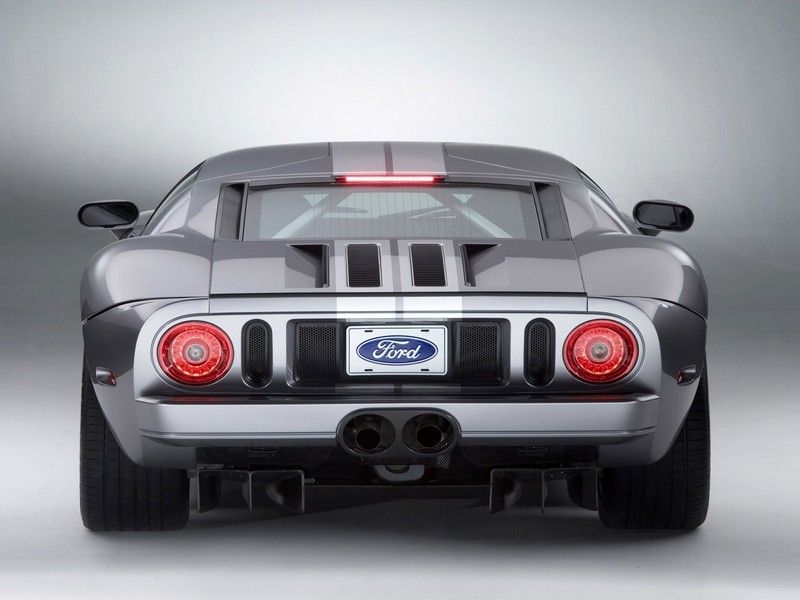
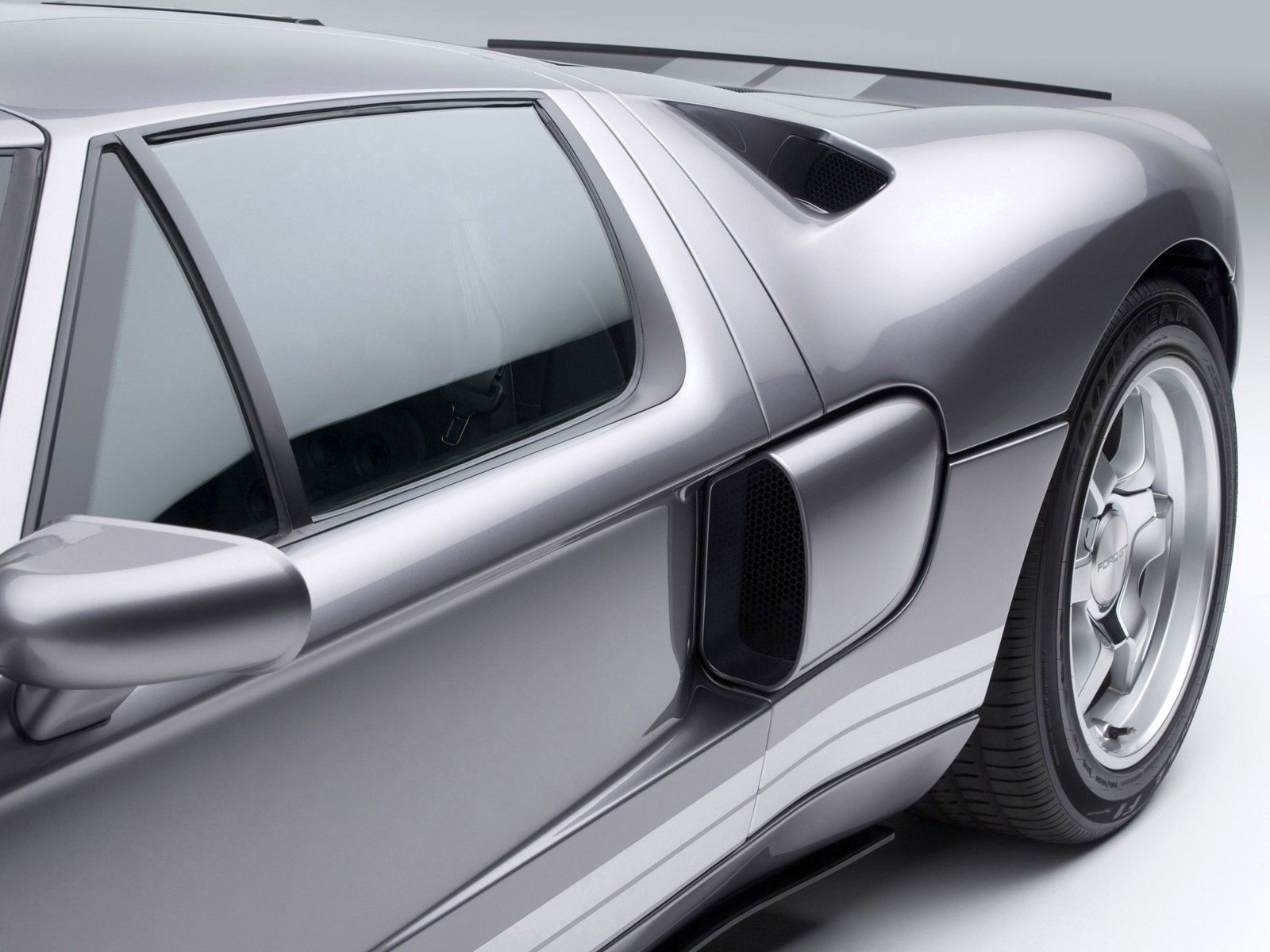
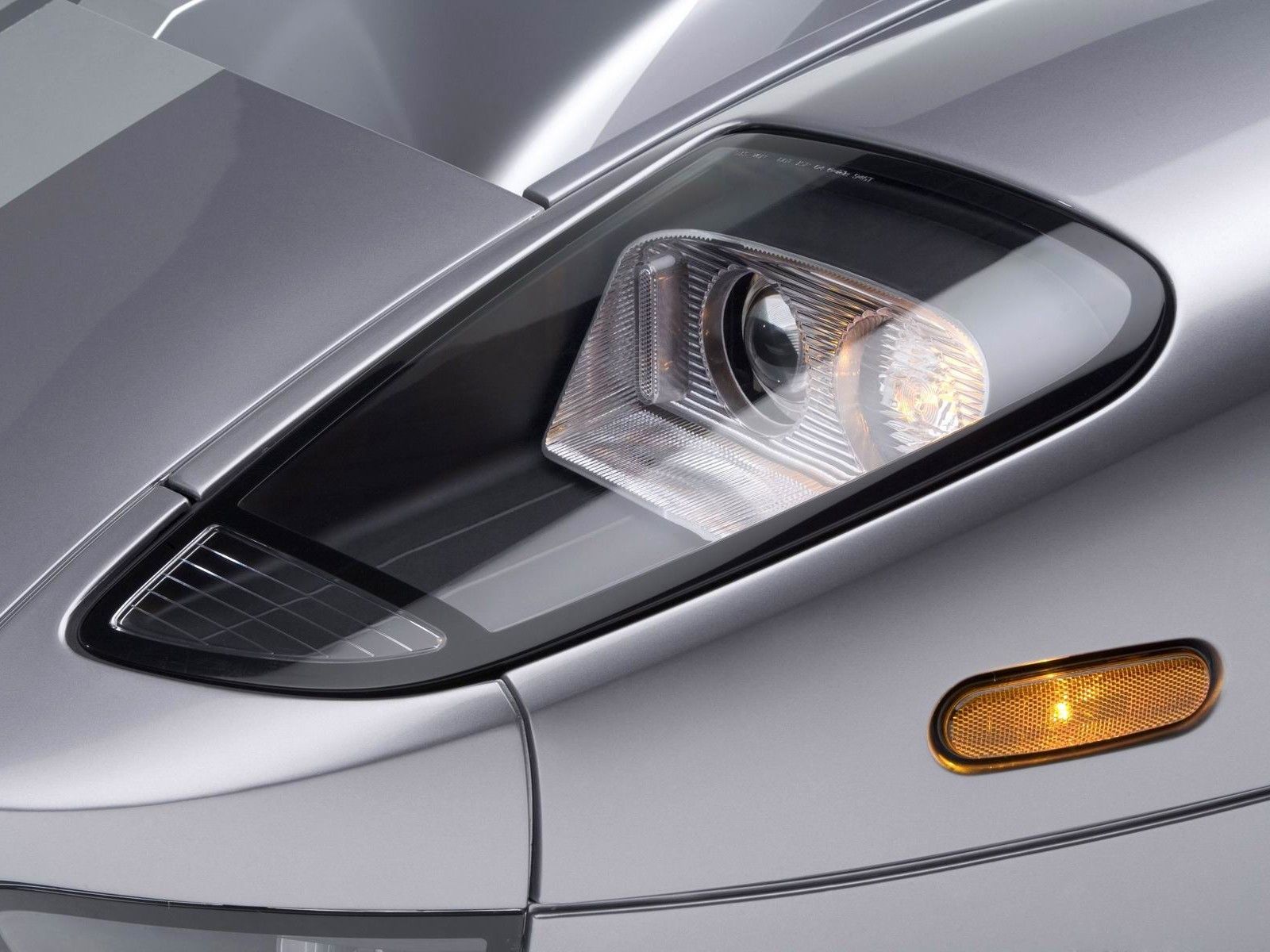
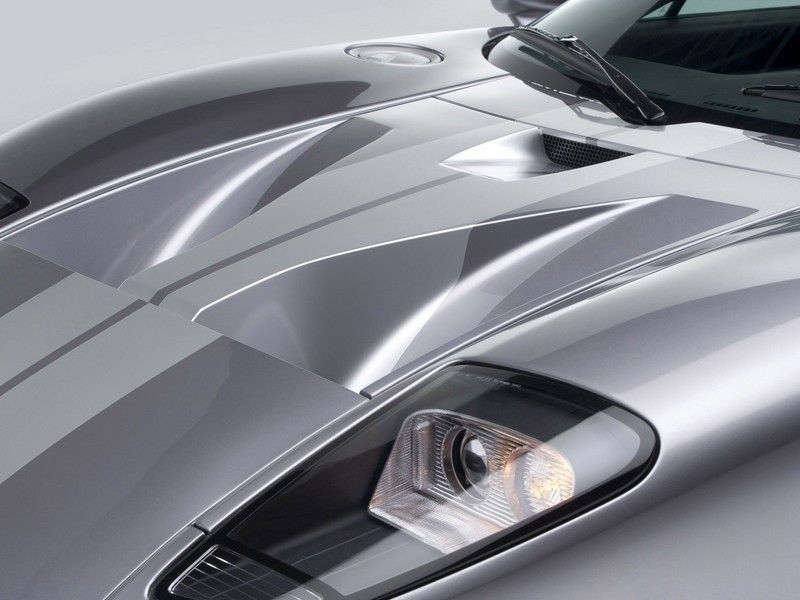

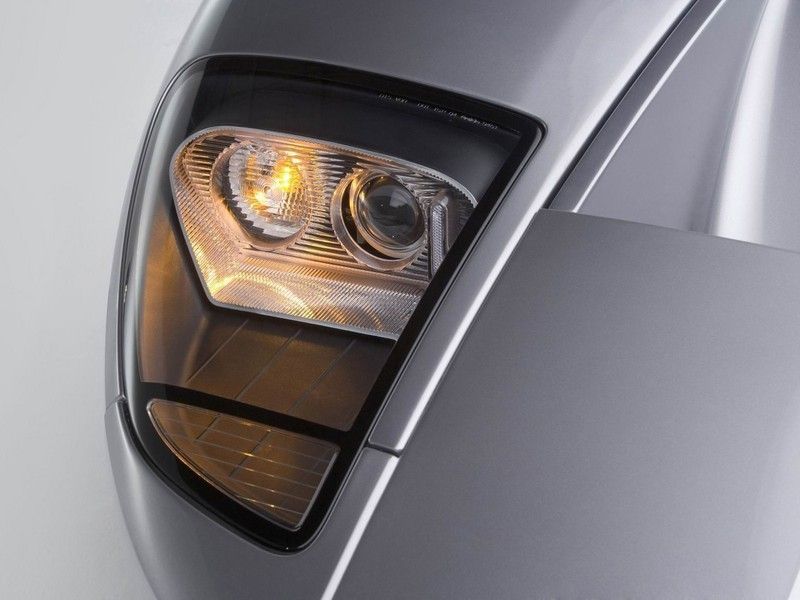

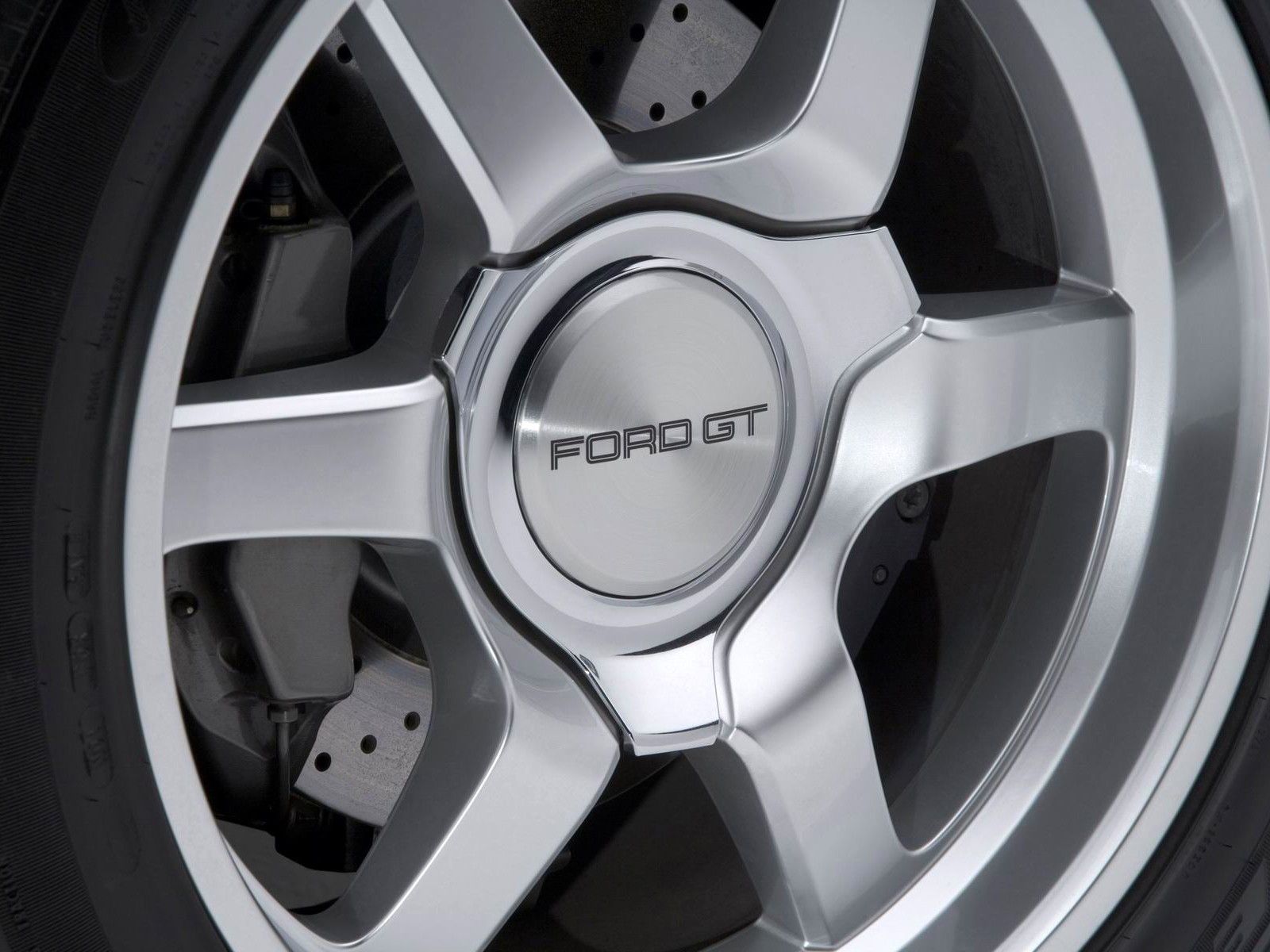
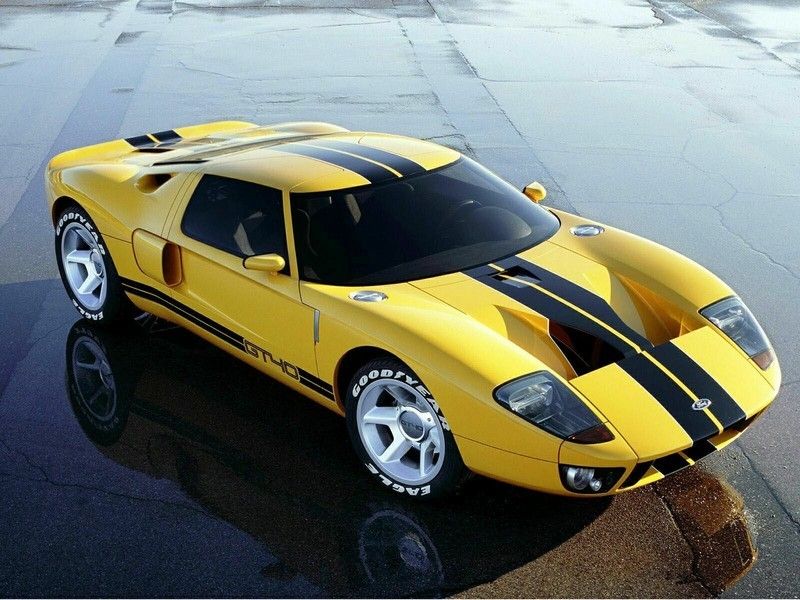
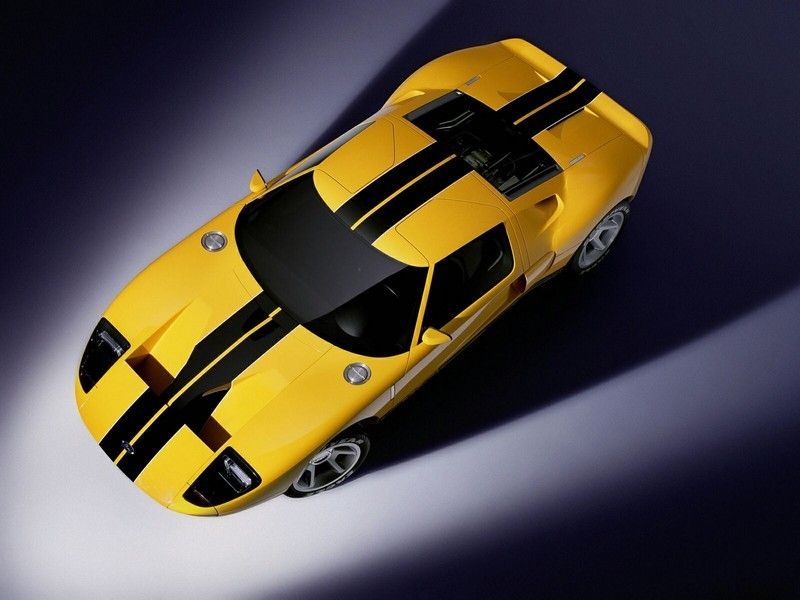
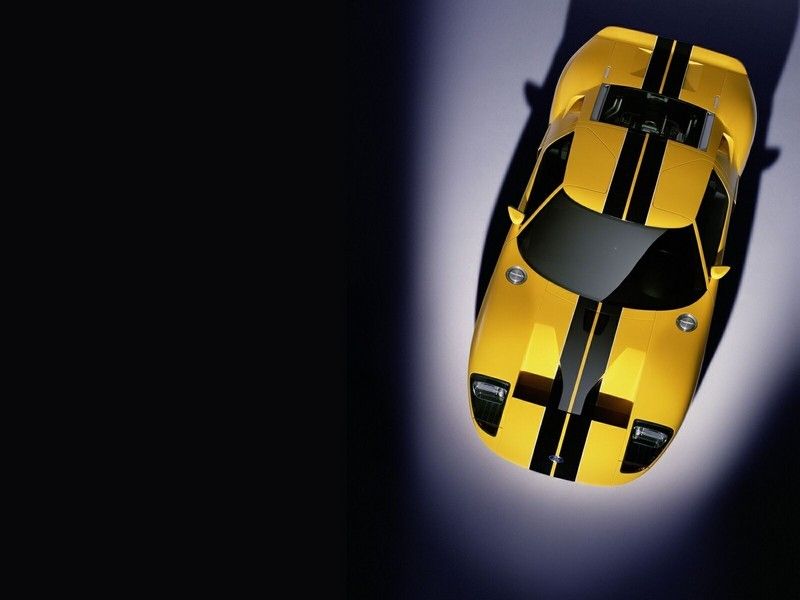
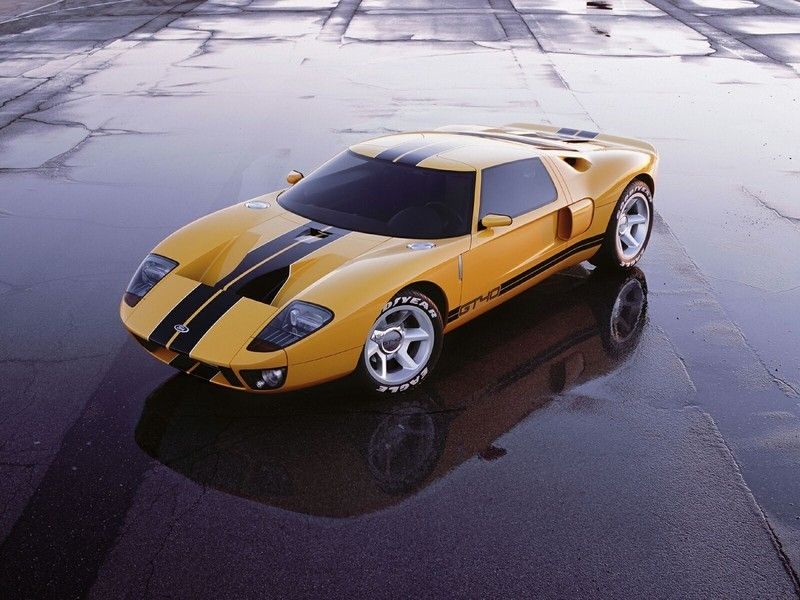
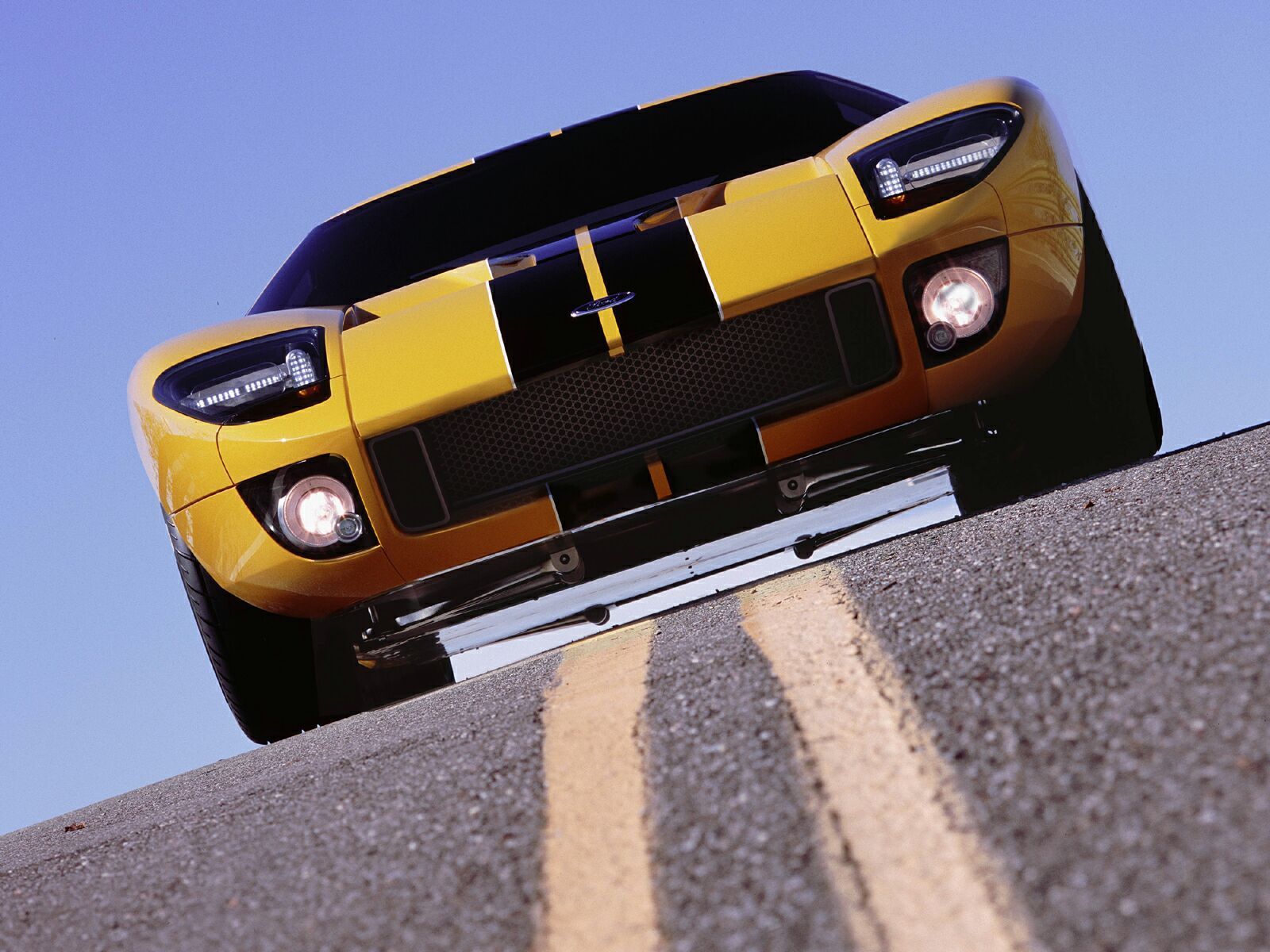
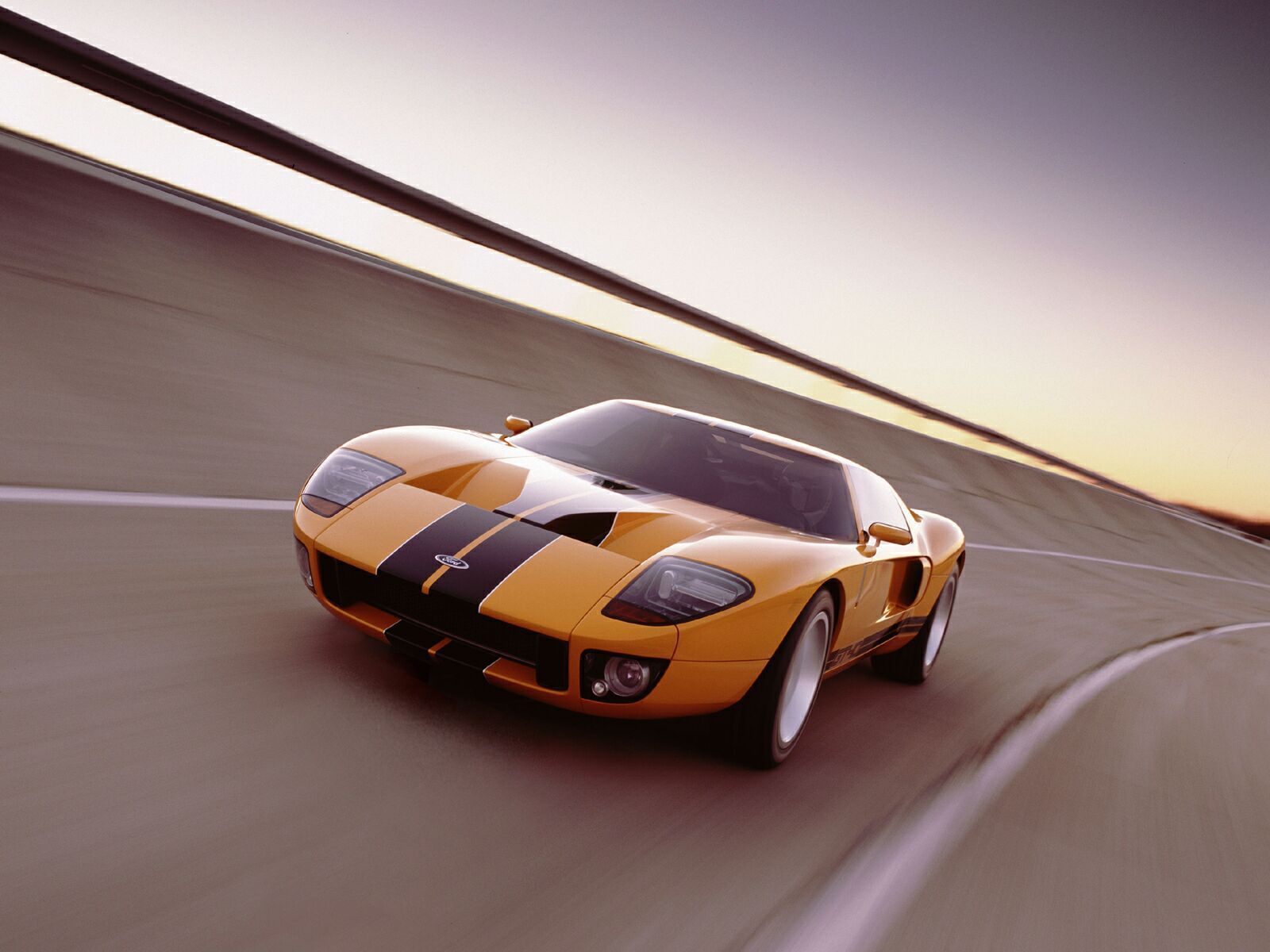

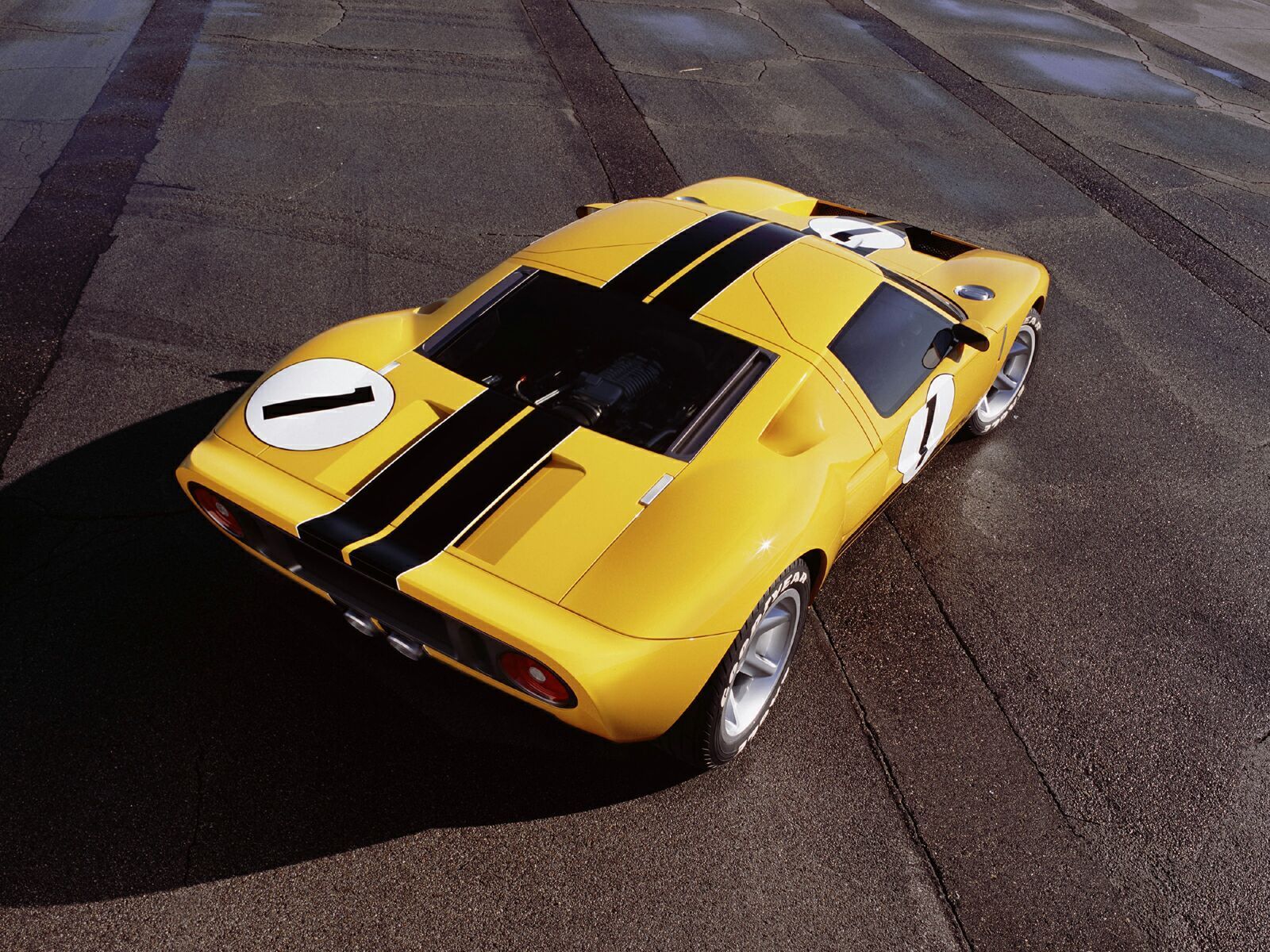
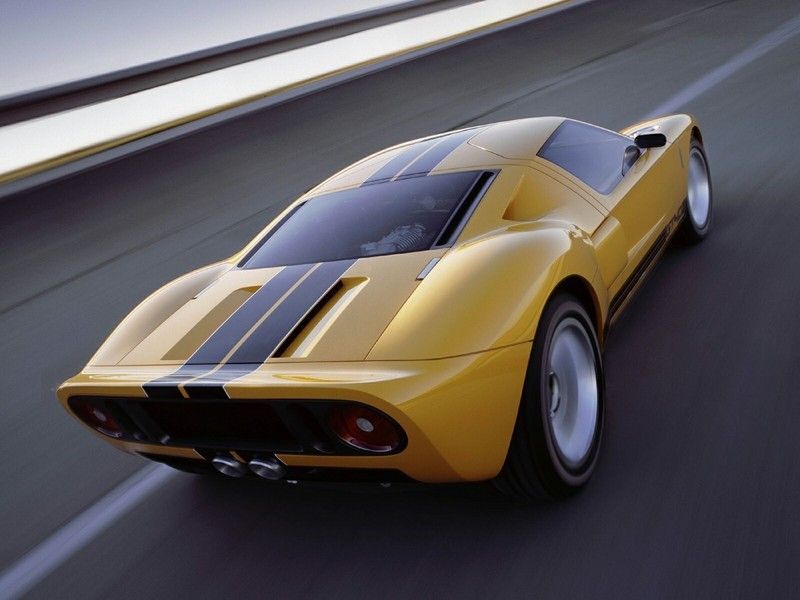
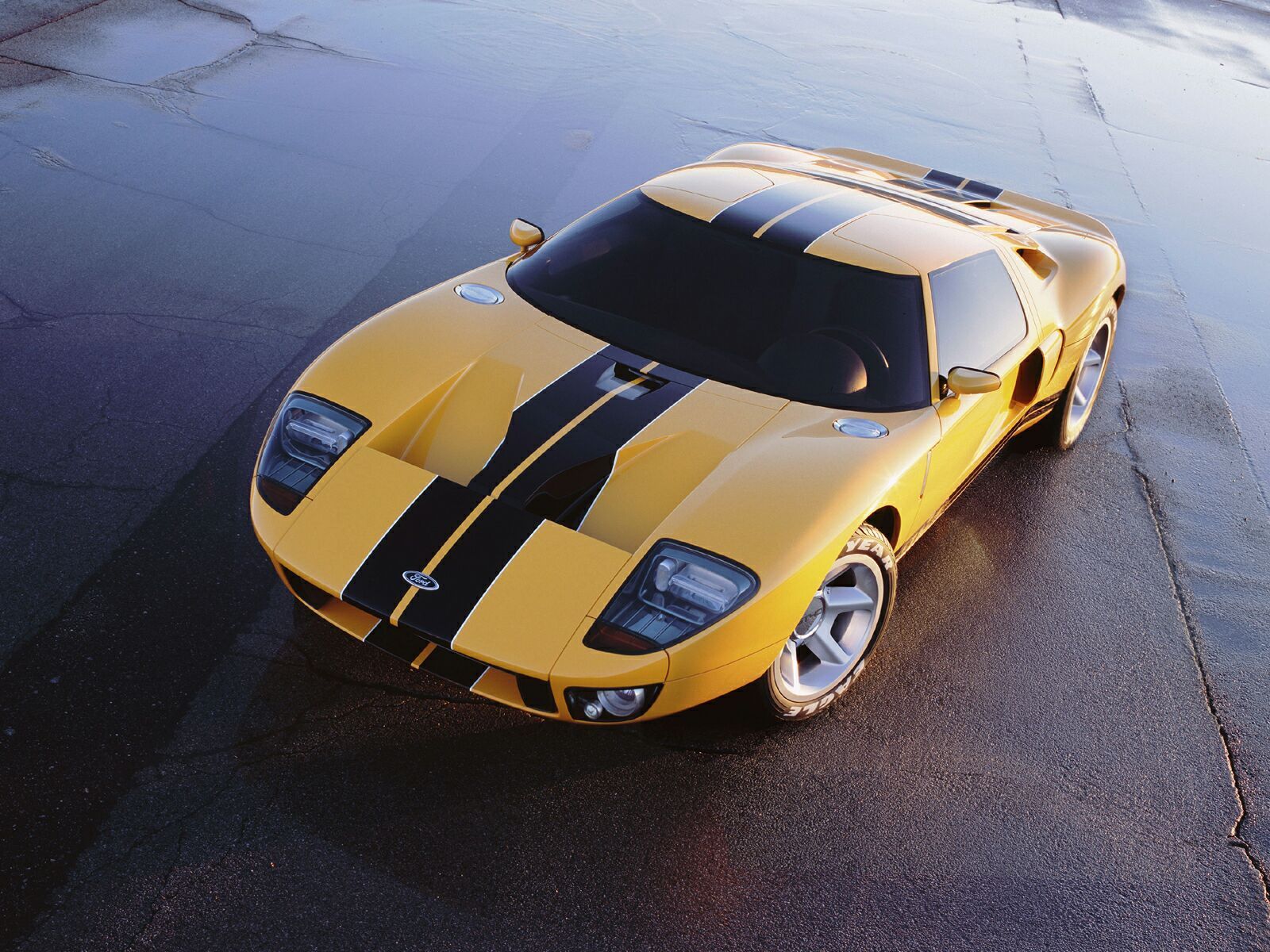
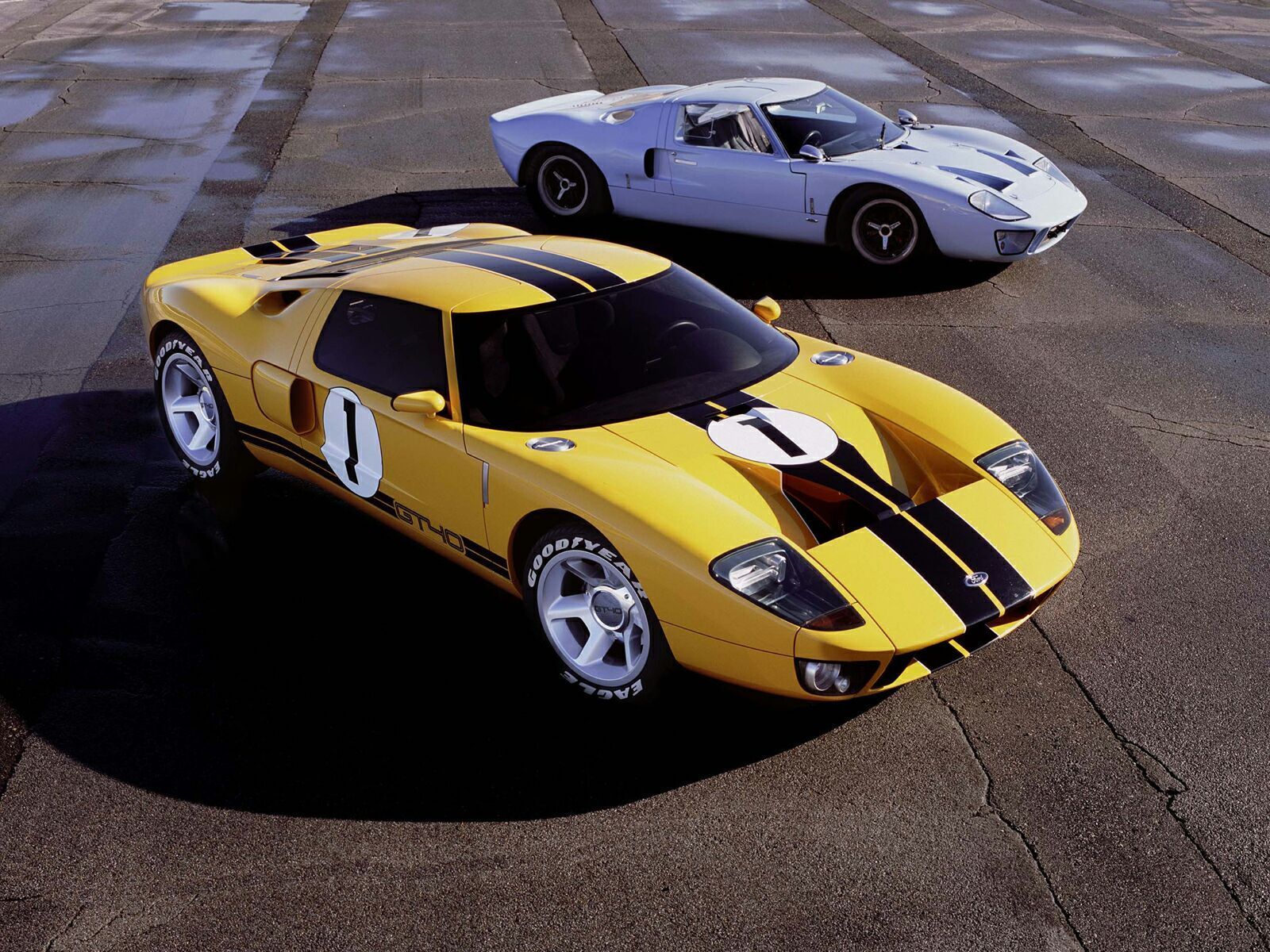
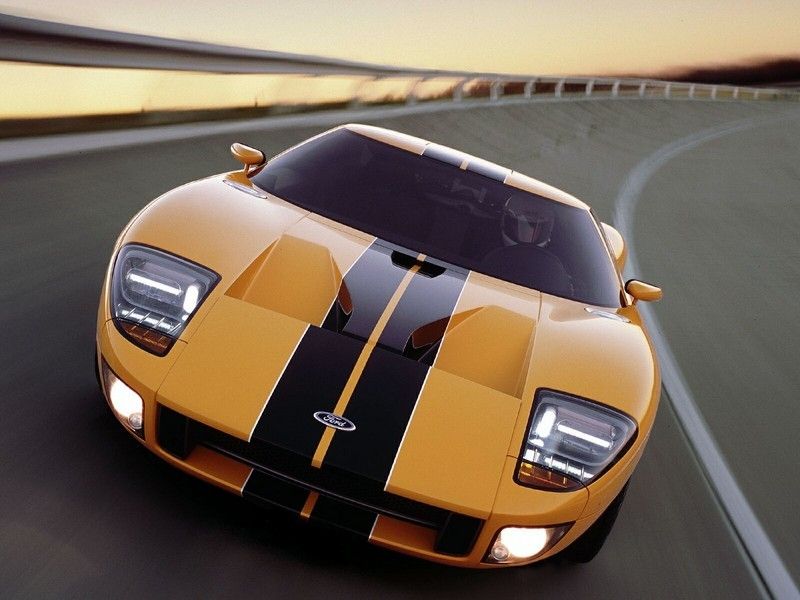
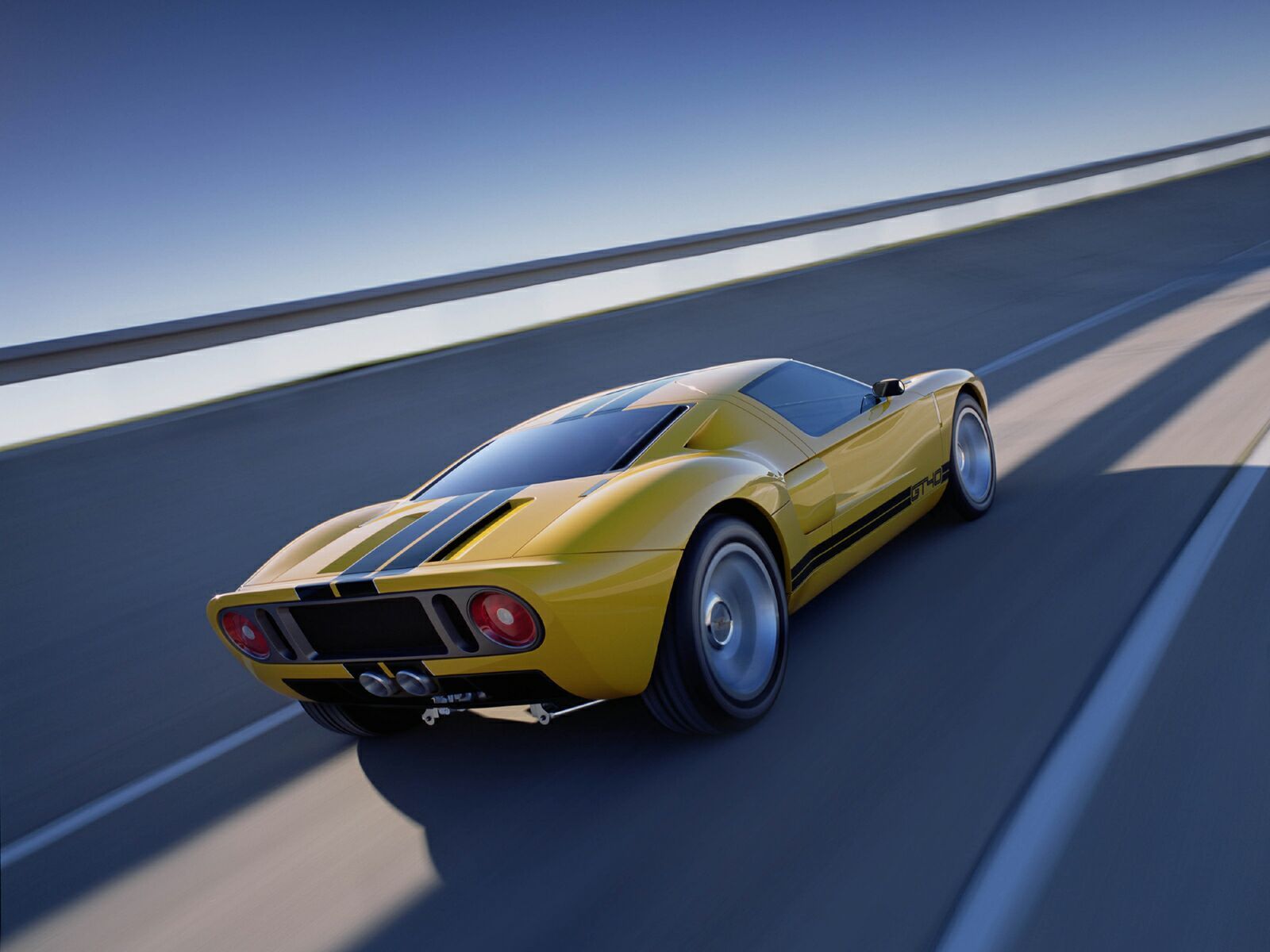
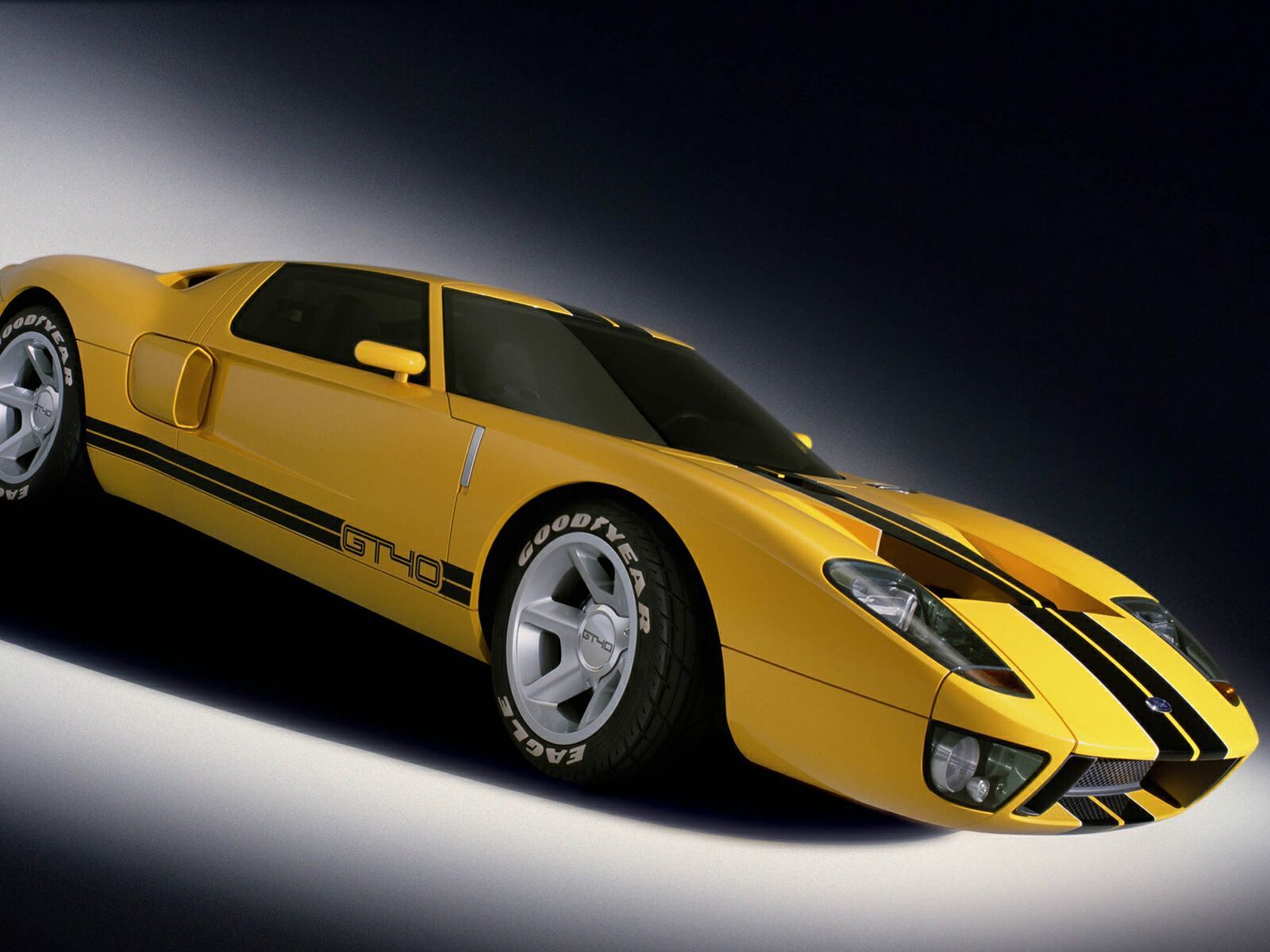
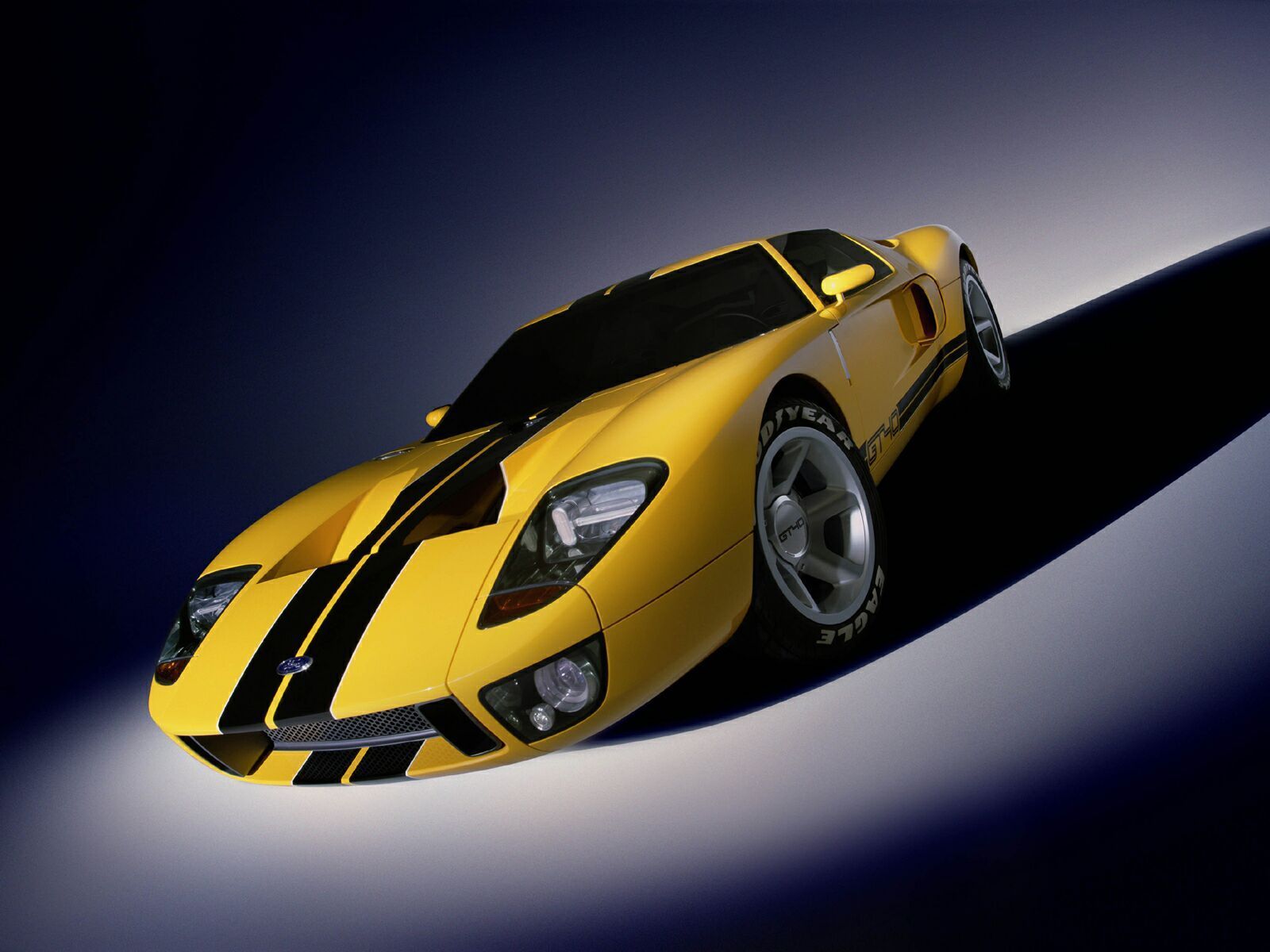
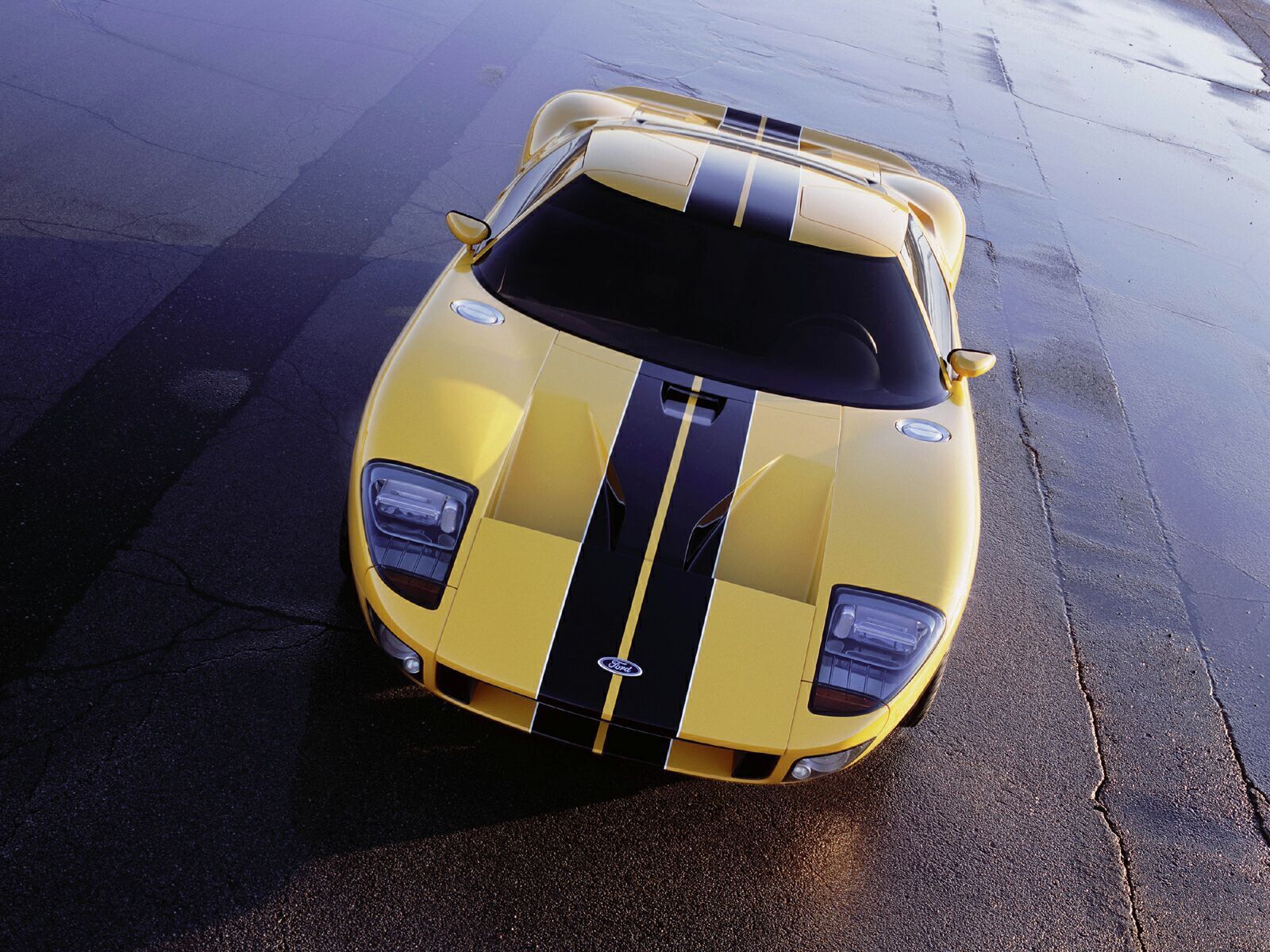
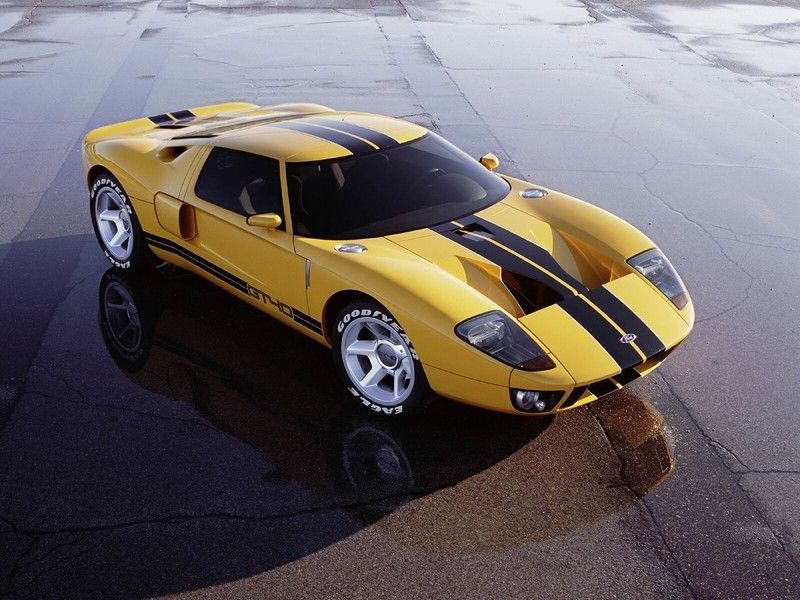
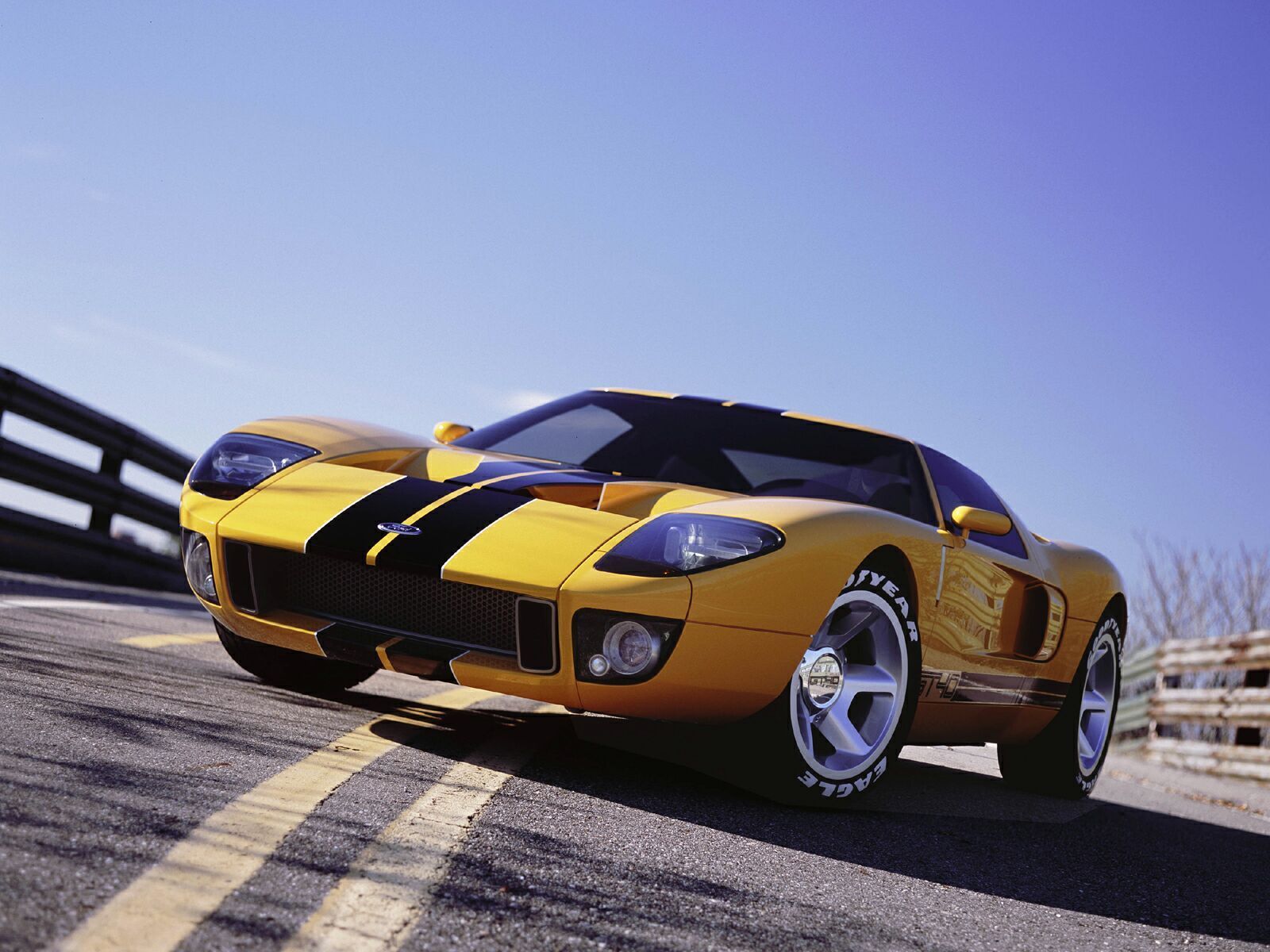
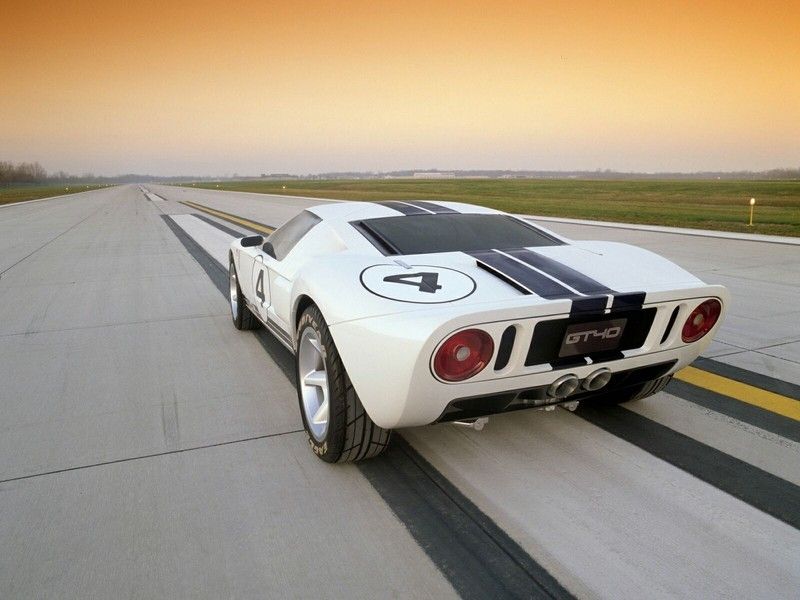
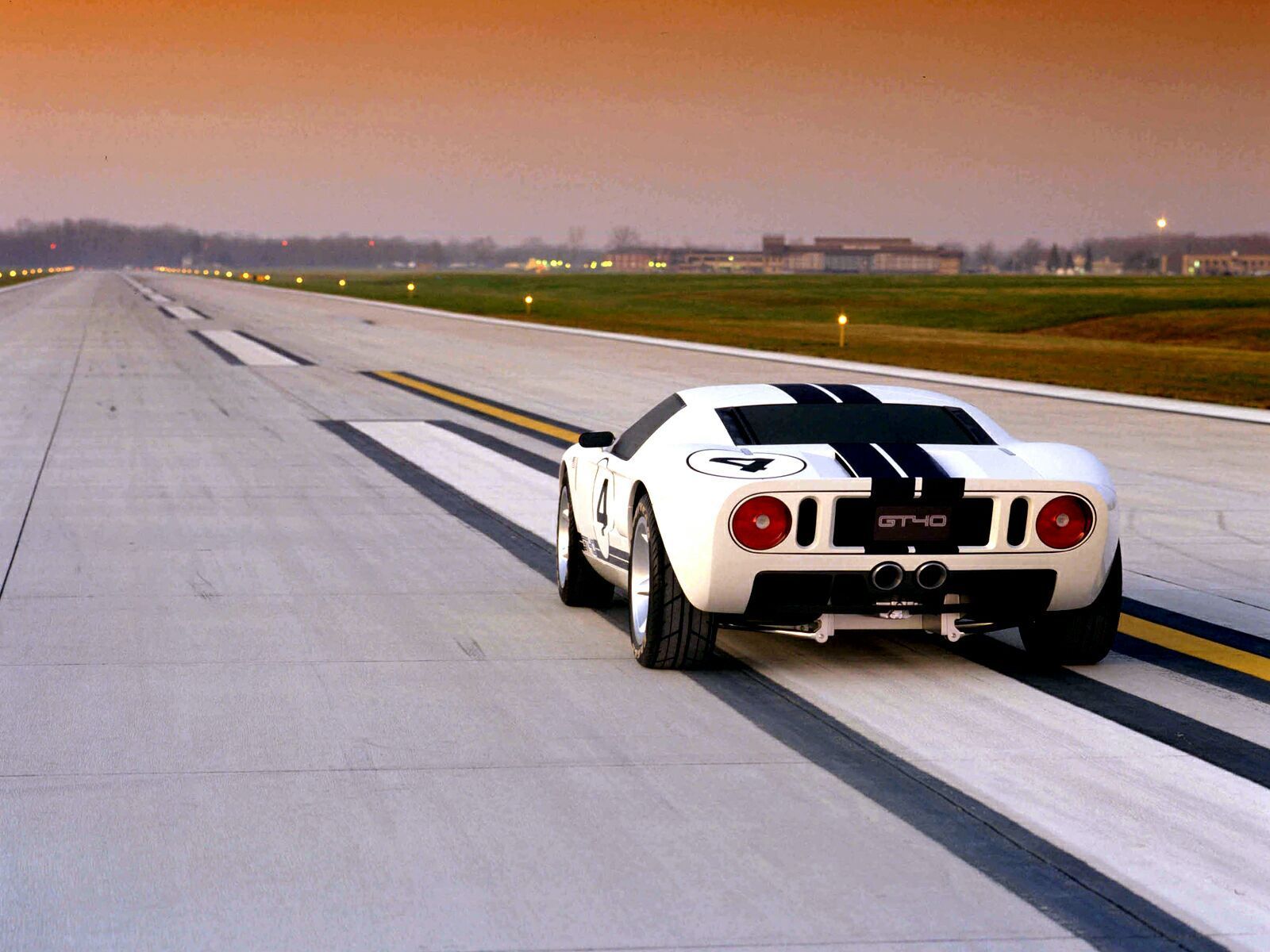
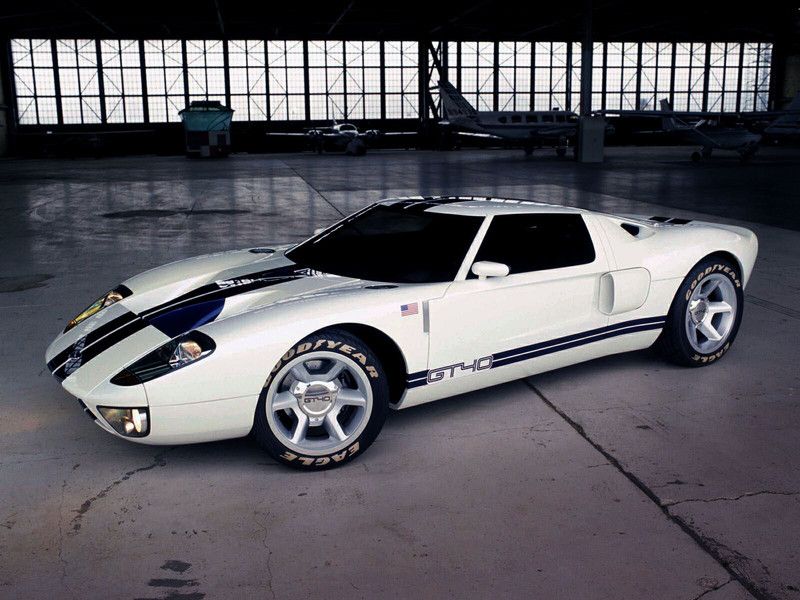
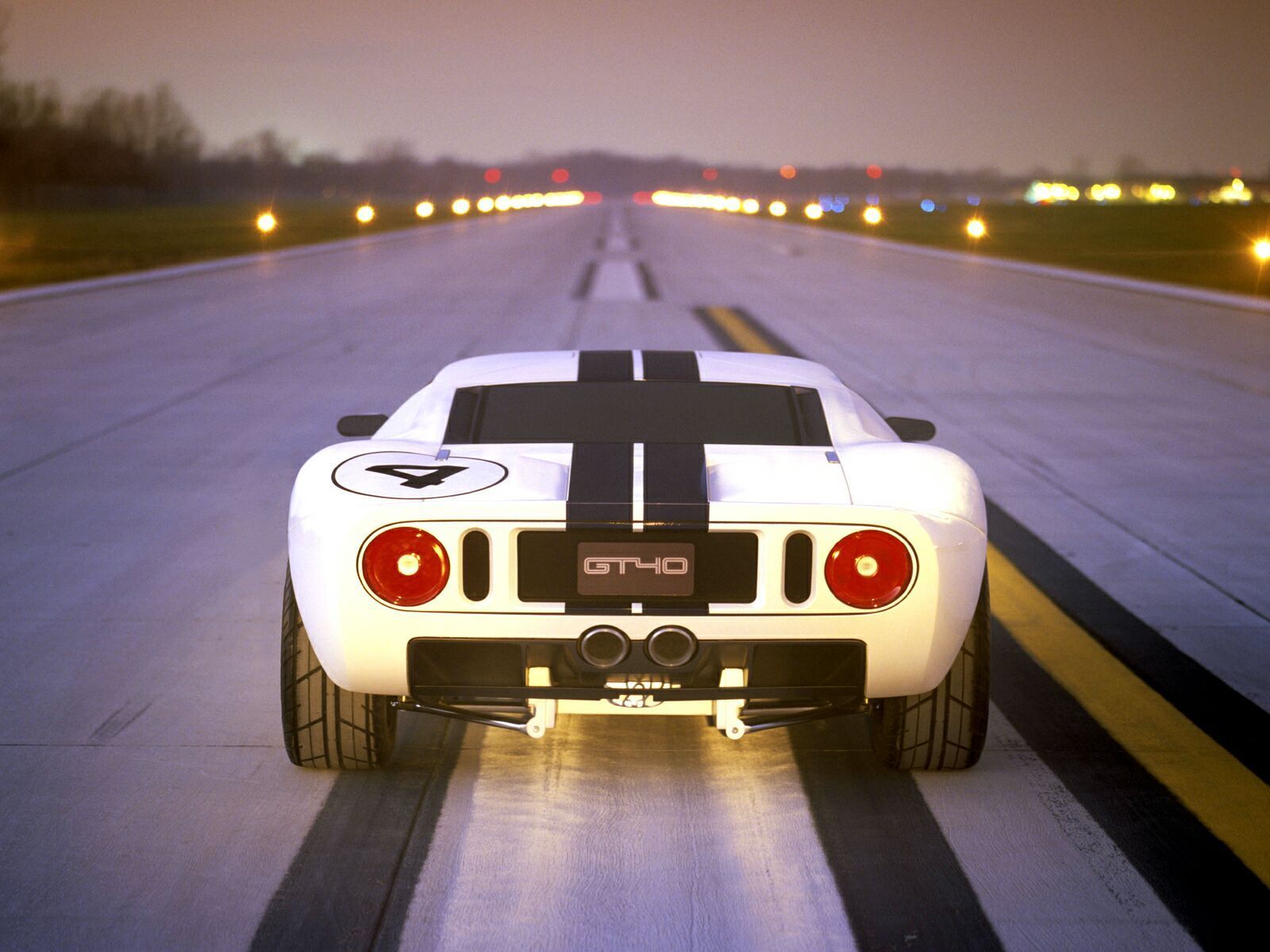
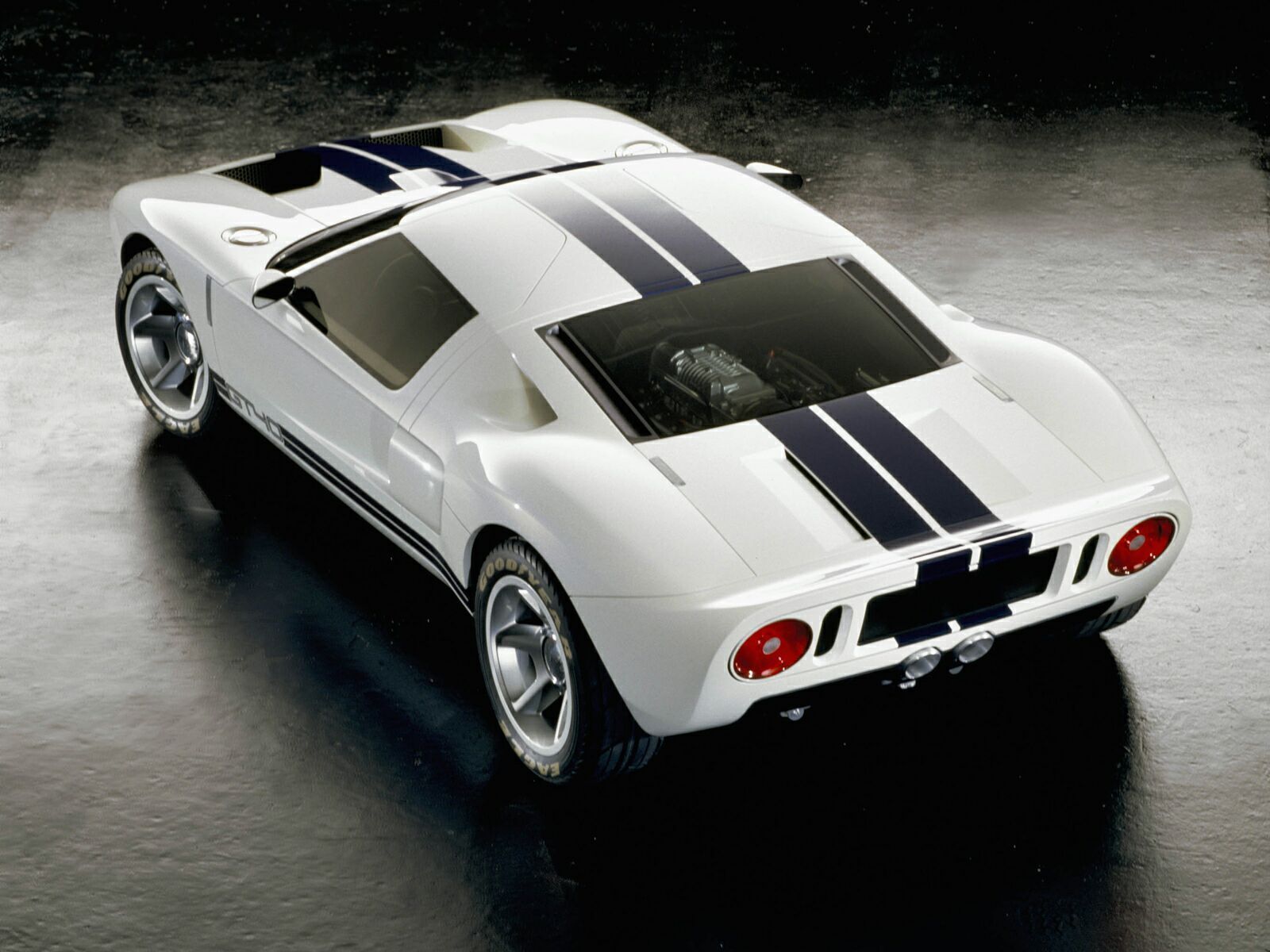
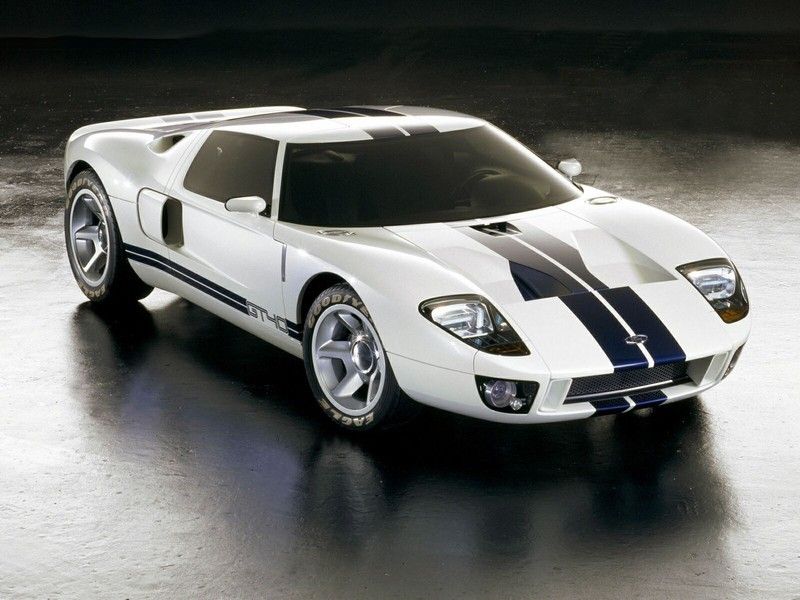
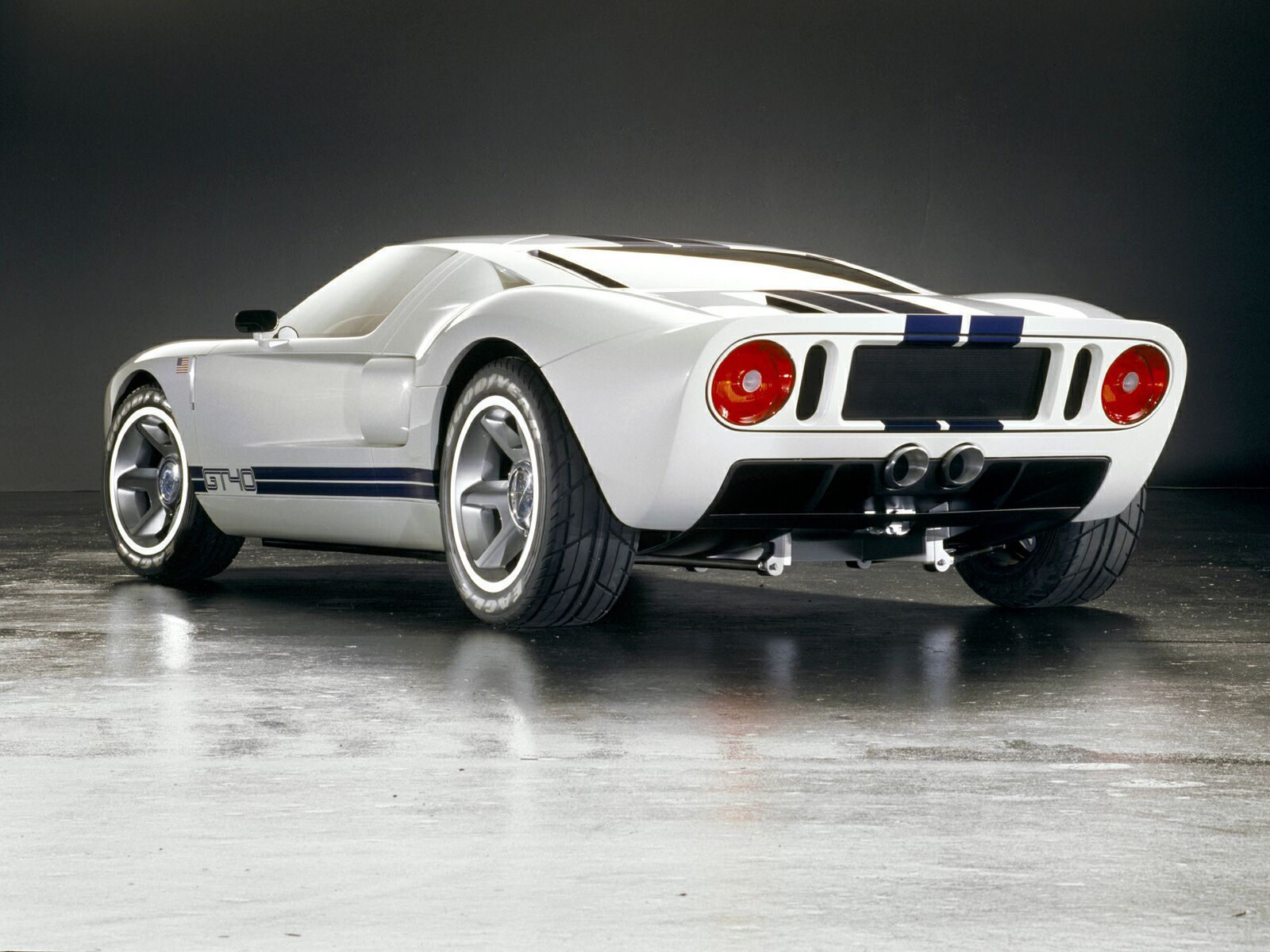
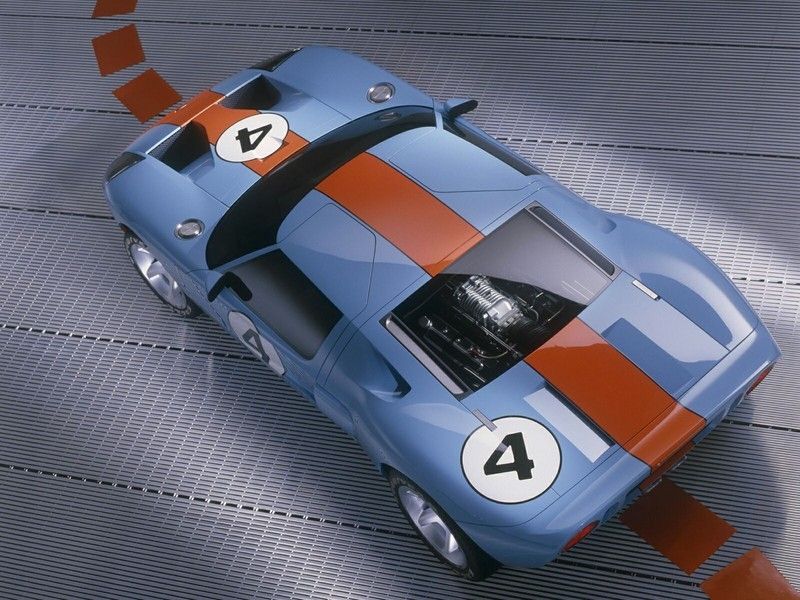
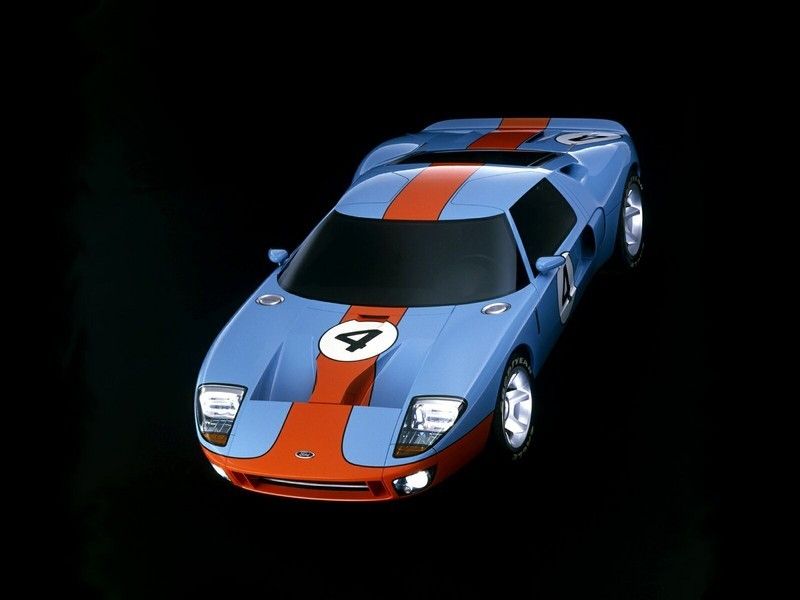
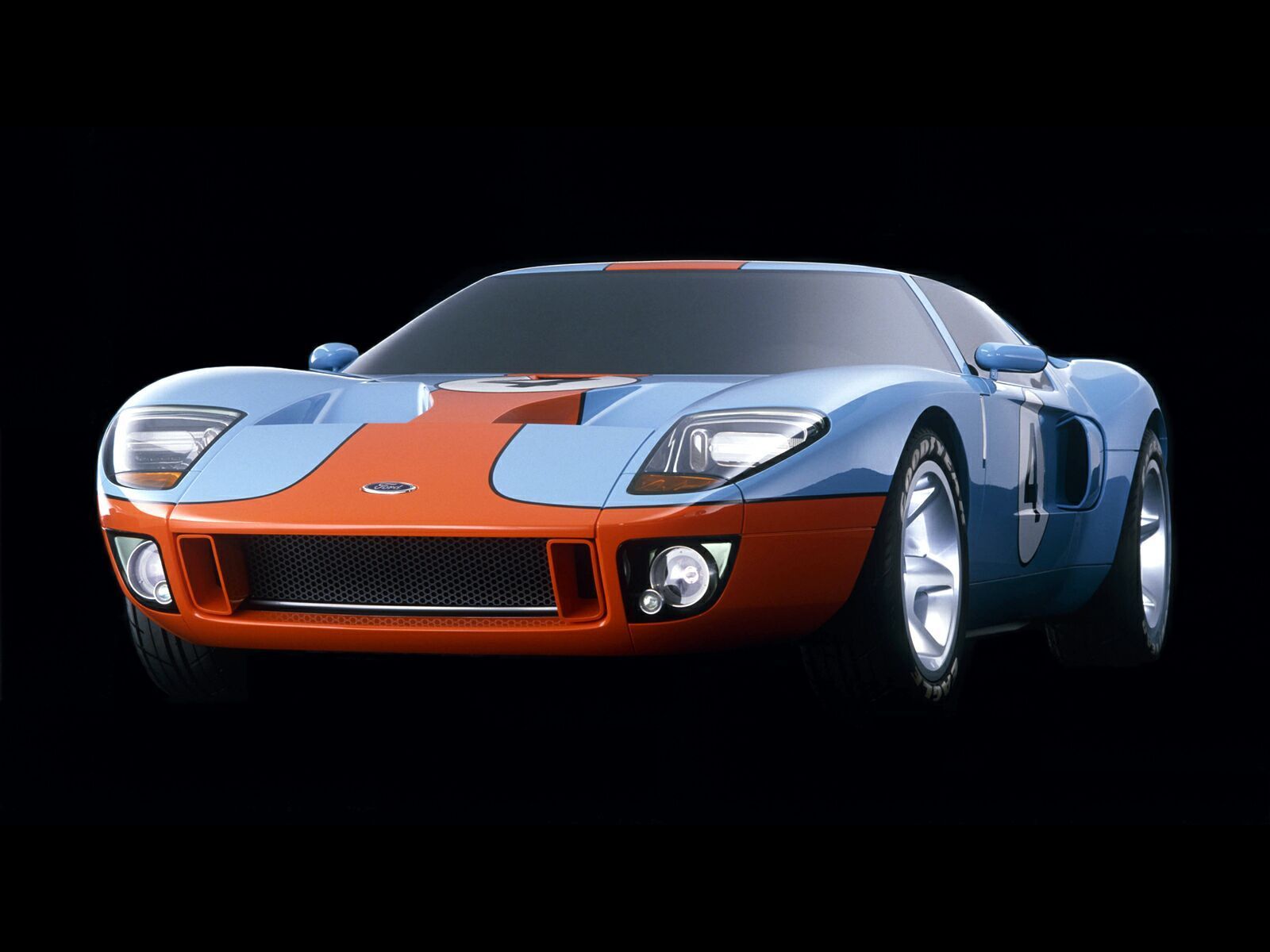
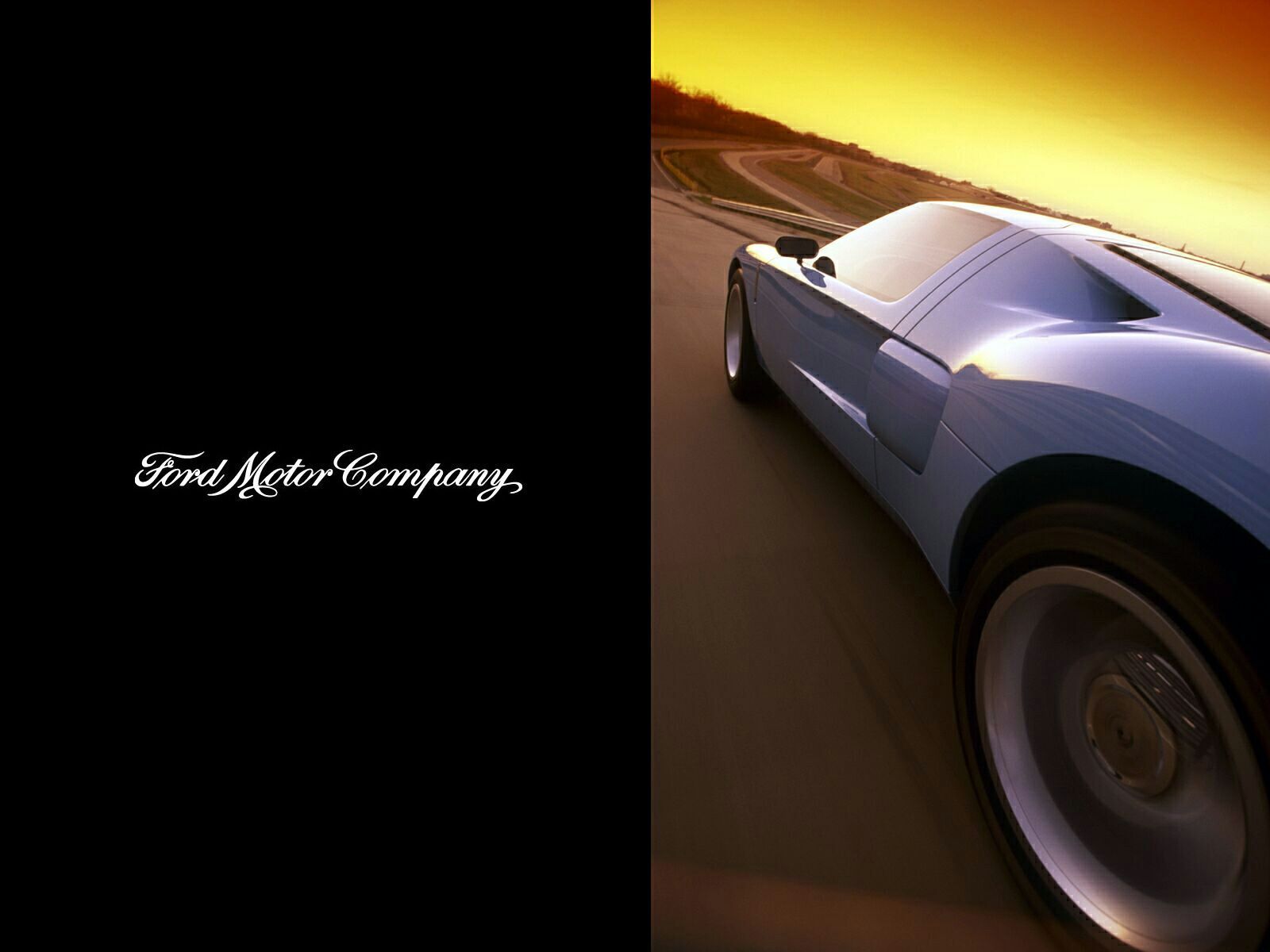
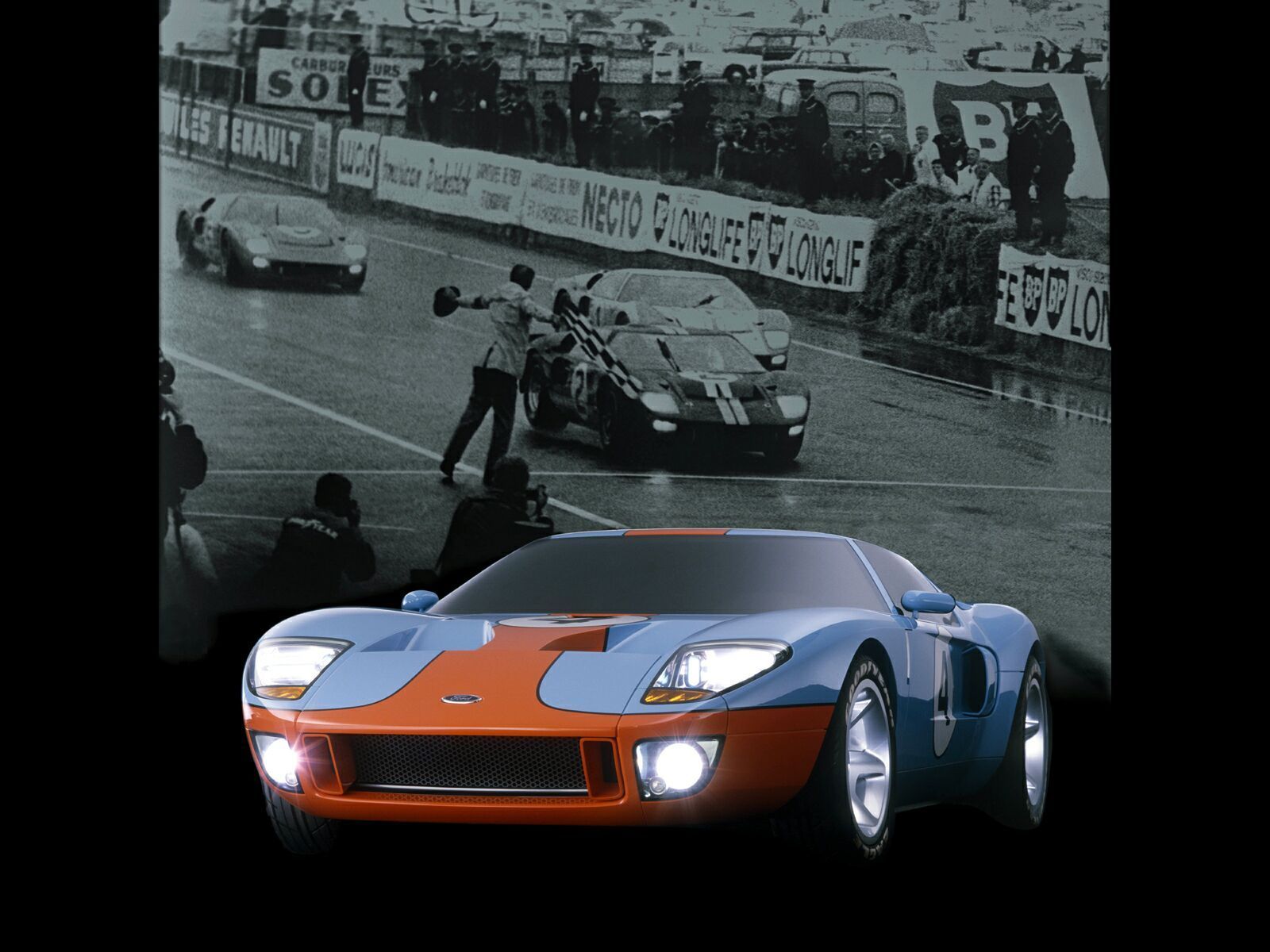
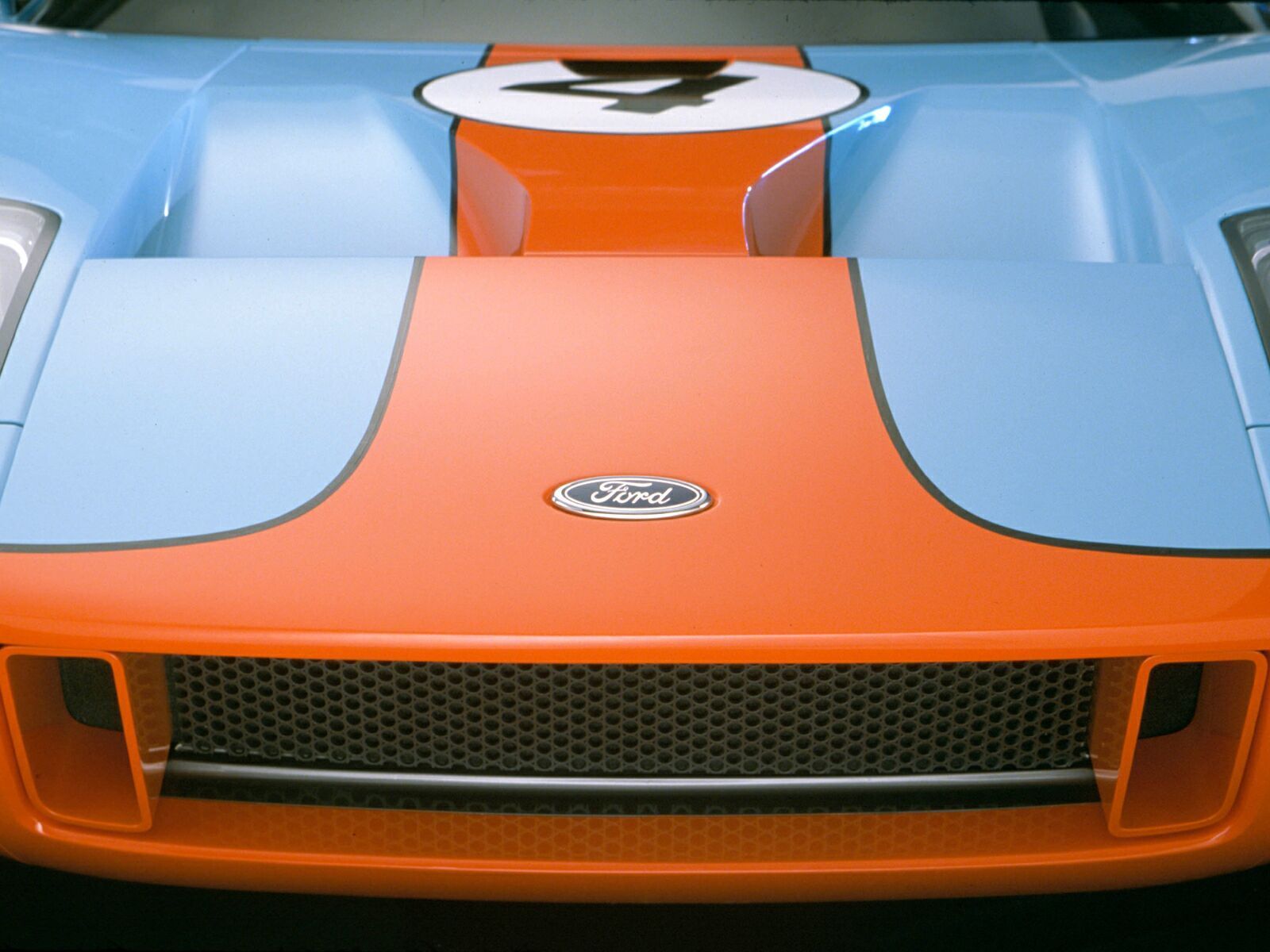
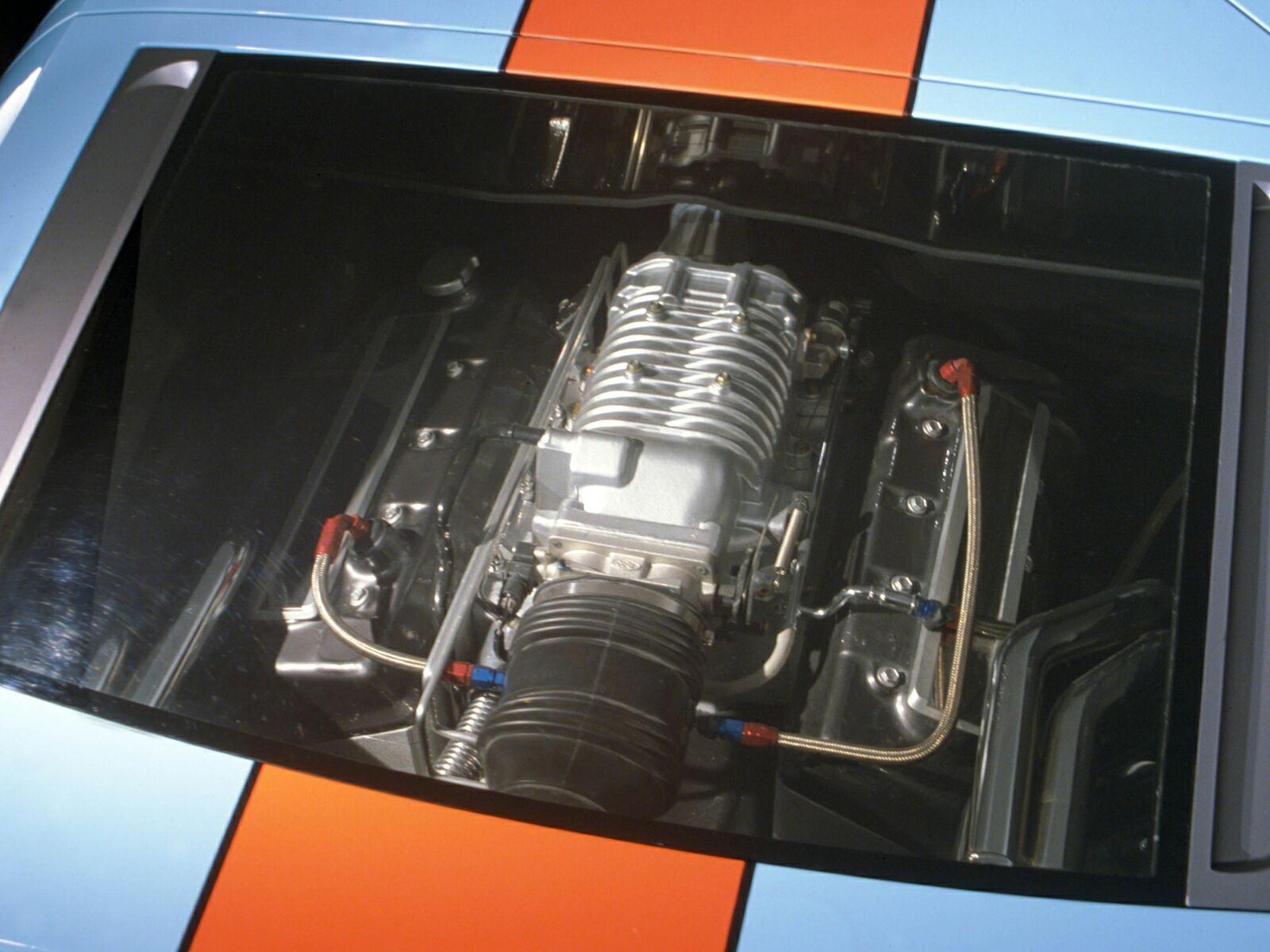
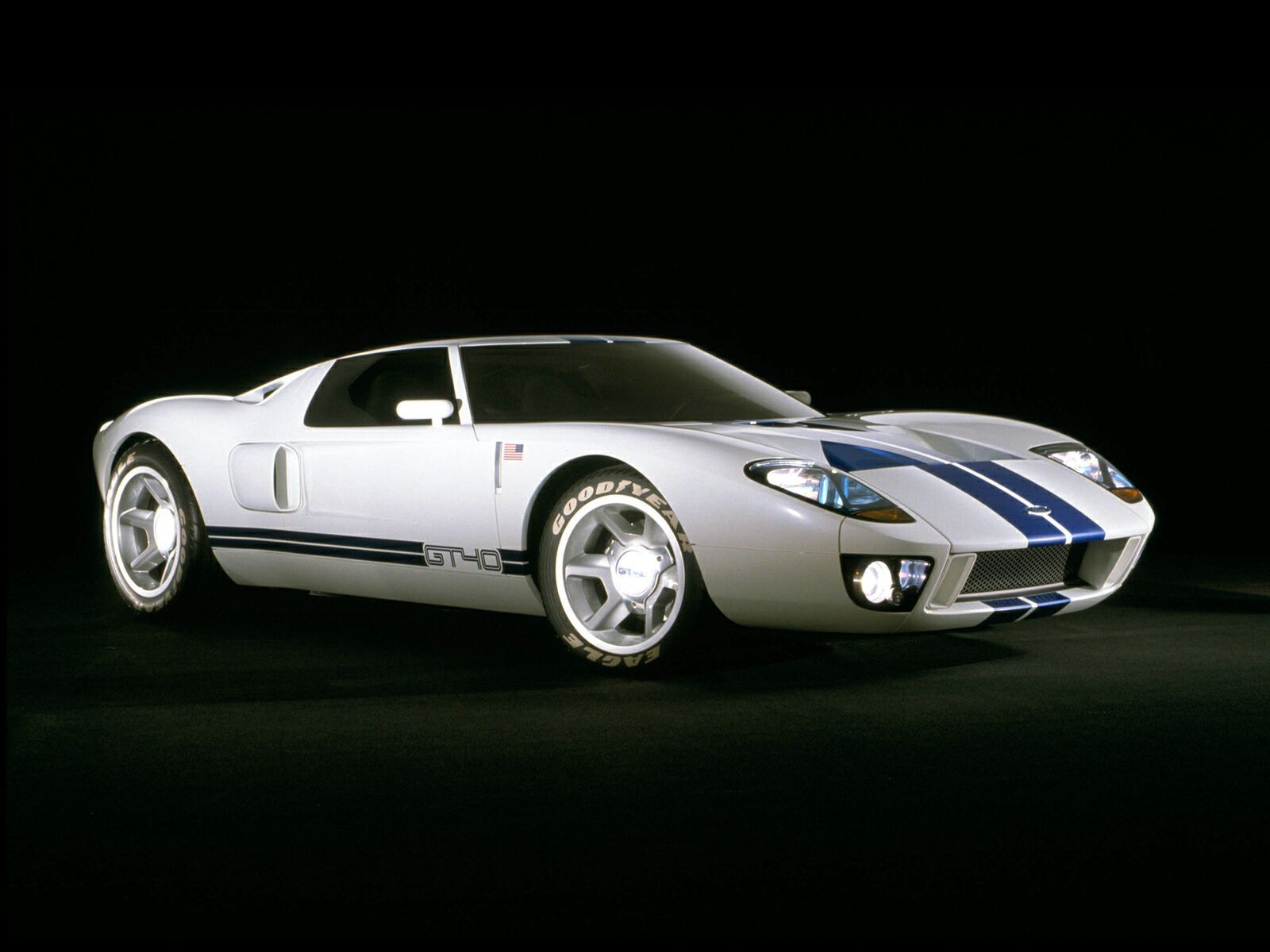
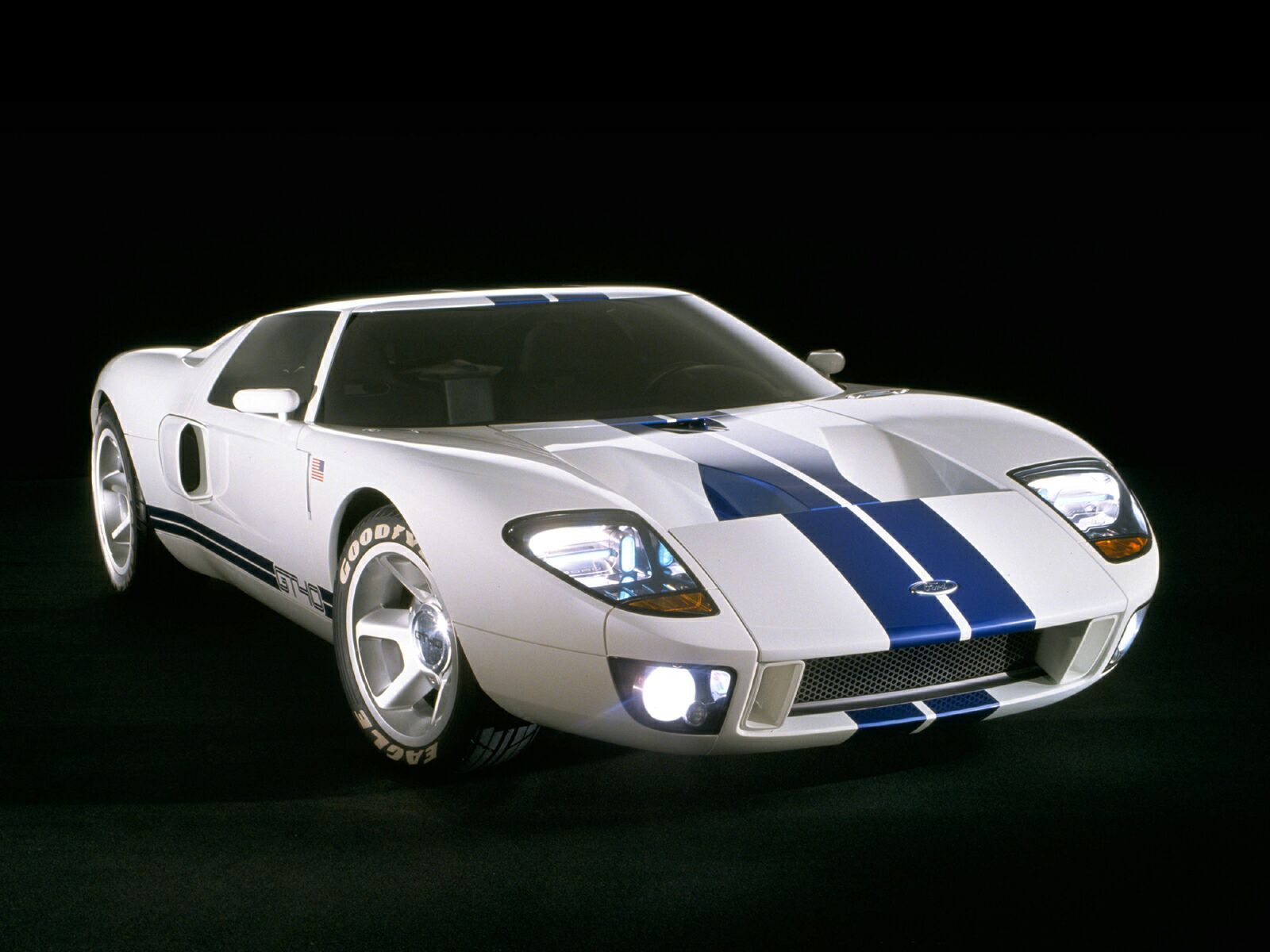
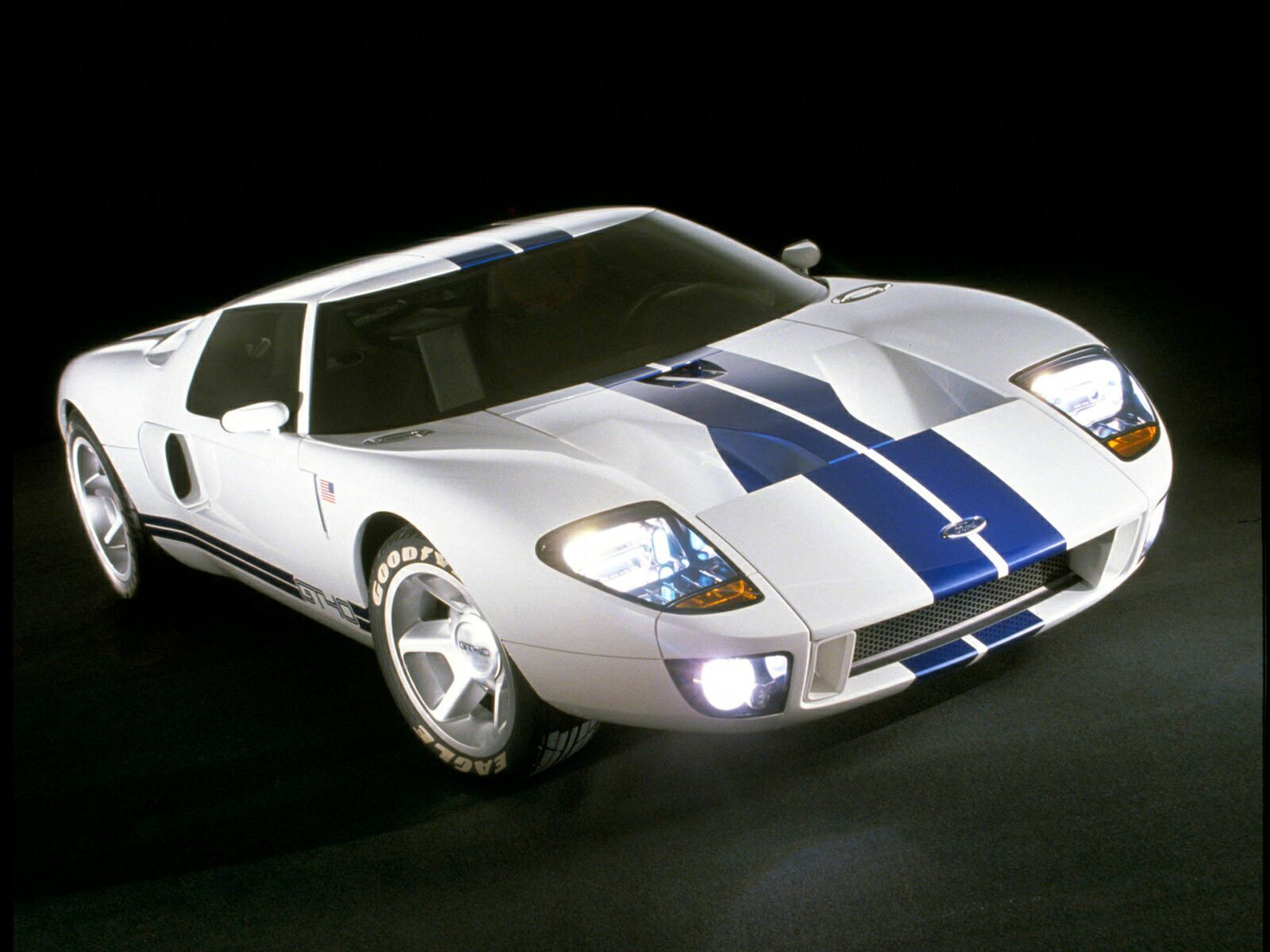
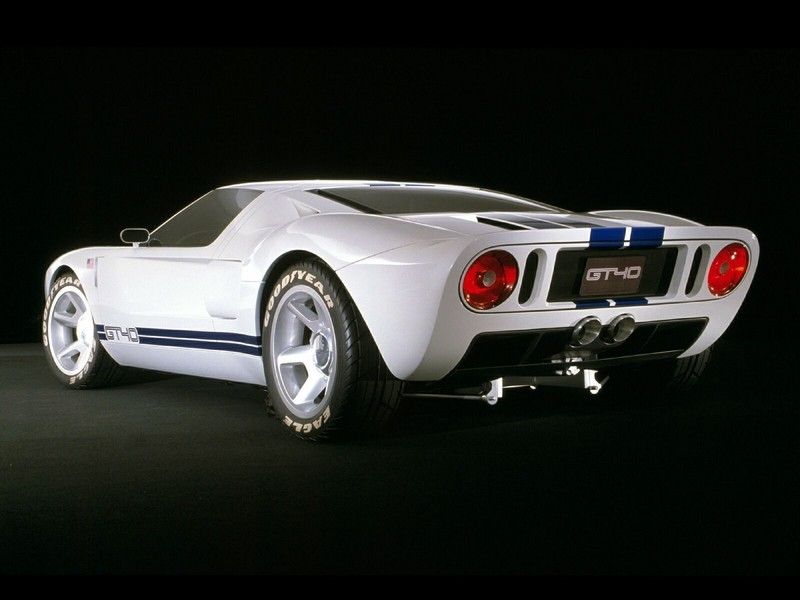
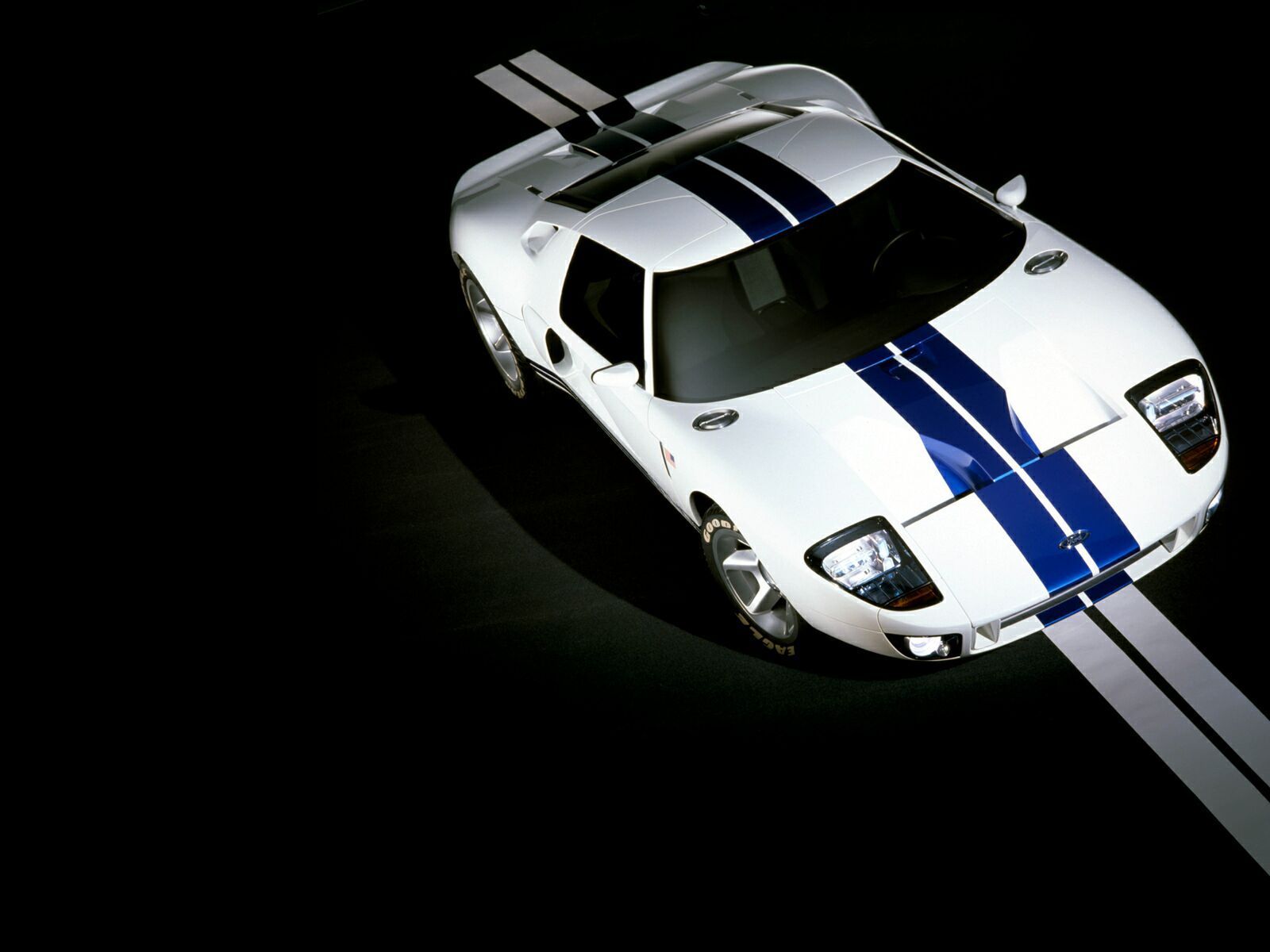
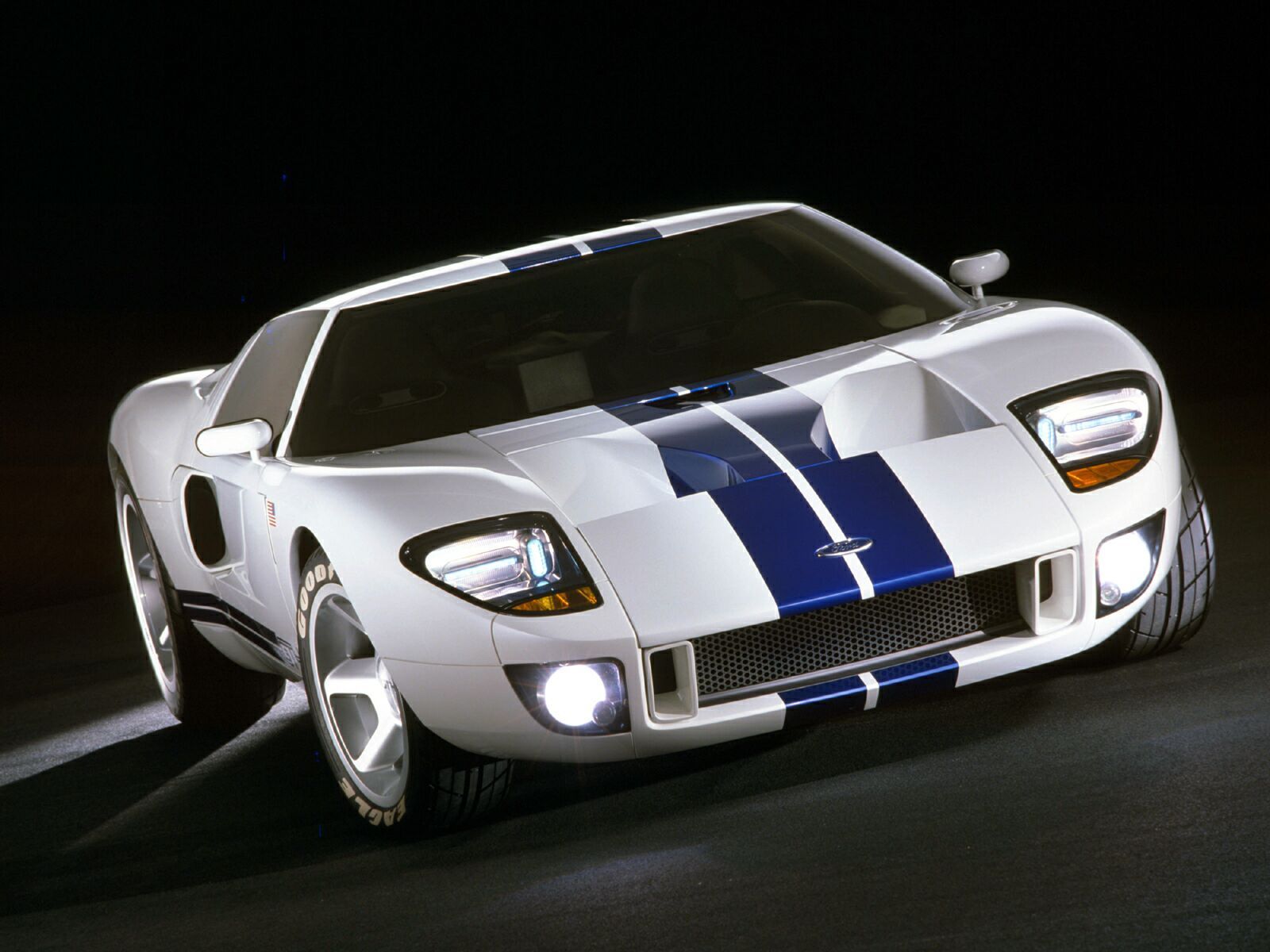
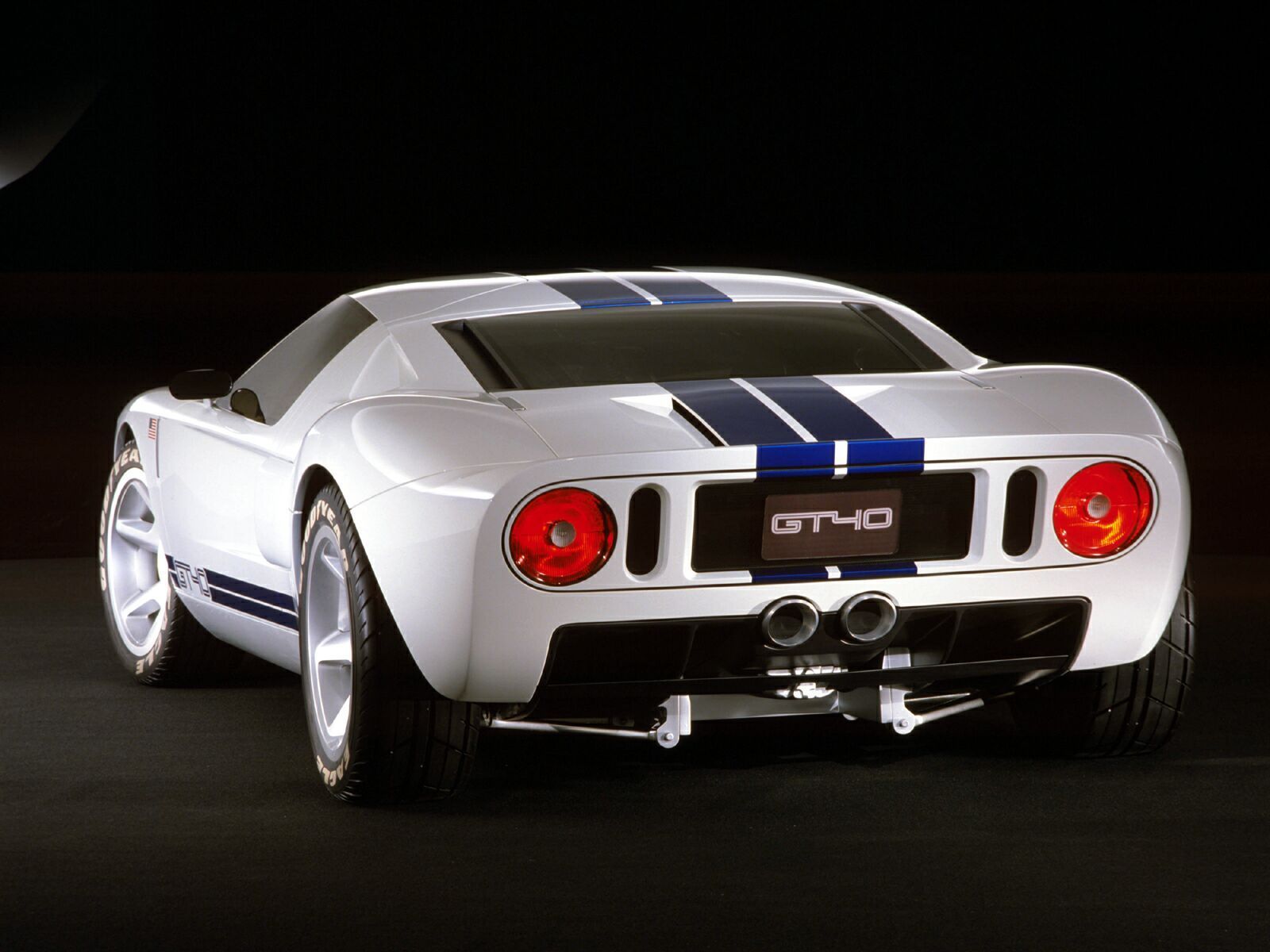
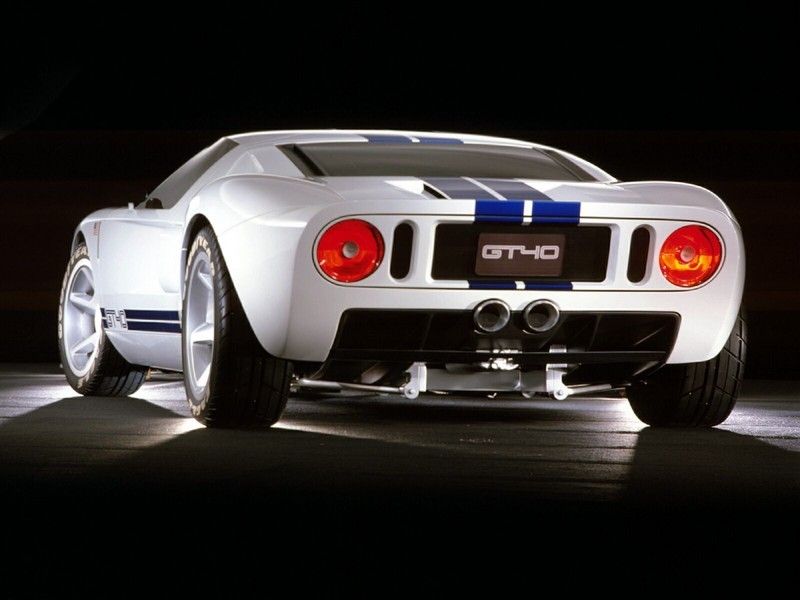
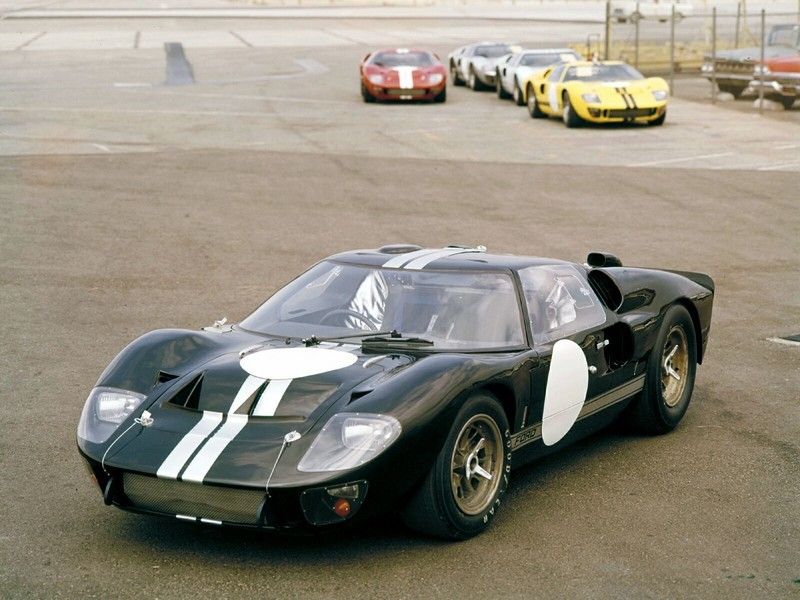
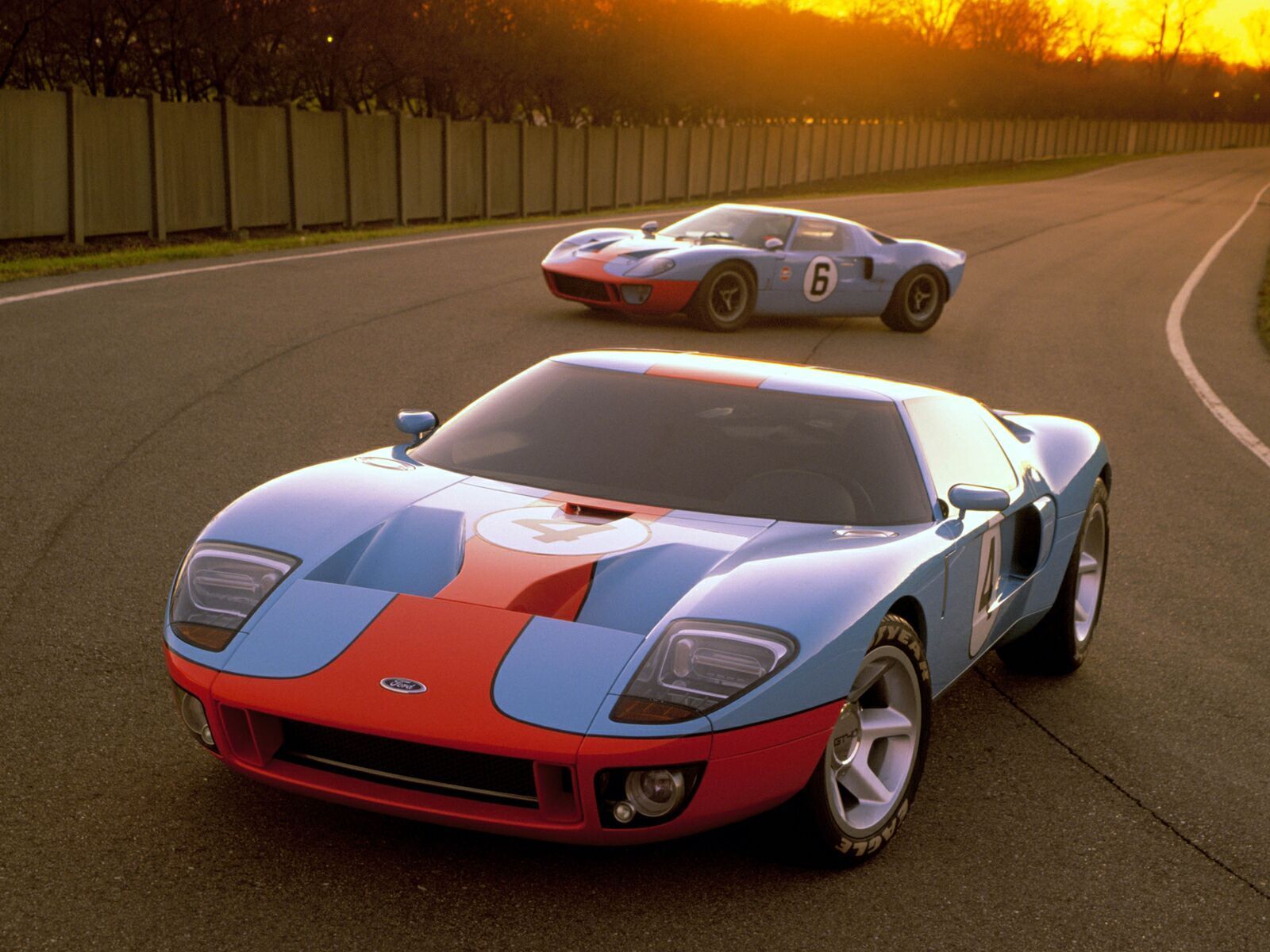
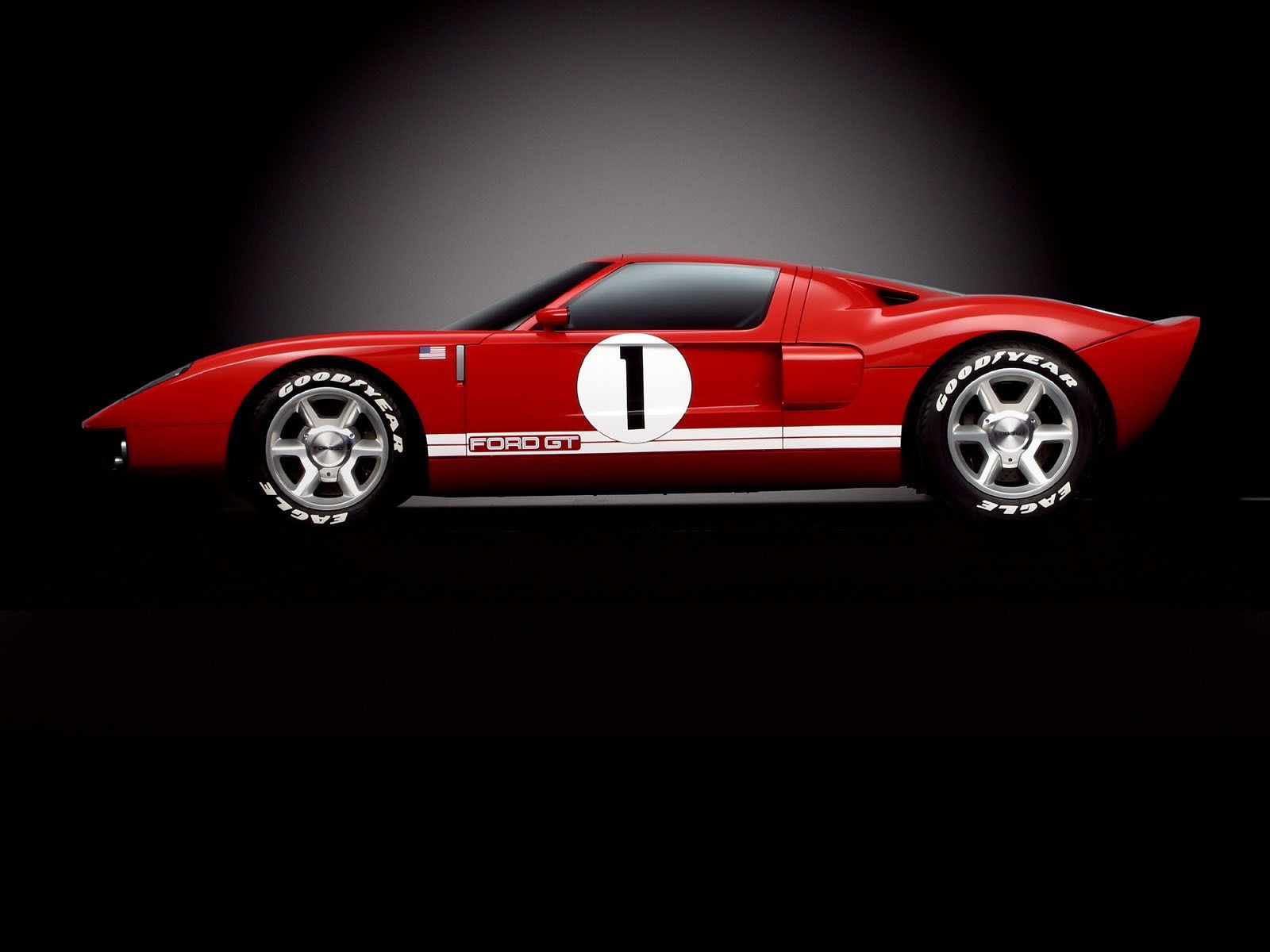
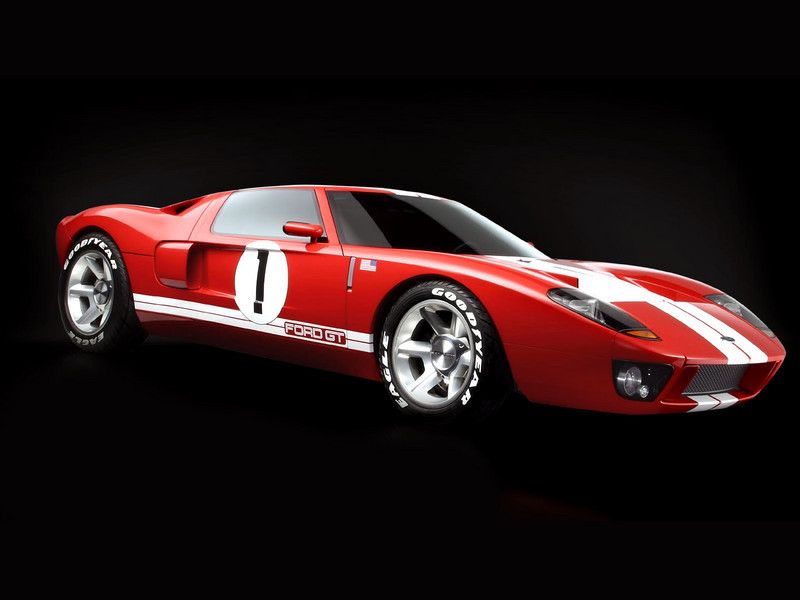
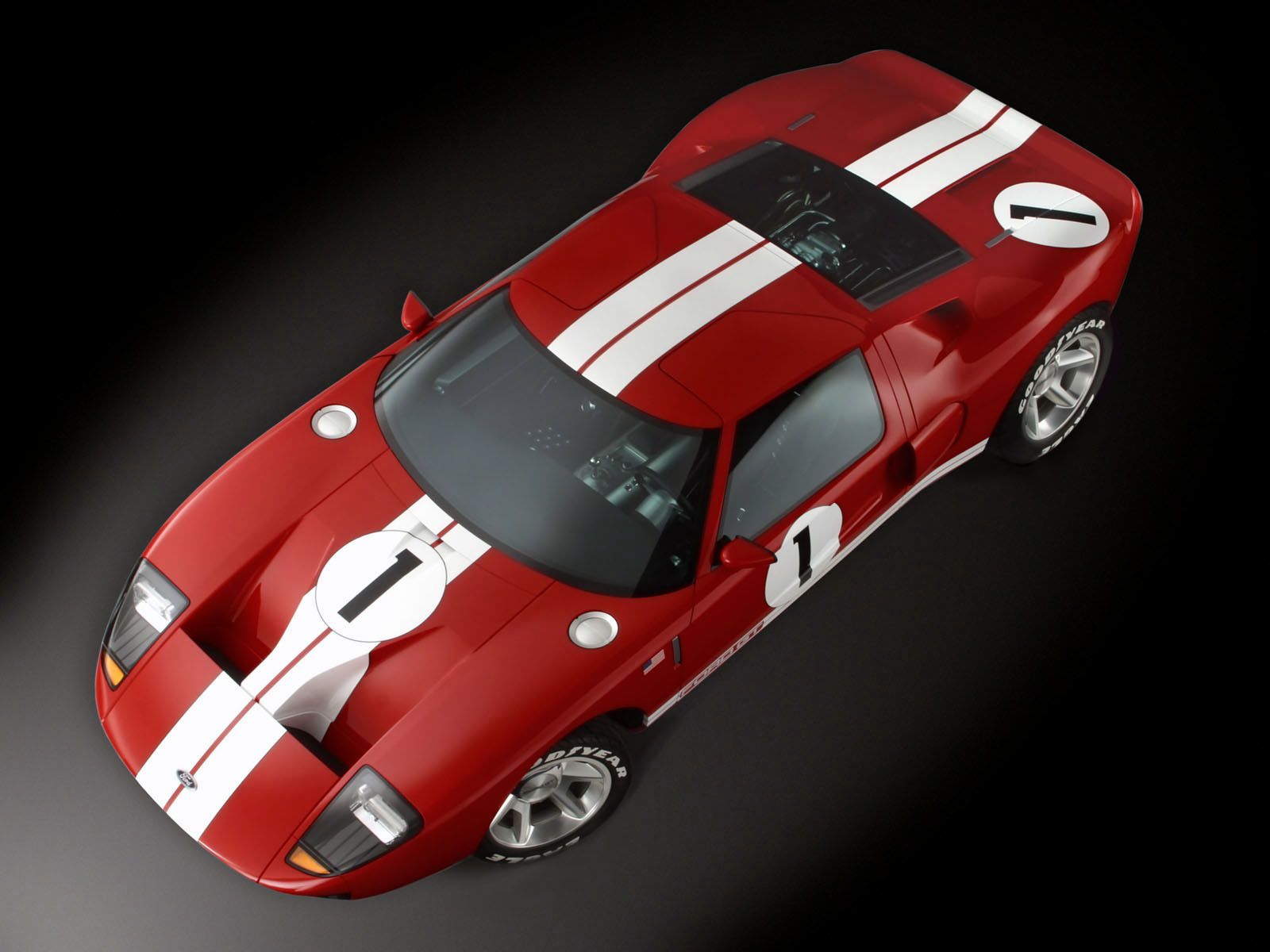
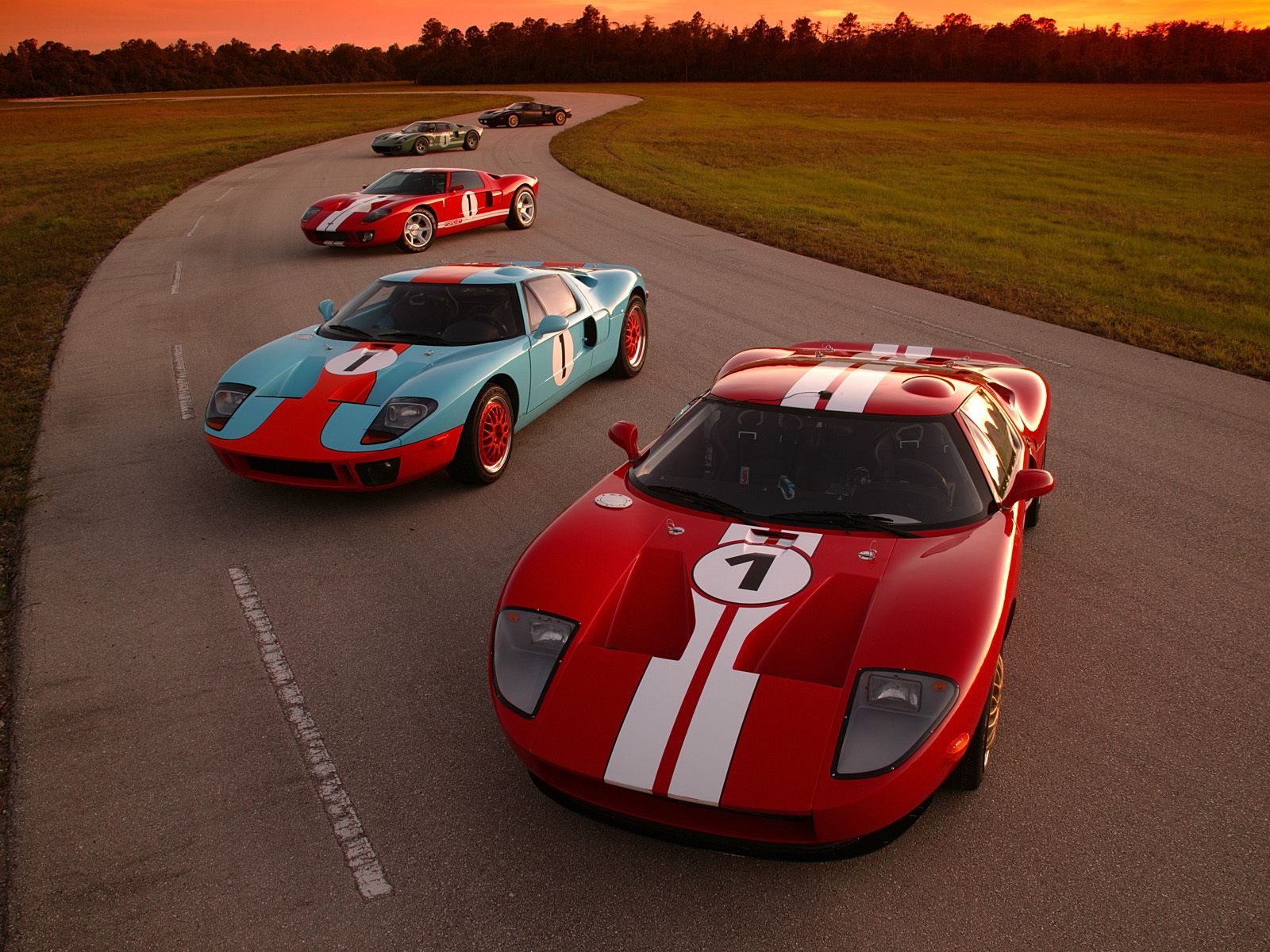



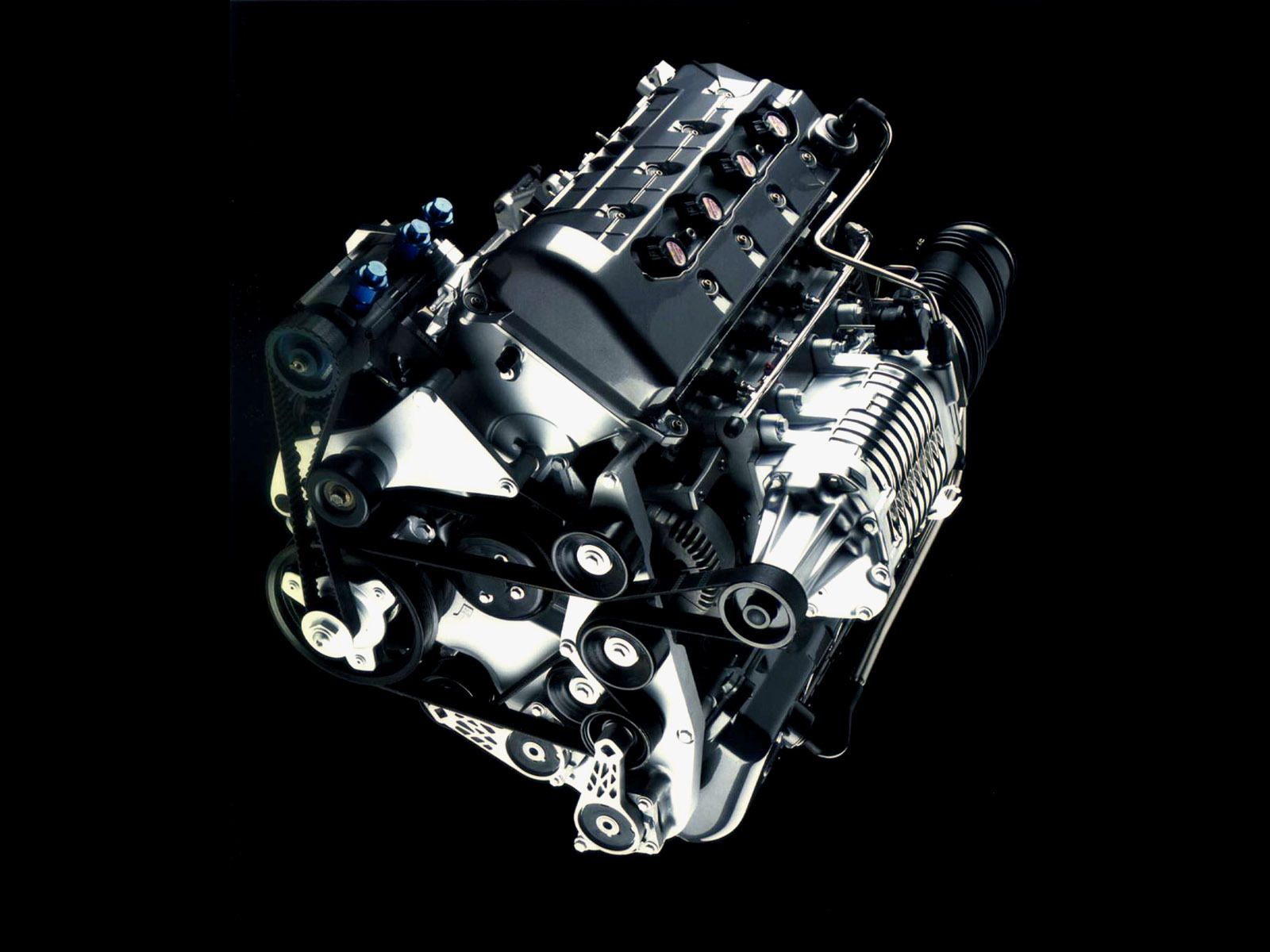
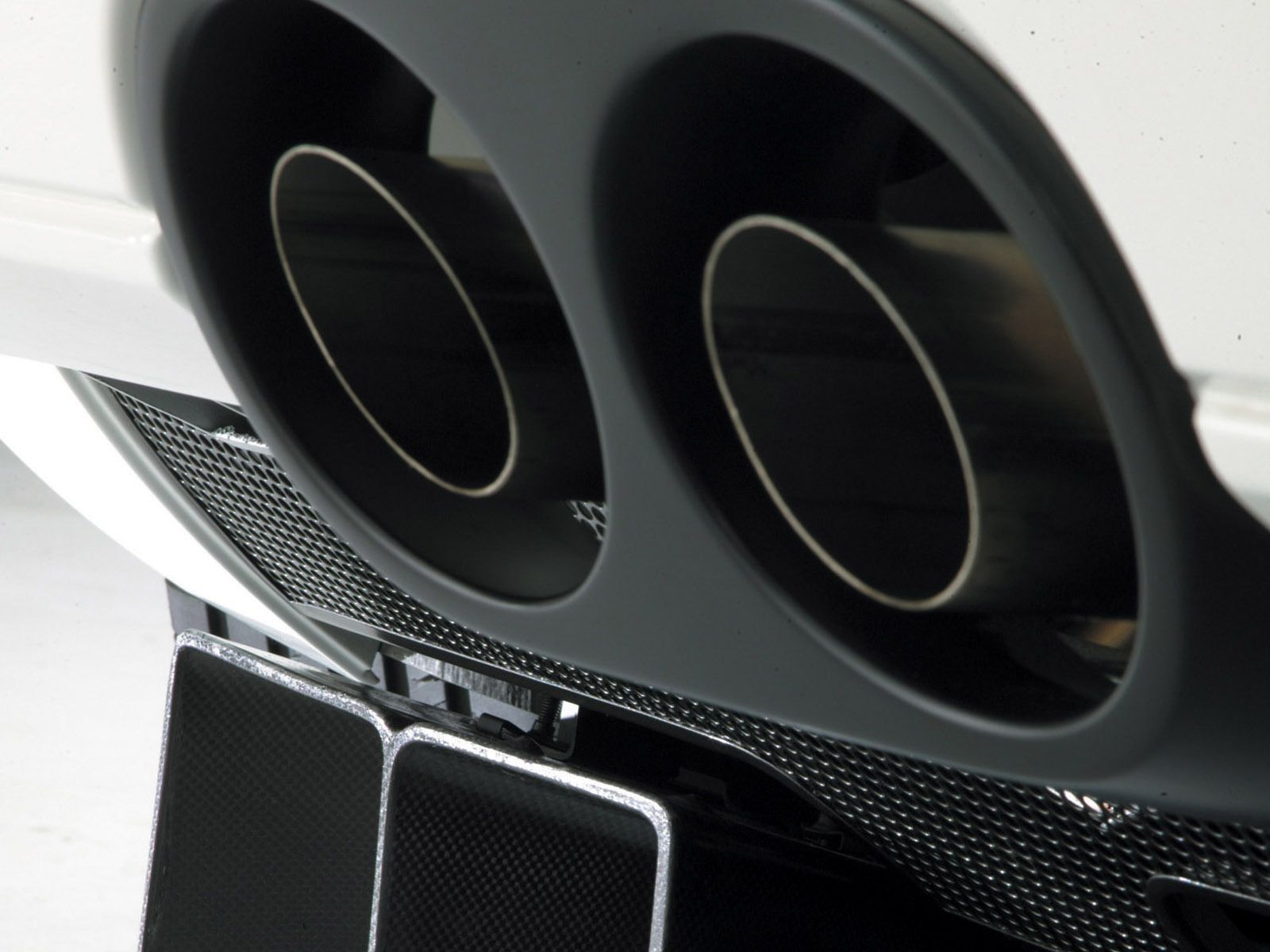
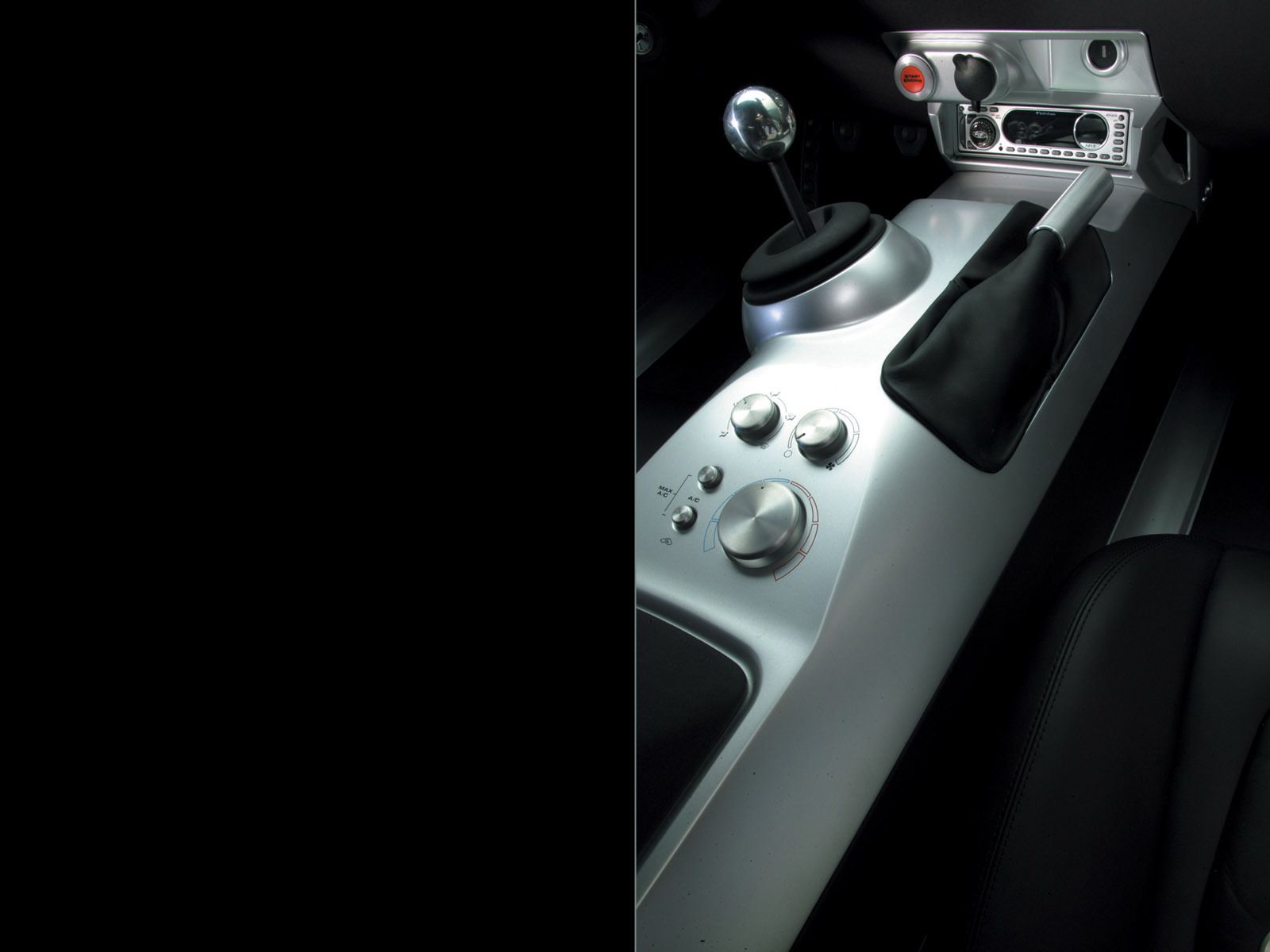
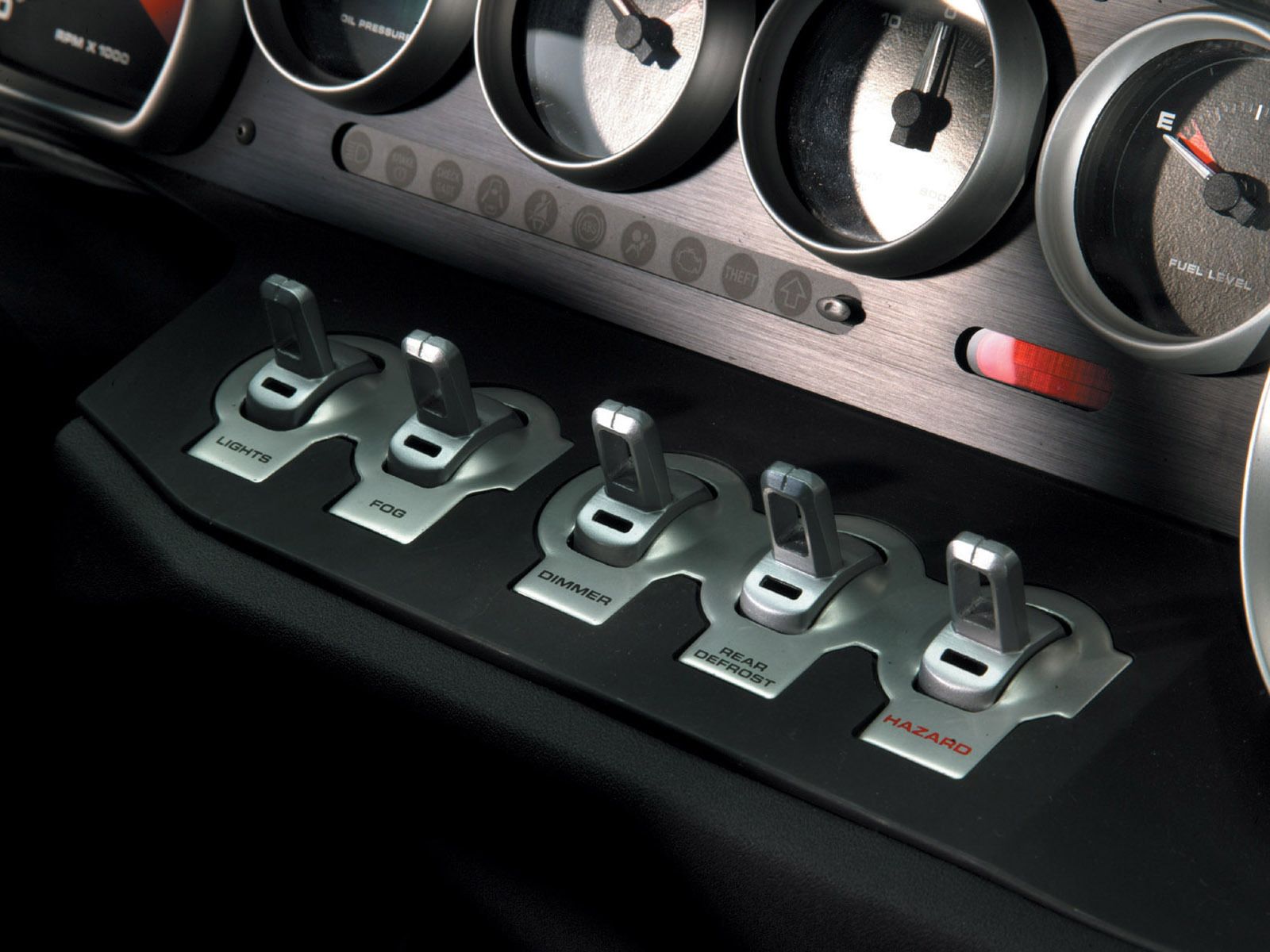
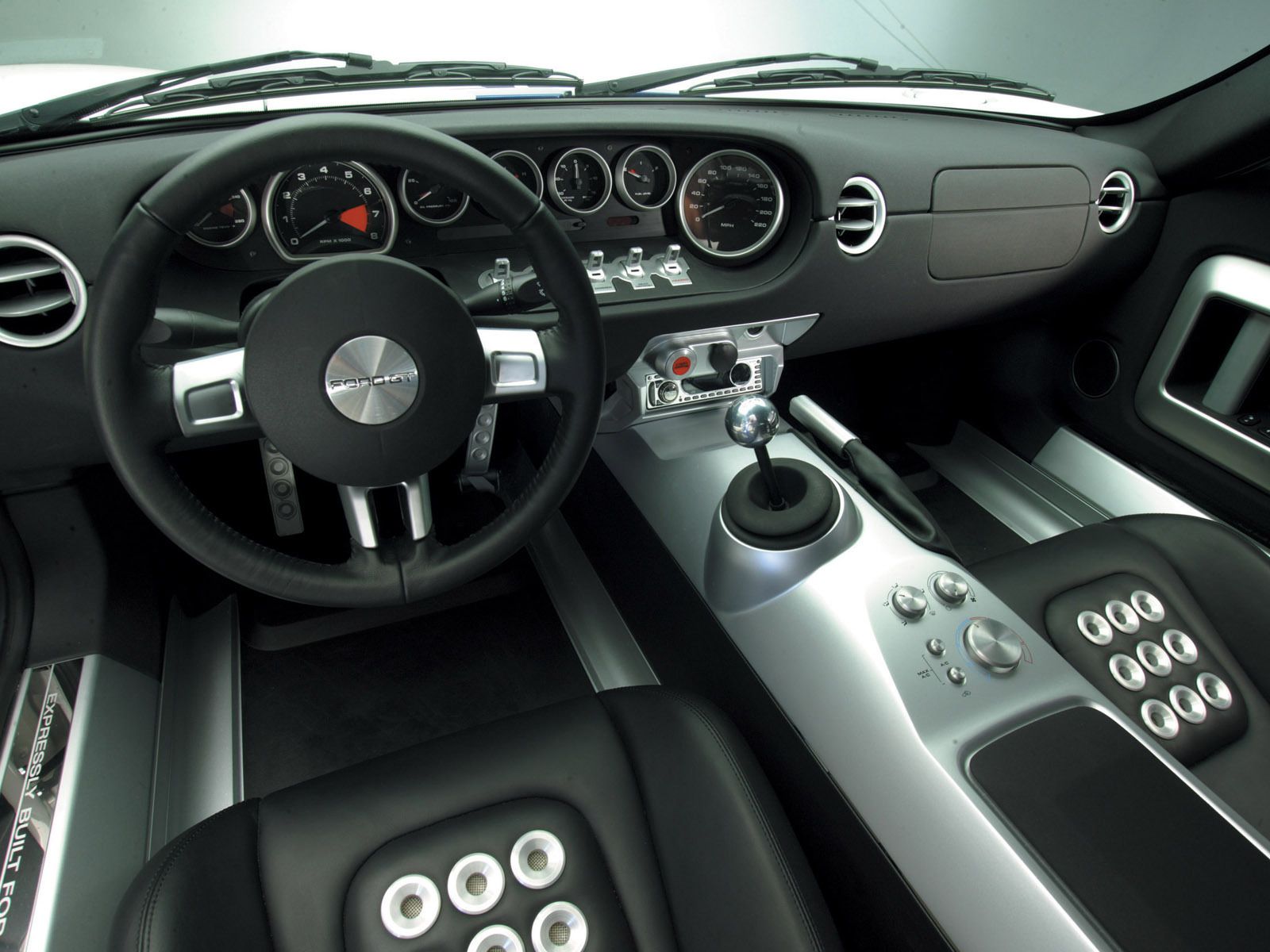
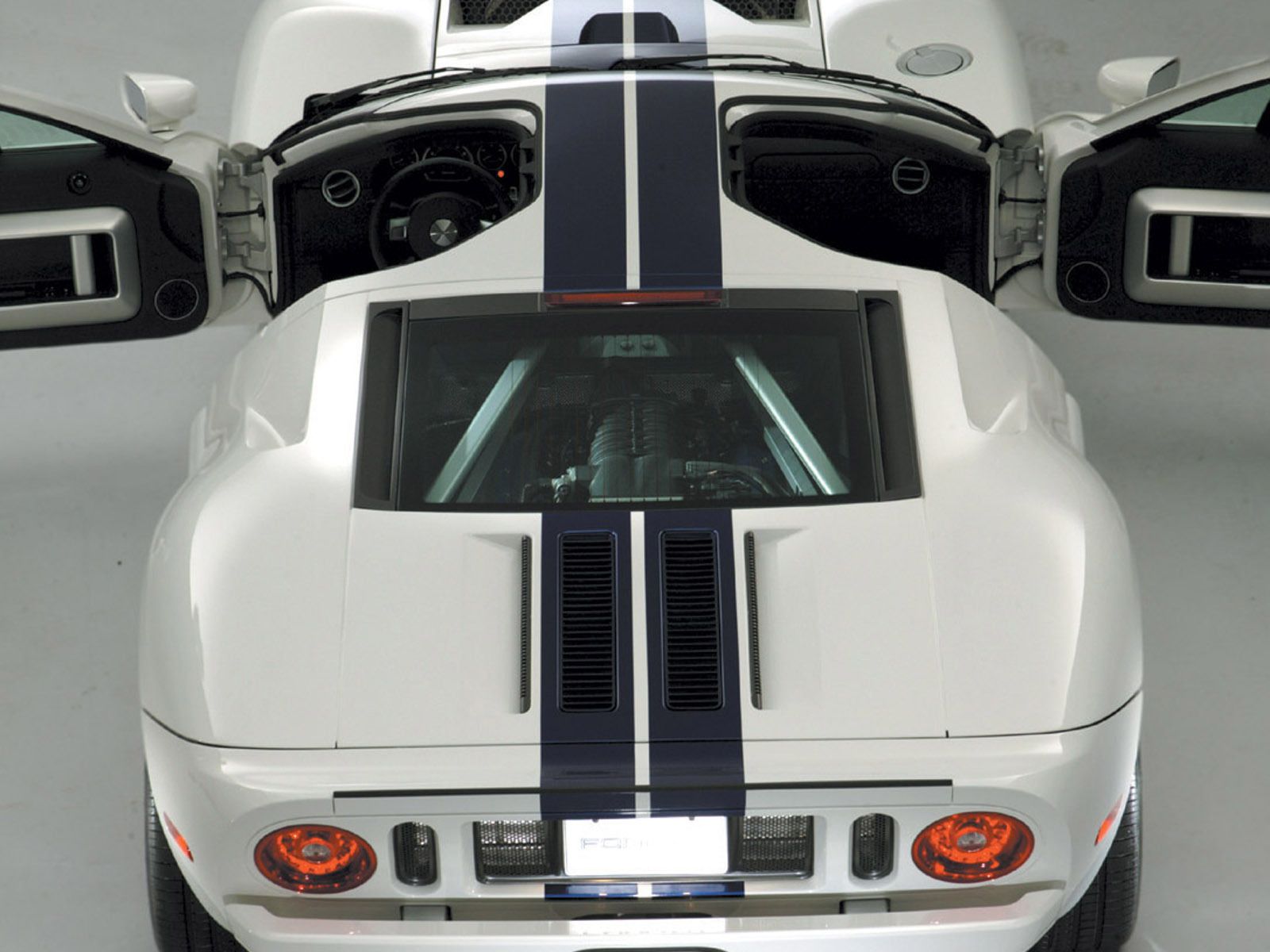
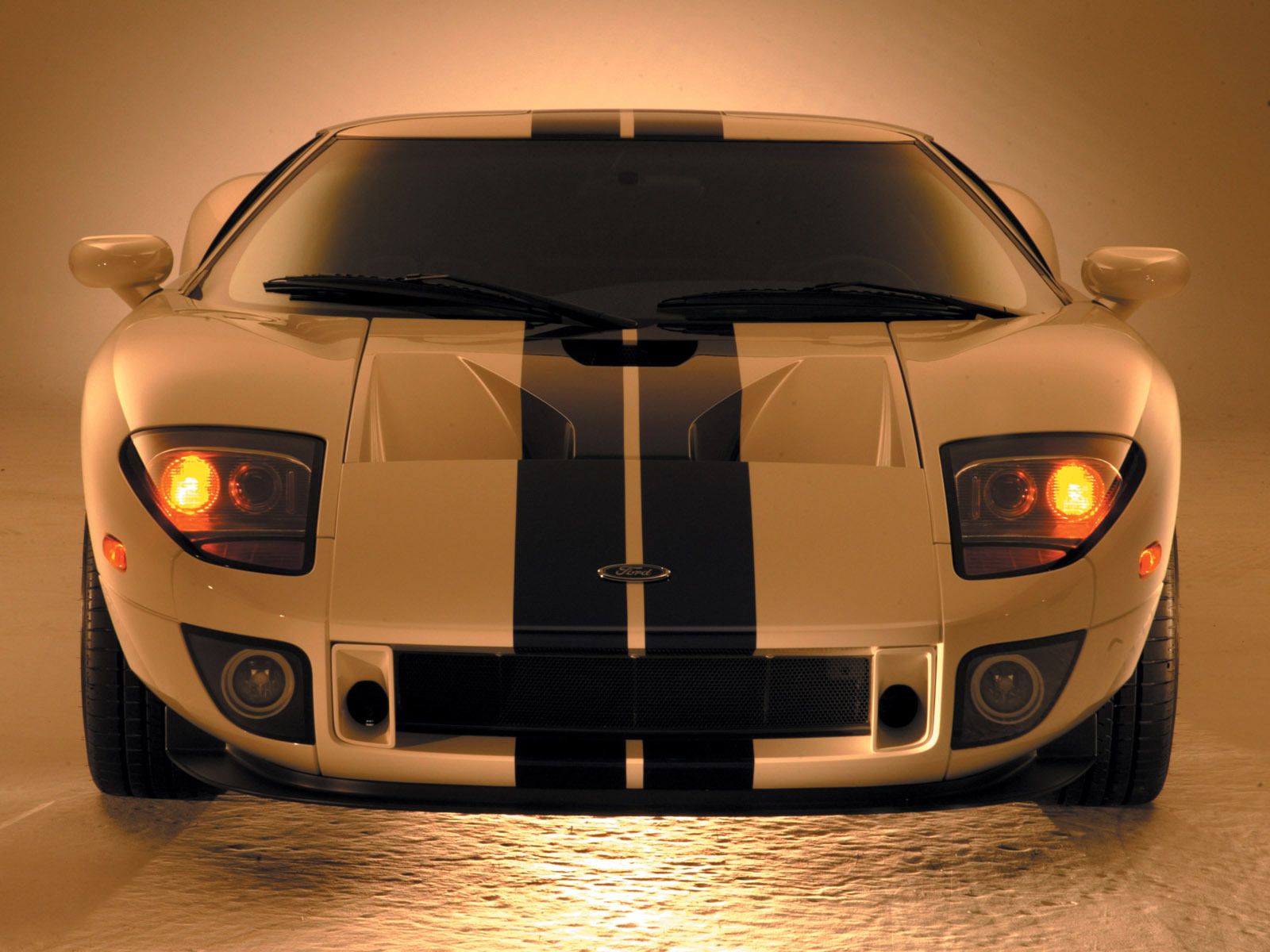
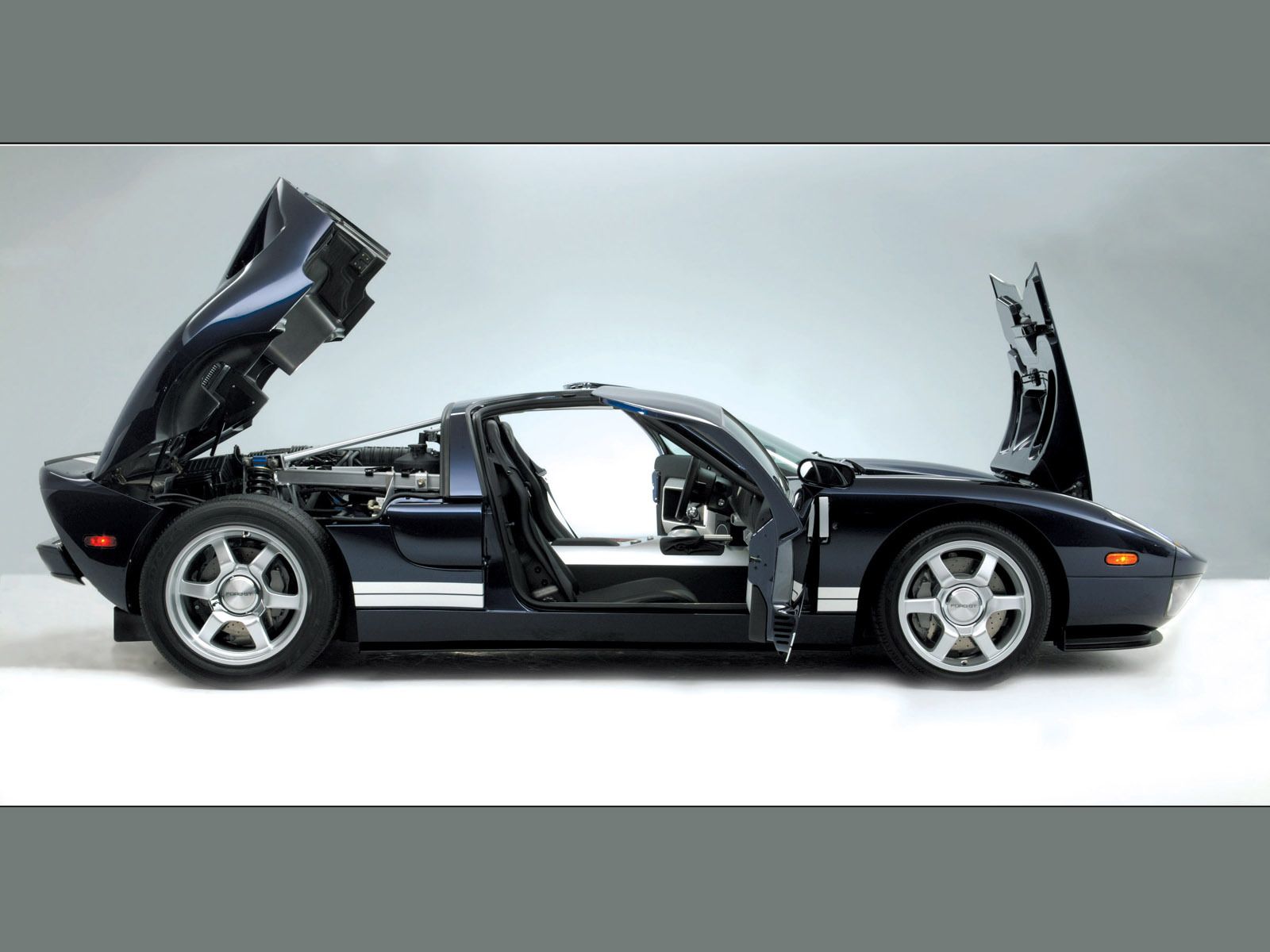

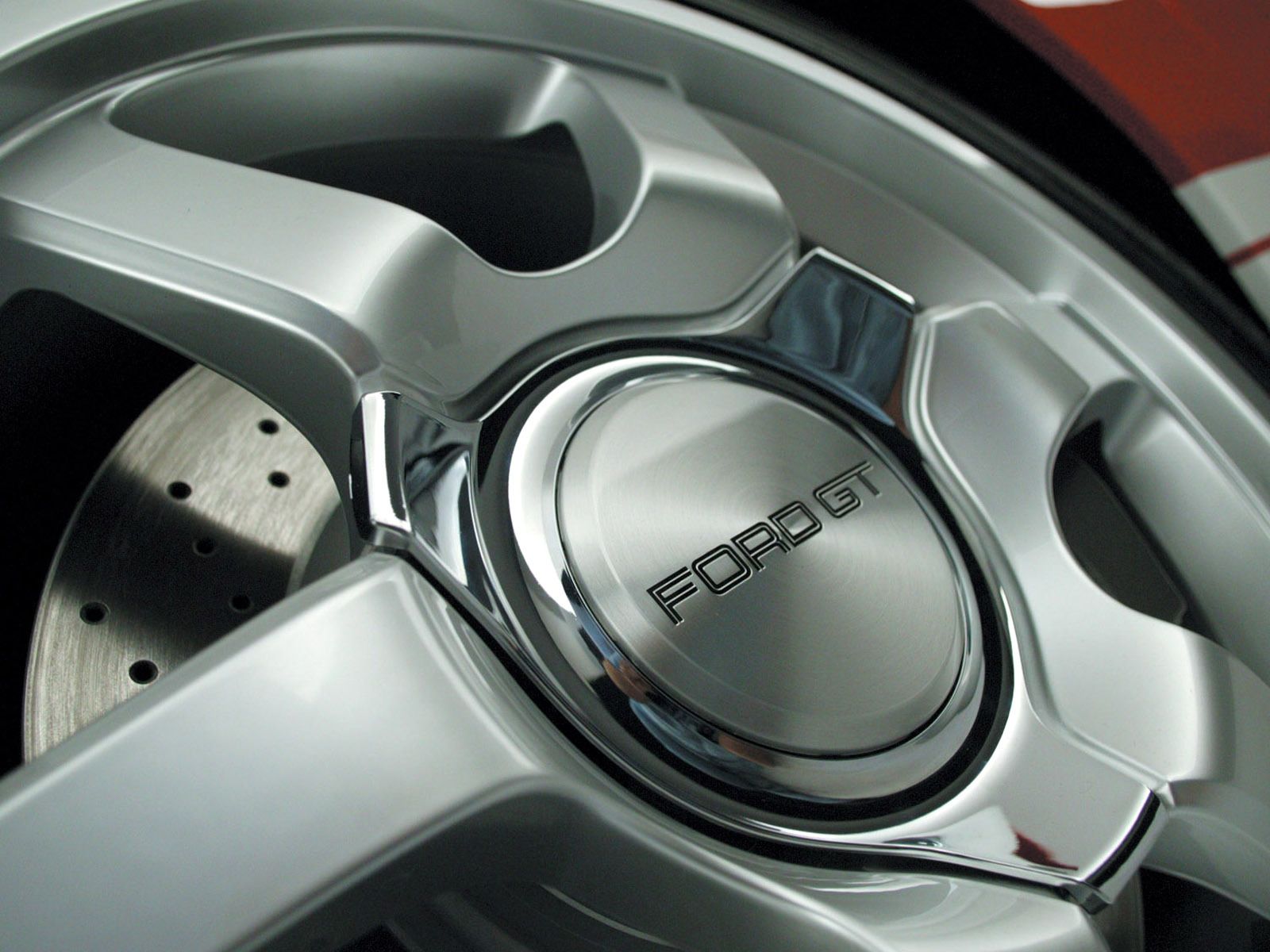
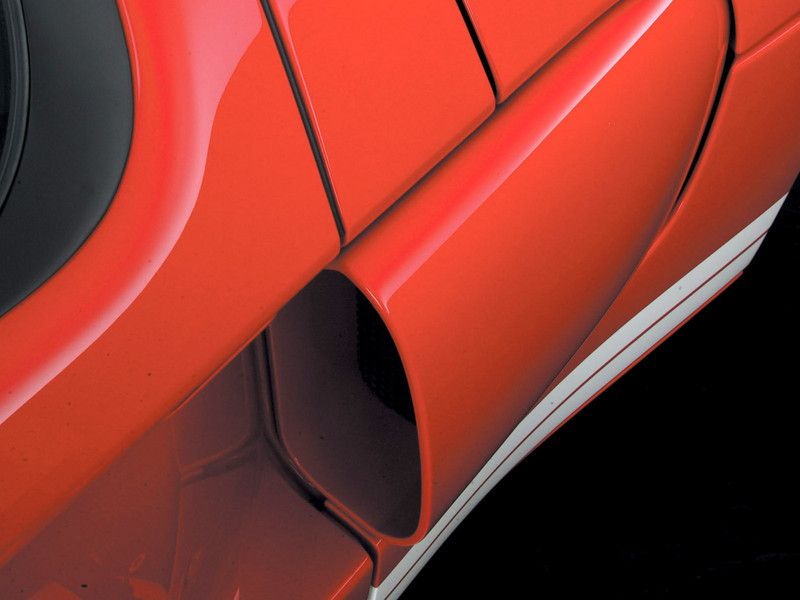
- Make: Array
- Model: 2002 Ford GT40
- Horsepower: 500@5250
- Torque: 3250
- Transmission: 6-Speed Manual
To ensure that the vehicle’s mechanicals met with the expectations that would be required of a vehicle bearing the GT40 name, Ford turned to Special Vehicle Team Engineering. SVT engineering chief John Coletti and vehicle engineering manager Fred Goodnow led the project from its inception.
"Ford GT40 is the ultimate Living Legend," explains J Mays, Ford vice president of Design. "It’s a true supercar with appeal equal to that of the greatest sports cars in the world, but with the addition of a heritage no one can match. Essential elements of the original – including the stunning low profile and mid-mounted American V-8 – continue in this latest interpretation of the classic."
Design
The Ford GT40 concept casts the familiar, sleek silhouette of its namesake, yet every dimension, every curve and every line on the car is a unique reinterpretation of the original. The GT40 features a long front overhang reminiscent of 1960s-era racecars. But its sweeping cowl, subtle accent lines and fiber-optic headlamps strike a distinctly contemporary pose.
The front fenders curve over 18-inch wheels and Goodyear white-lettered tires. In the tradition of championship racers, the doors cut into the roof. Prominent on the leading edge of the rear quarter panel are functional cooling scoops that channel fresh air to the engine. The rear wheel wells, filled with 19-inch Goodyear tires, define the rear of the car, while the accent line from the front cowl rejoins and finishes the car’s profile at the integrated "ducktail" spoiler.
The interior design incorporates the novel "ventilated seats" and instrument layout of the original car, with straightforward analog gauges and large tachometer. Modern versions of the original car’s toggle switches operate key systems.
"Like its namesake, the GT40 concept is not over-wrought with advanced technologies," Mays says. "While it represents the best of Ford design, engineering and expertise, it is a no-frills machine. You won't find voice-activated telematics here – not even power windows – just pure, refined performance."
Looking in through the backlight, one finds the essence of the sports car in the MOD 5.4-liter V-8 engine and its complex array of polished stainless-steel header pipes, braided stainless steel fuel lines with anodized aluminum fittings and supercharger with intercooler.
All-new Aluminum Chassis
Rather than modifying an existing platform for the GT40 concept, SVT chassis engineers created an all-new aluminum spaceframe. Constructed of extruded sections and aluminum panels, the spaceframe provides a rigid foundation for the engine and driveline while permitting the use of the specially fabricated composite body panels. The spaceframe consists of a central cabin section, a front suspension sub-section, and a rear powertrain-chassis cradle, bolted together for rigidity.
While the original GT40s owed their chassis stiffness to a pair of beefy sills that doubled as fuel reservoirs, the new concept relies on a single center tunnel for its backbone. While greatly improving entry and exit, it has the added benefit of providing a structurally secure location for the fuel supply.
The concept's suspension has been fabricated almost entirely from scratch. The layout, front and rear, uses unequal-length control arms and a push-rod/bell-crank system to interface with the horizontally mounted spring-damper units. Mounting the spring-damper units horizontally allowed the designers to achieve the characteristic low-slung GT40 profile.
At the wheels, engineers chose Alcon 6-piston monoblock calipers and dinner-plate-sized cross-drilled discs for excellent stopping power from high speeds.
The wheels themselves – 18 inches at the front and 19 inches at the rear – were custom-fabricated for the concept car and are wrapped by substantial Goodyear raised-white-letter tires. In an age when concept car tires have been likened to giant black rubber bands, the GT40 concept is proud to have a relatively tall 45-series sidewall, a throwback to the original car.
Supercharged MOD 5.4L V-8
More than three decades ago, when the European competition was busy building complicated, high-strung V-12s, Ford proved that a simpler, more traditional V-8 approach could provide competitive power, a tremendous torque advantage, and the reliability needed for endurance racing.
Today’s MOD 5.4-liter V-8 builds on that heritage. In this application, the largest V-8 in Ford's modular engine family produces 500 horsepower at 5250 rpm and 500 foot-pounds of torque at 3250 rpm. Both figures are comparable to those of the 7-liter engine that won the 24 Hours of Le Mans in 1966 and 1967.
"The Ford MOD engines are great performance engines that allow so much versatility for us as engineers and for our customers who love to modify their cars," says Coletti. "This application really demonstrates its awesome potential."
The all-aluminum MOD V-8 has been fitted with high-flow, four-valve cylinder heads and dual overhead camshafts. To bear the stresses necessary to produce 500 horsepower, Coletti used a forged steel crankshaft, shot-peened H-beam connecting rods from Manley, and forged aluminum pistons from Karl Schmidt Unisia. The engine uses a modified Roots-type supercharger from Eaton with an intercooled intake.
Behind the 9-inch heavy-duty McLeod clutch, the SVT team installed a special transaxle to accommodate the mid-engine layout. Sourced from RBT, the close-ratio six-speed uses internal components from transmission manufacturer ZF. It is fully synchronized and features an integral limited-slip differential.
What’s Next for GT40?
The Ford GT40 concept was created to foretell and test the future of exciting Ford cars to come. As with other Living Legends concepts – including the 1999 Thunderbird concept and Forty-Nine concept – the GT40 was engineered from the beginning for production feasibility. Ford’s SVT Engineering – which also created performance versions of the Focus, Mustang Cobra and F-Series Lightning – developed the chassis and powertrain. SVT Engineering worked closely with Living Legends designers to ensure the concept would live up to its performance heritage.

